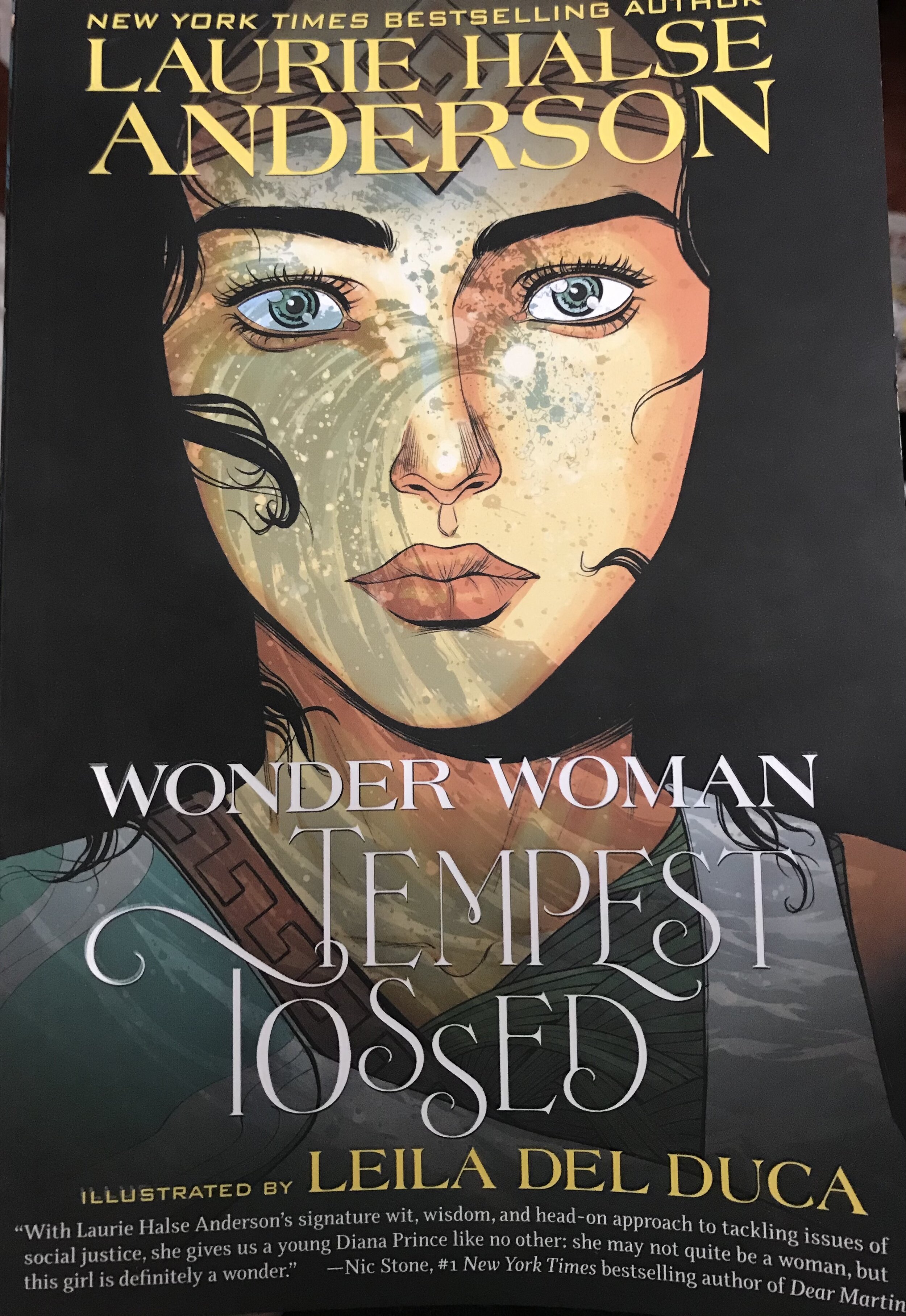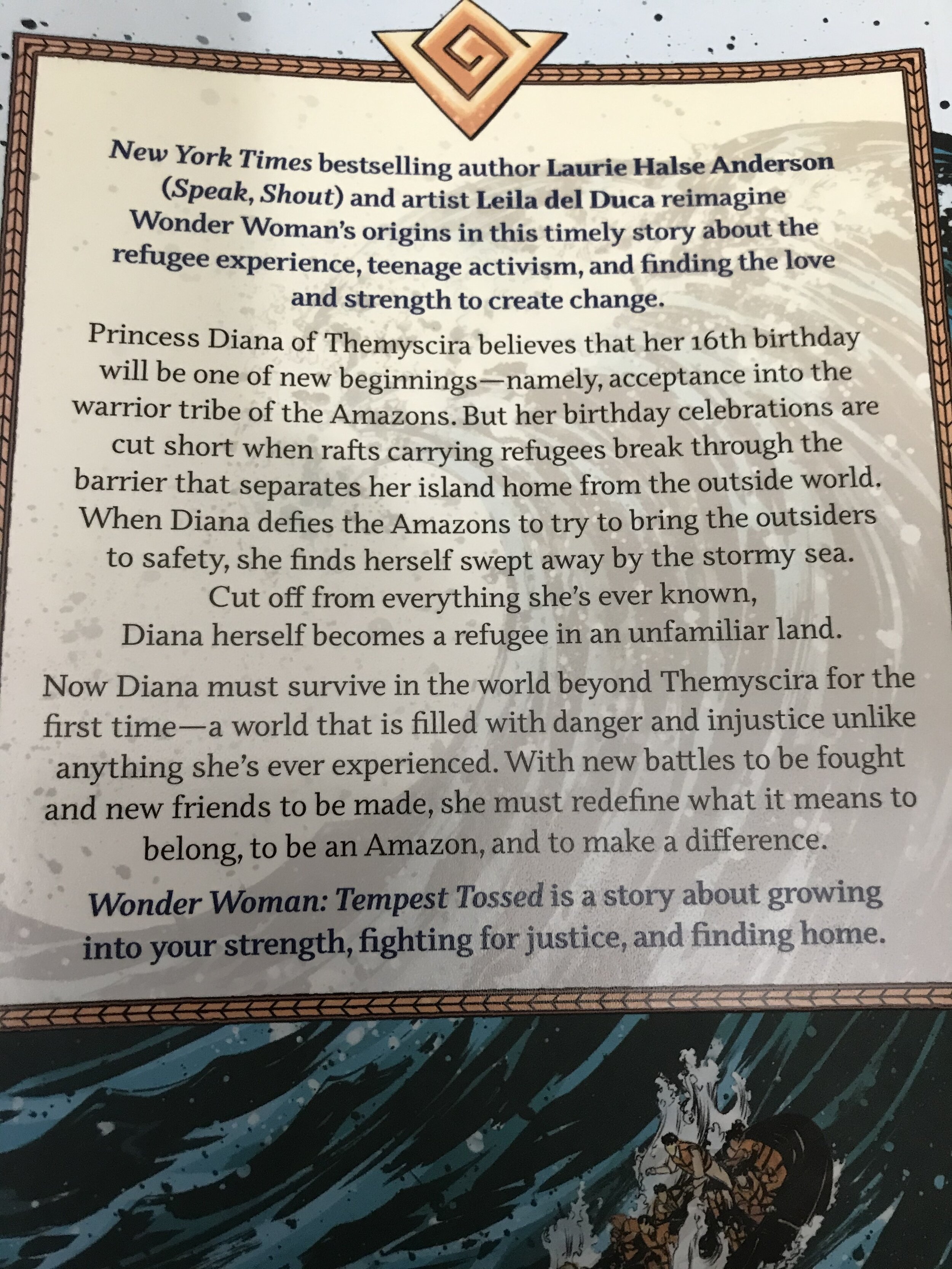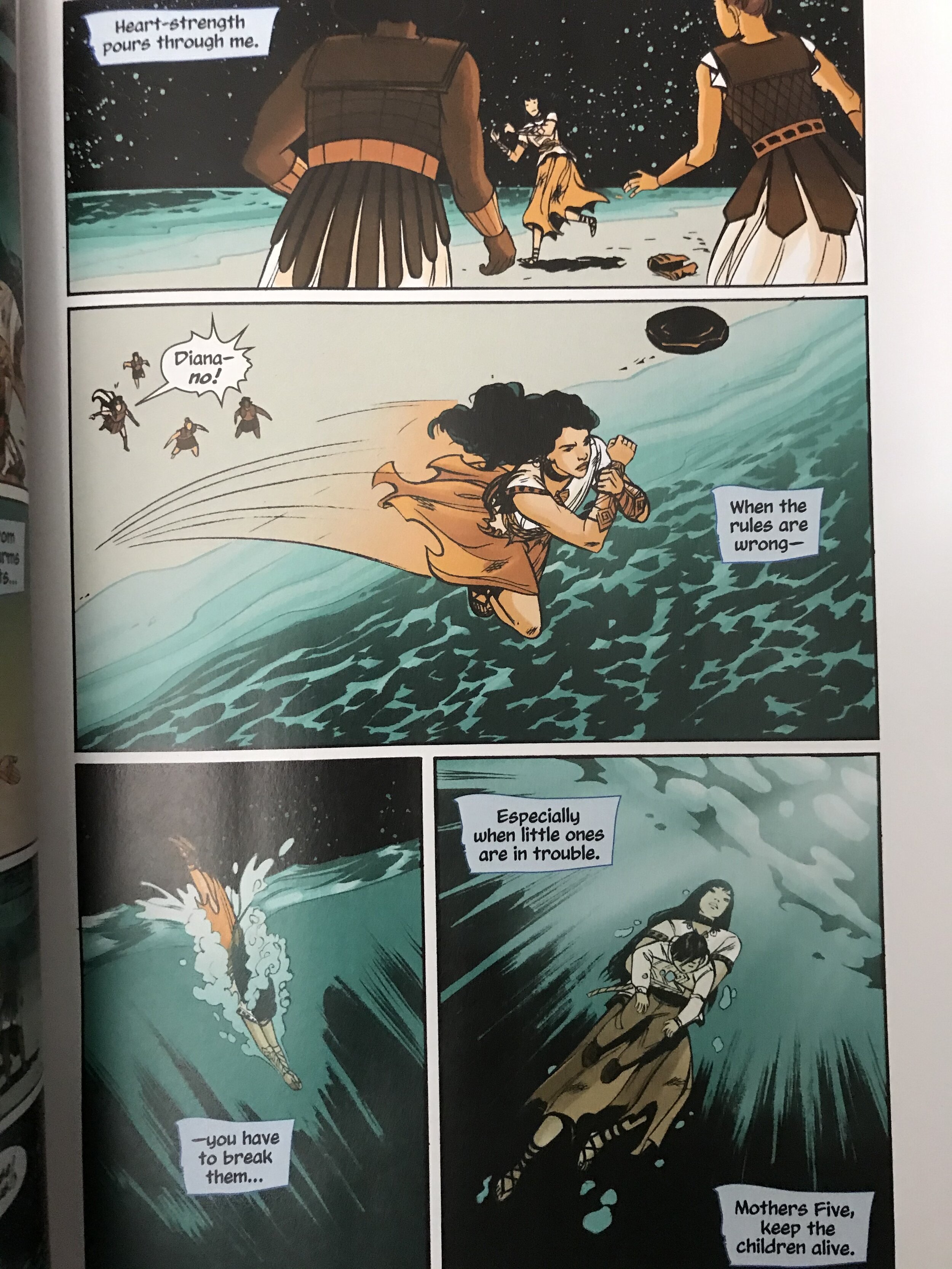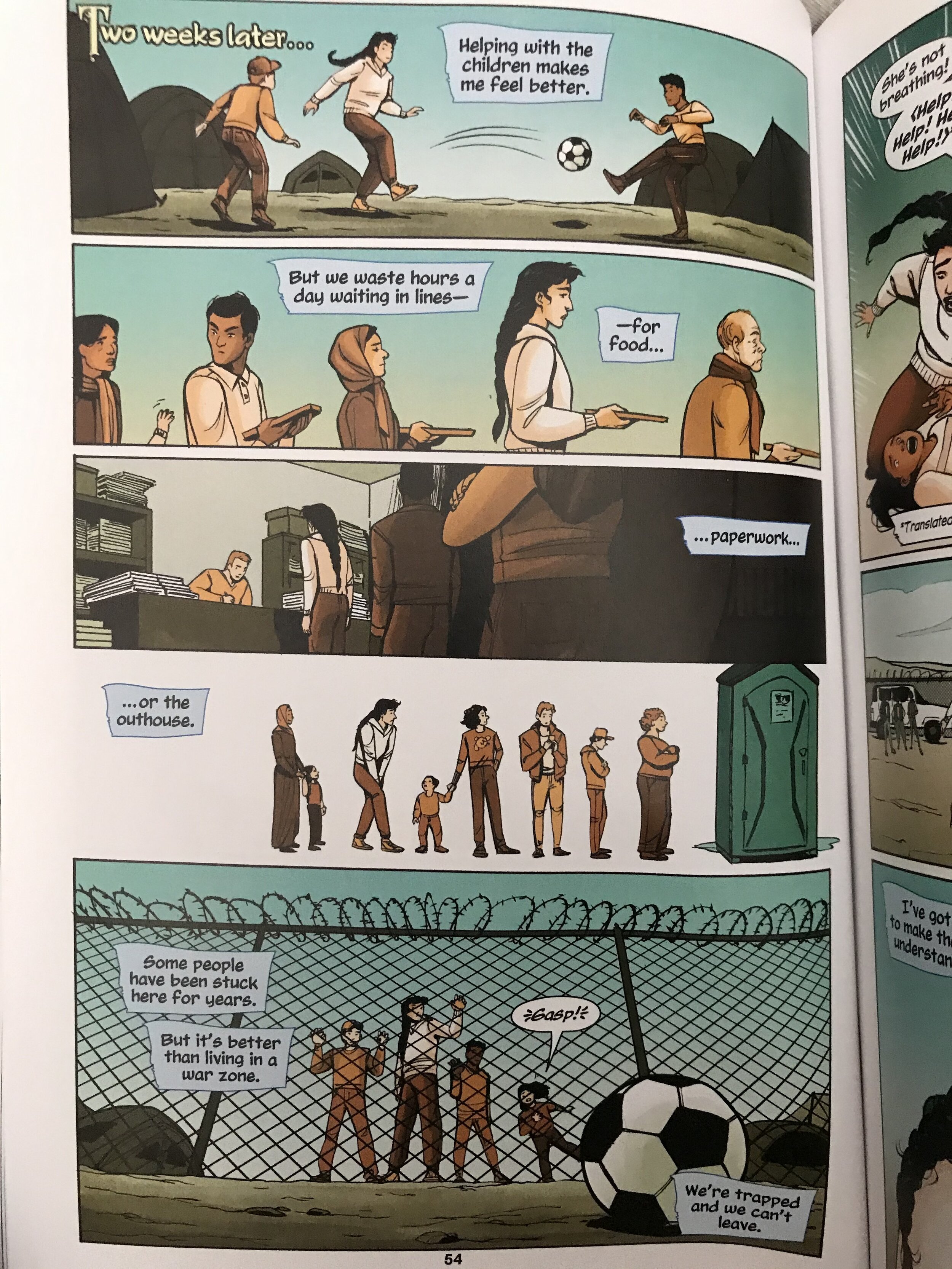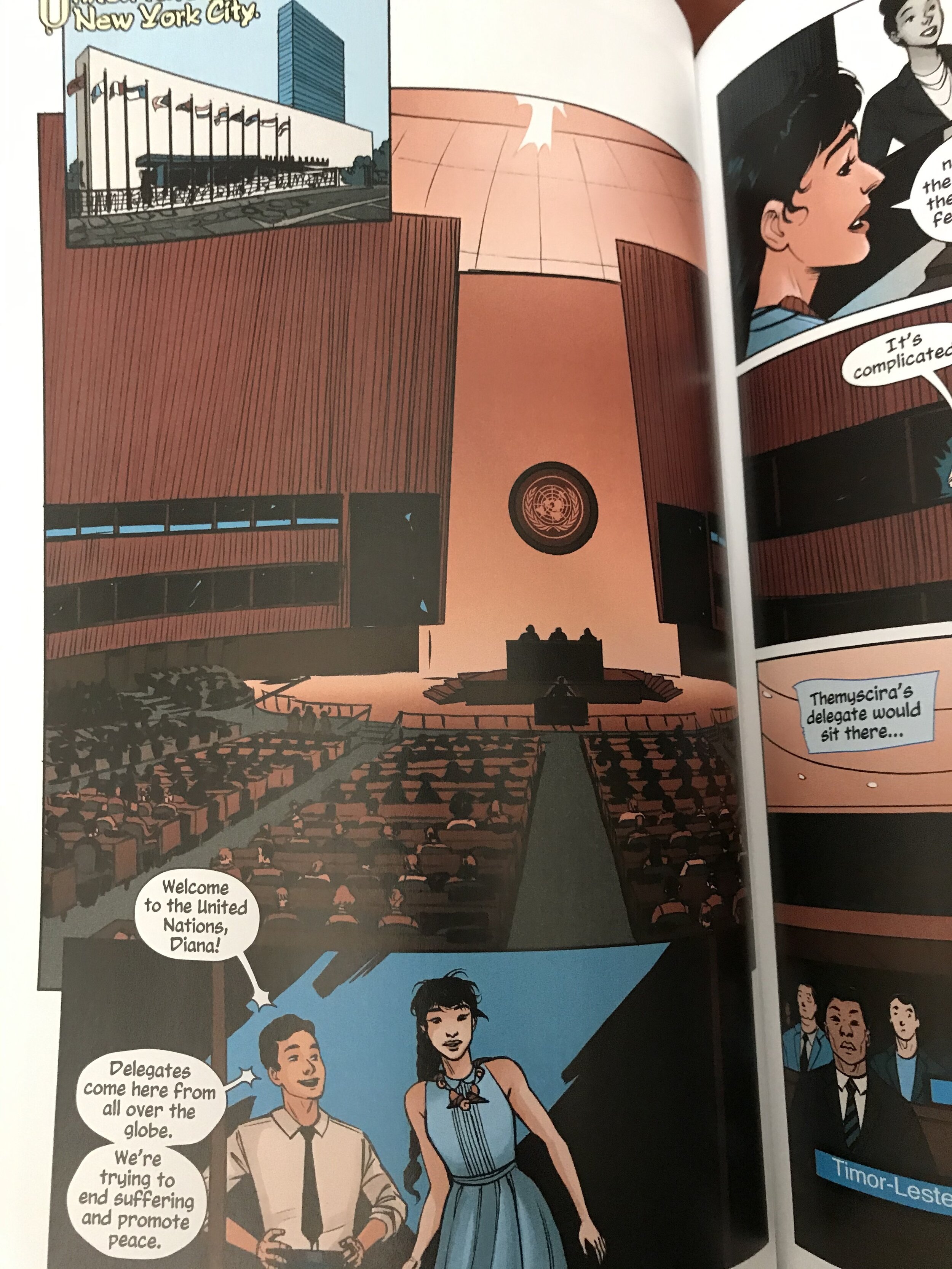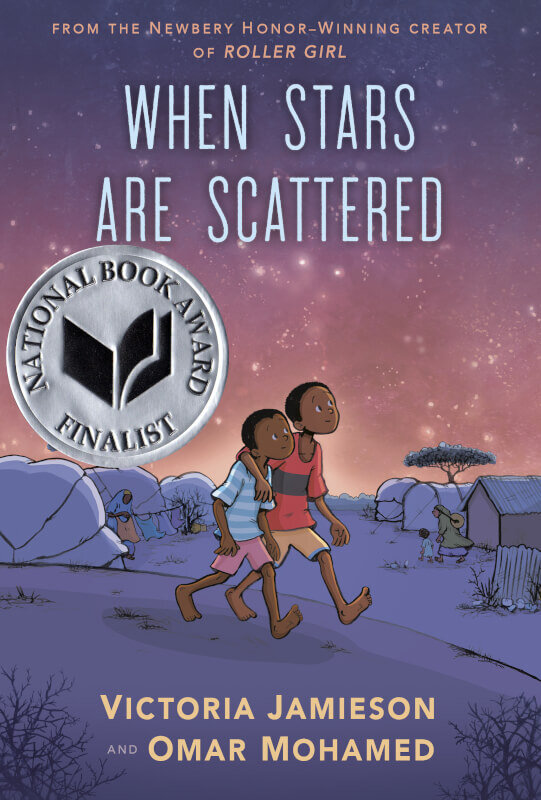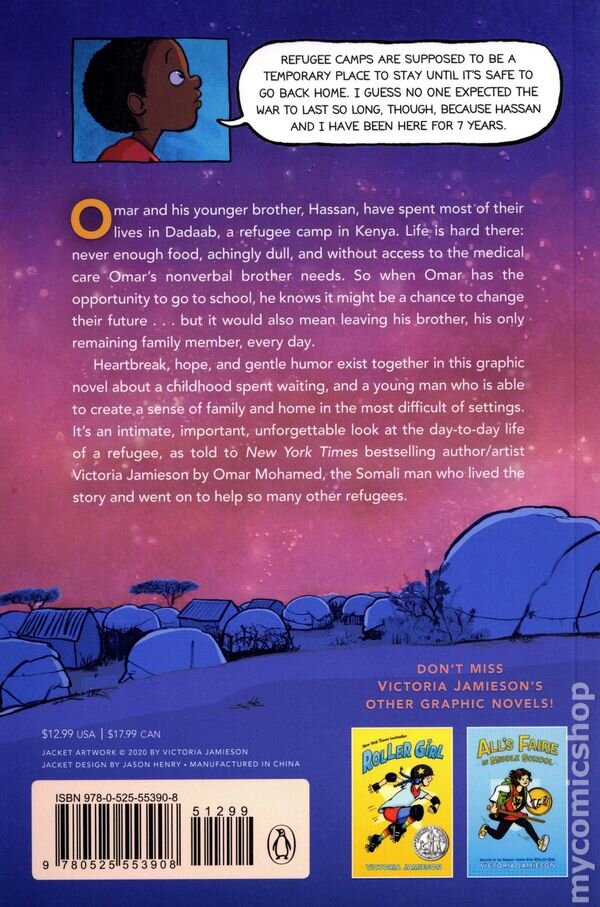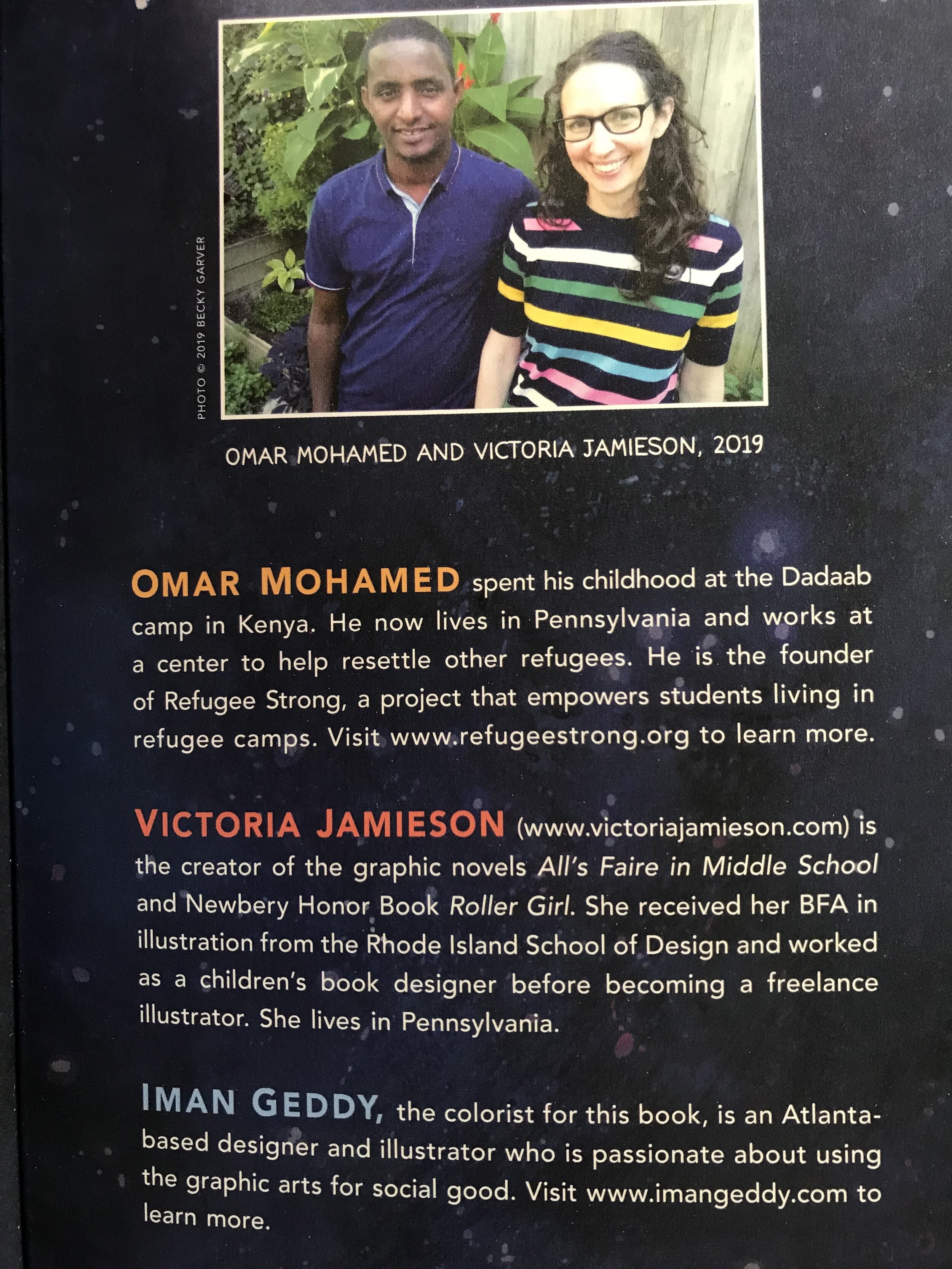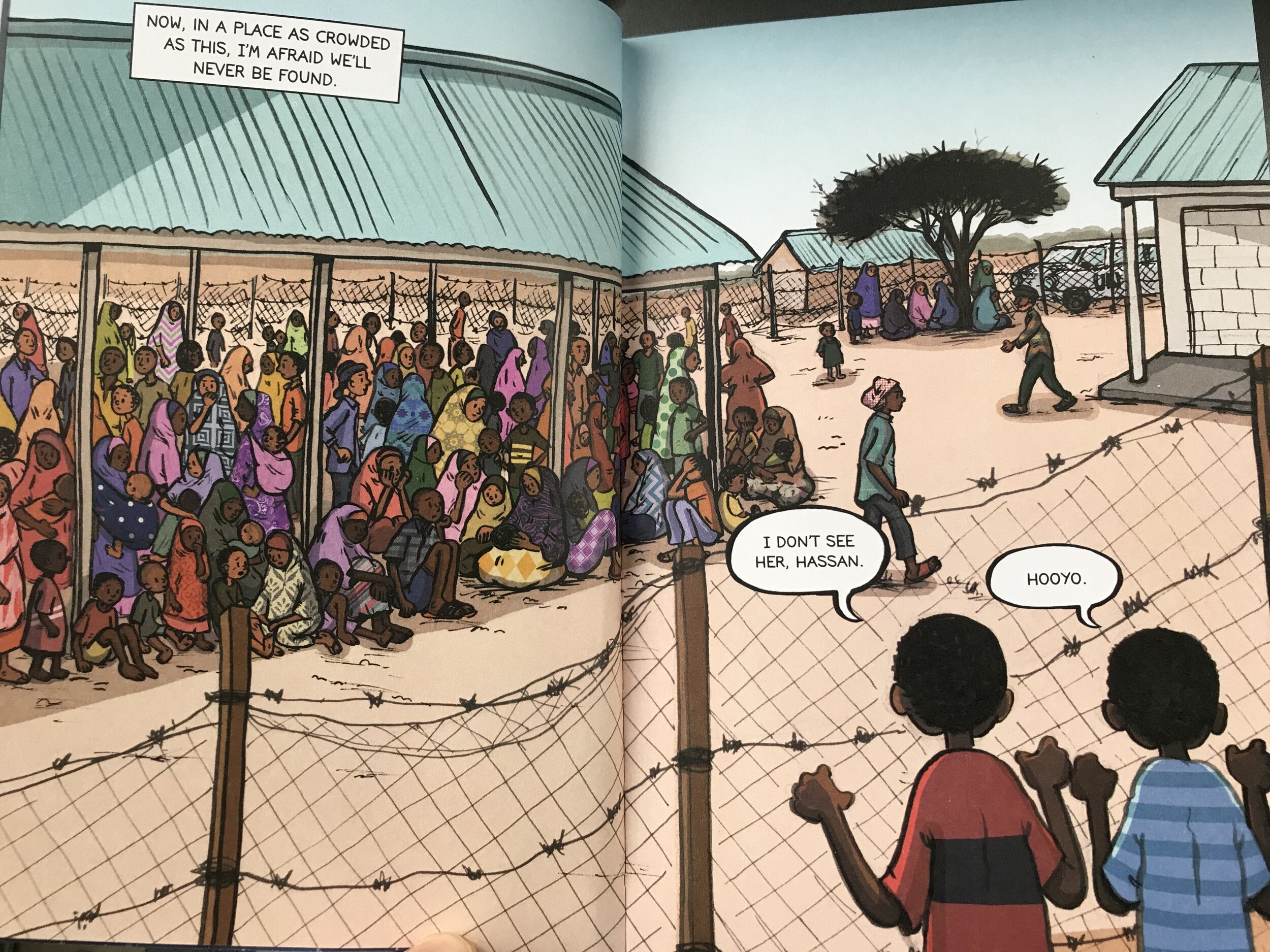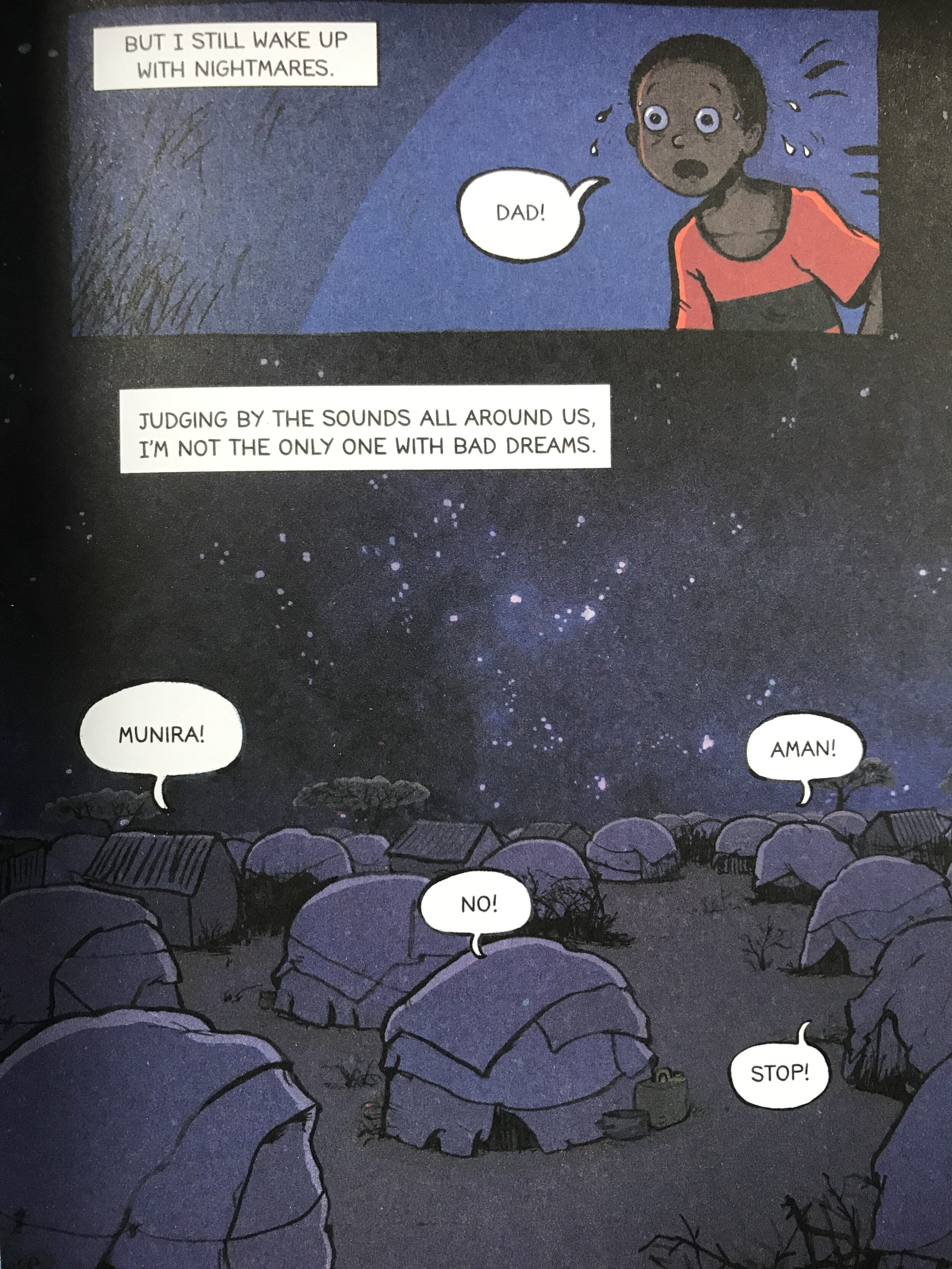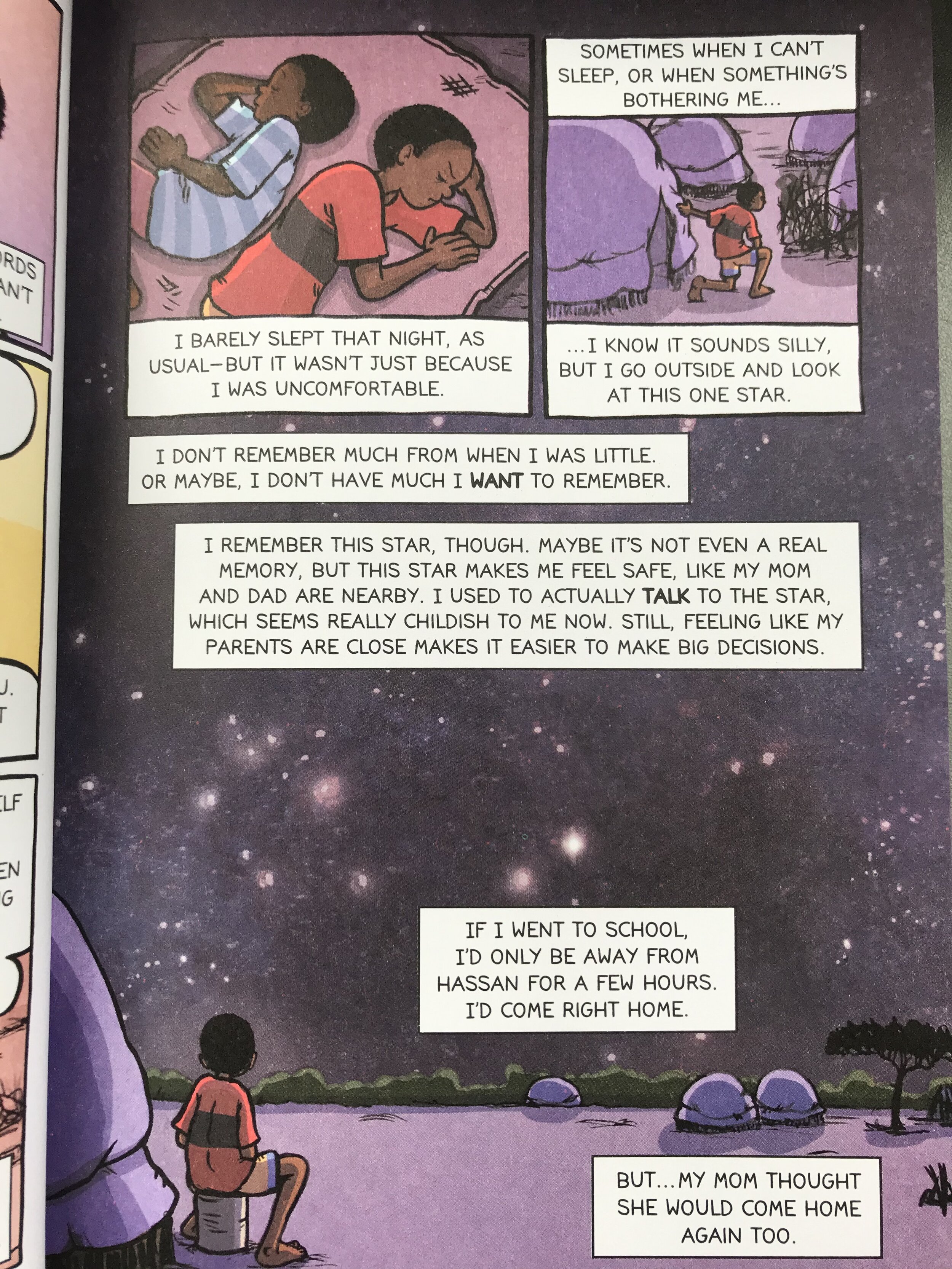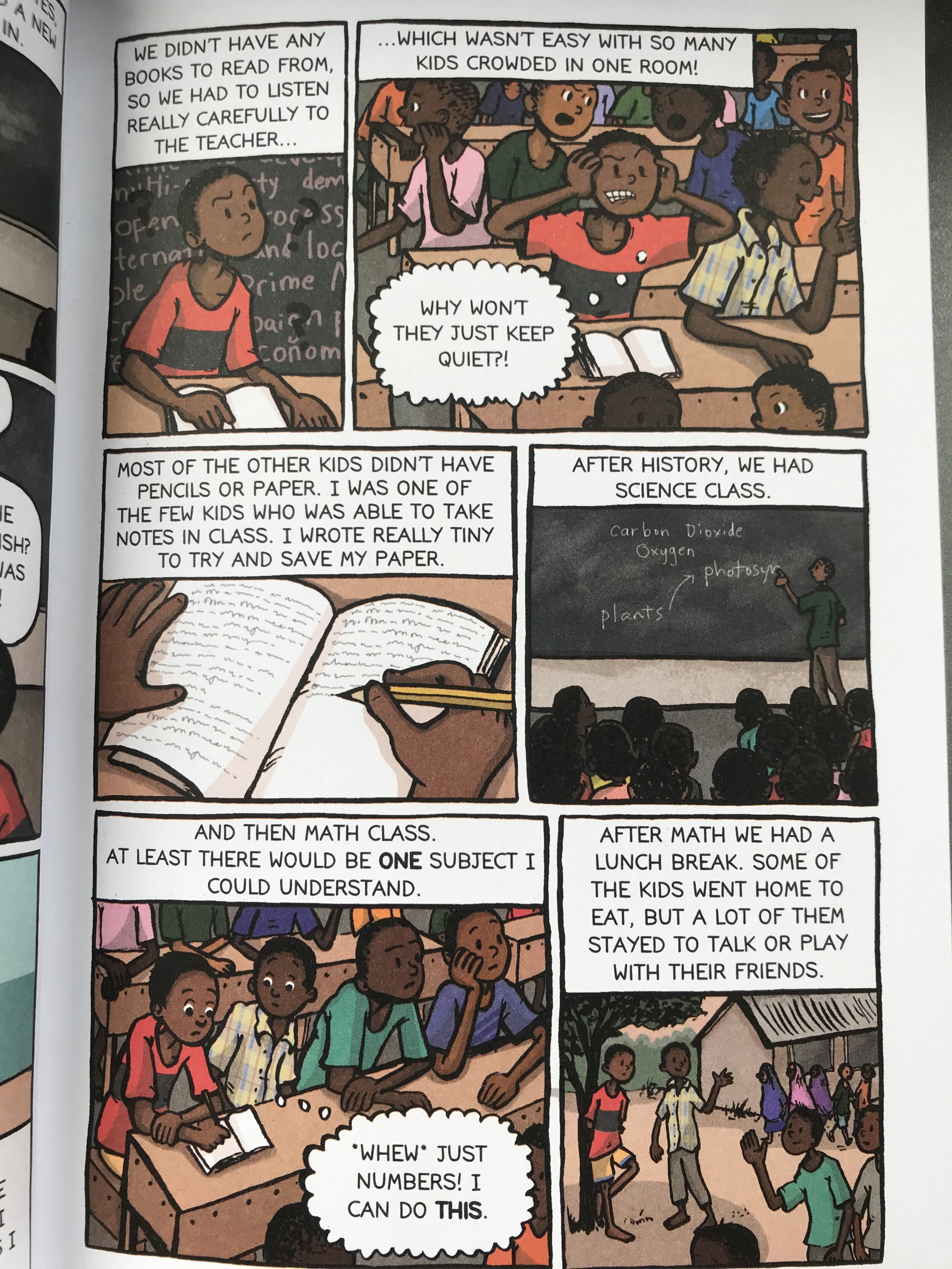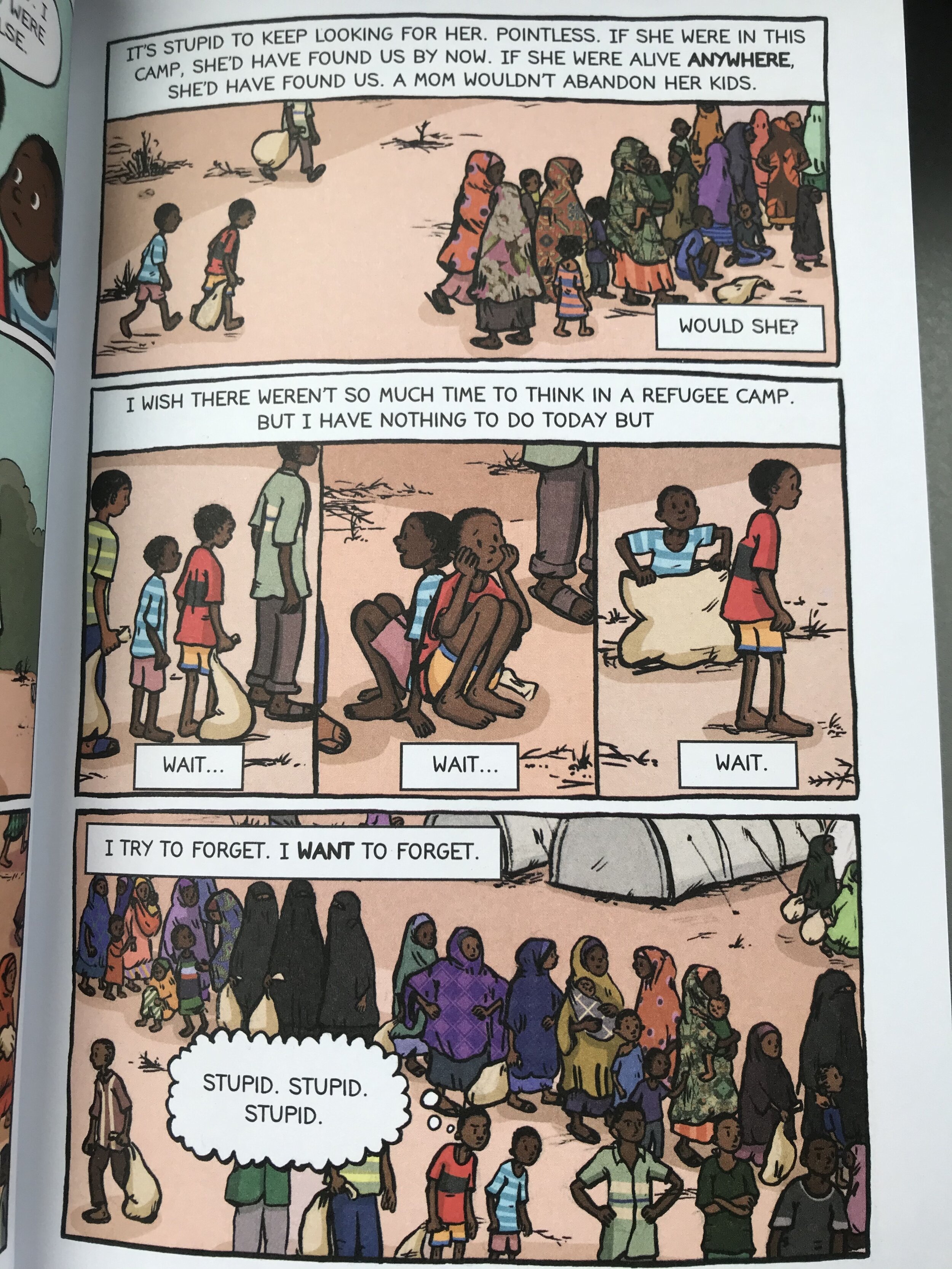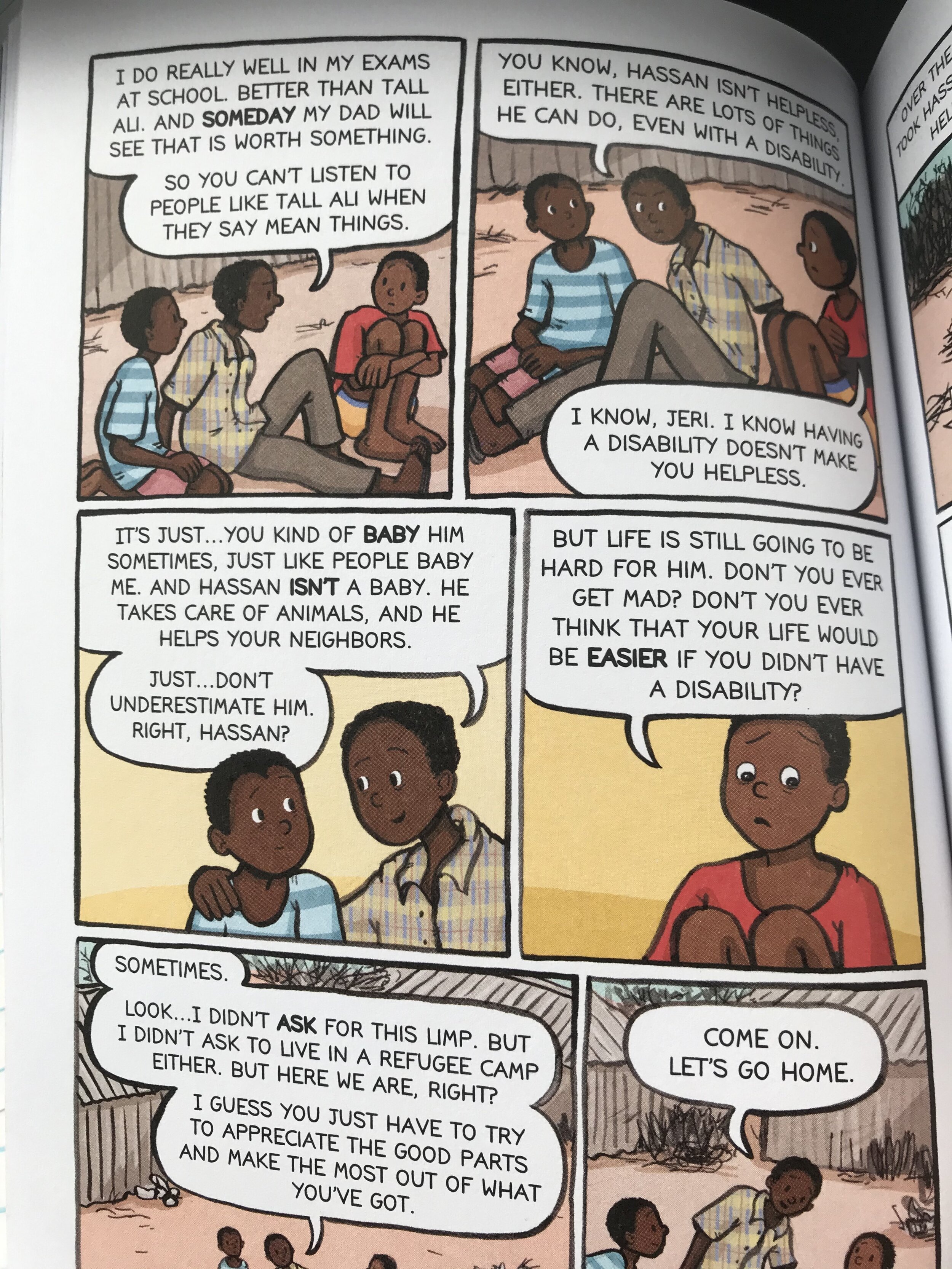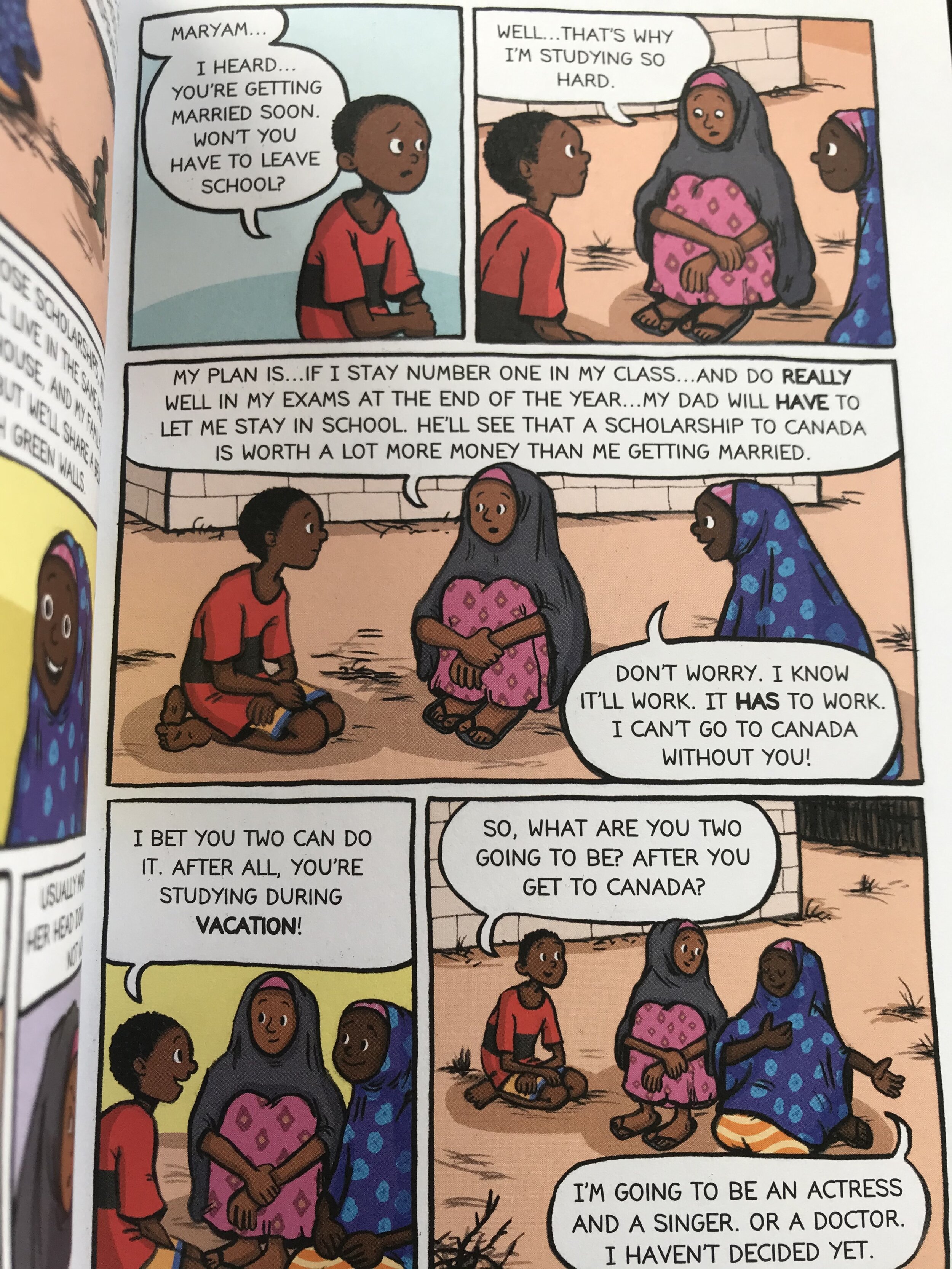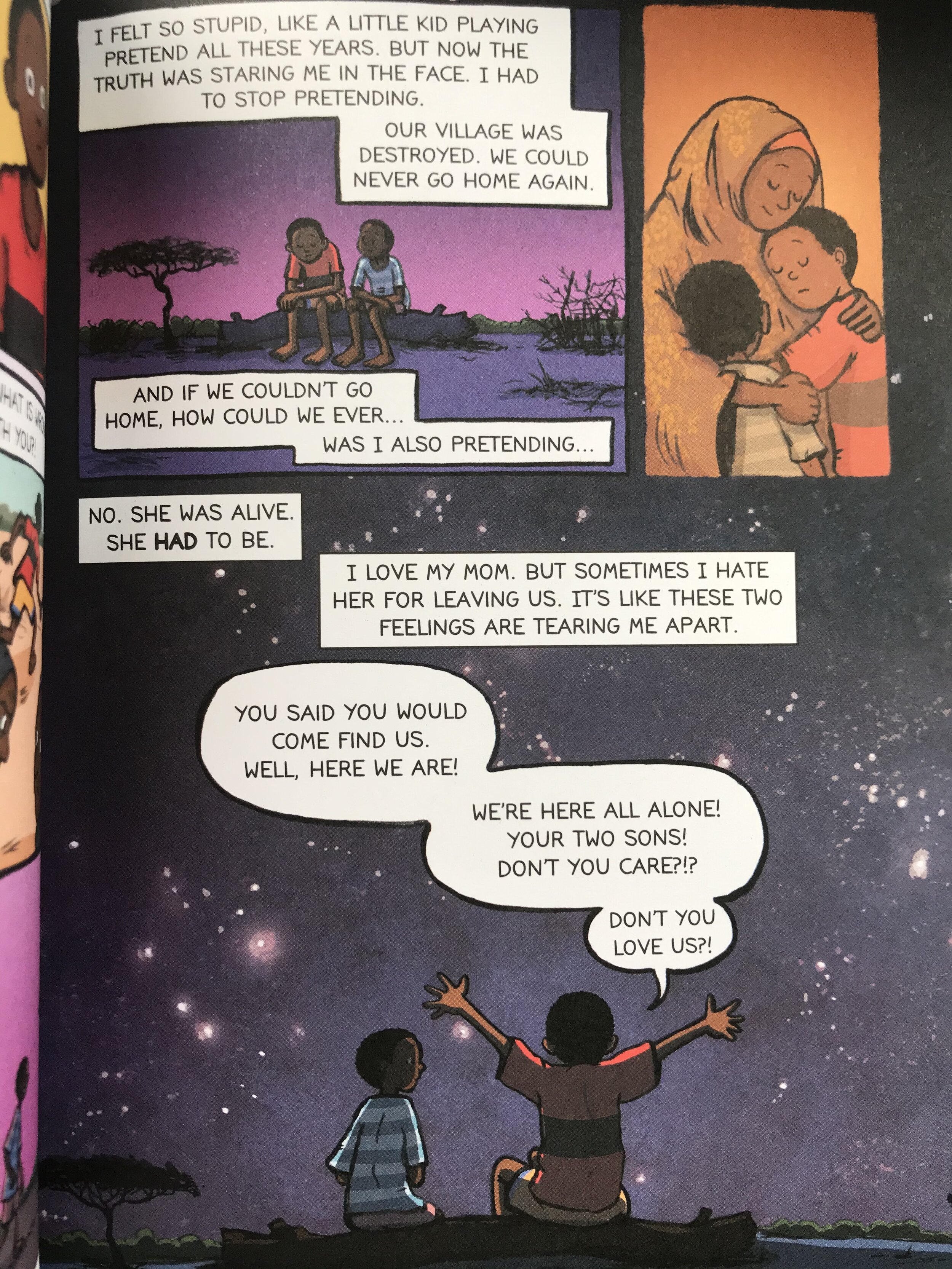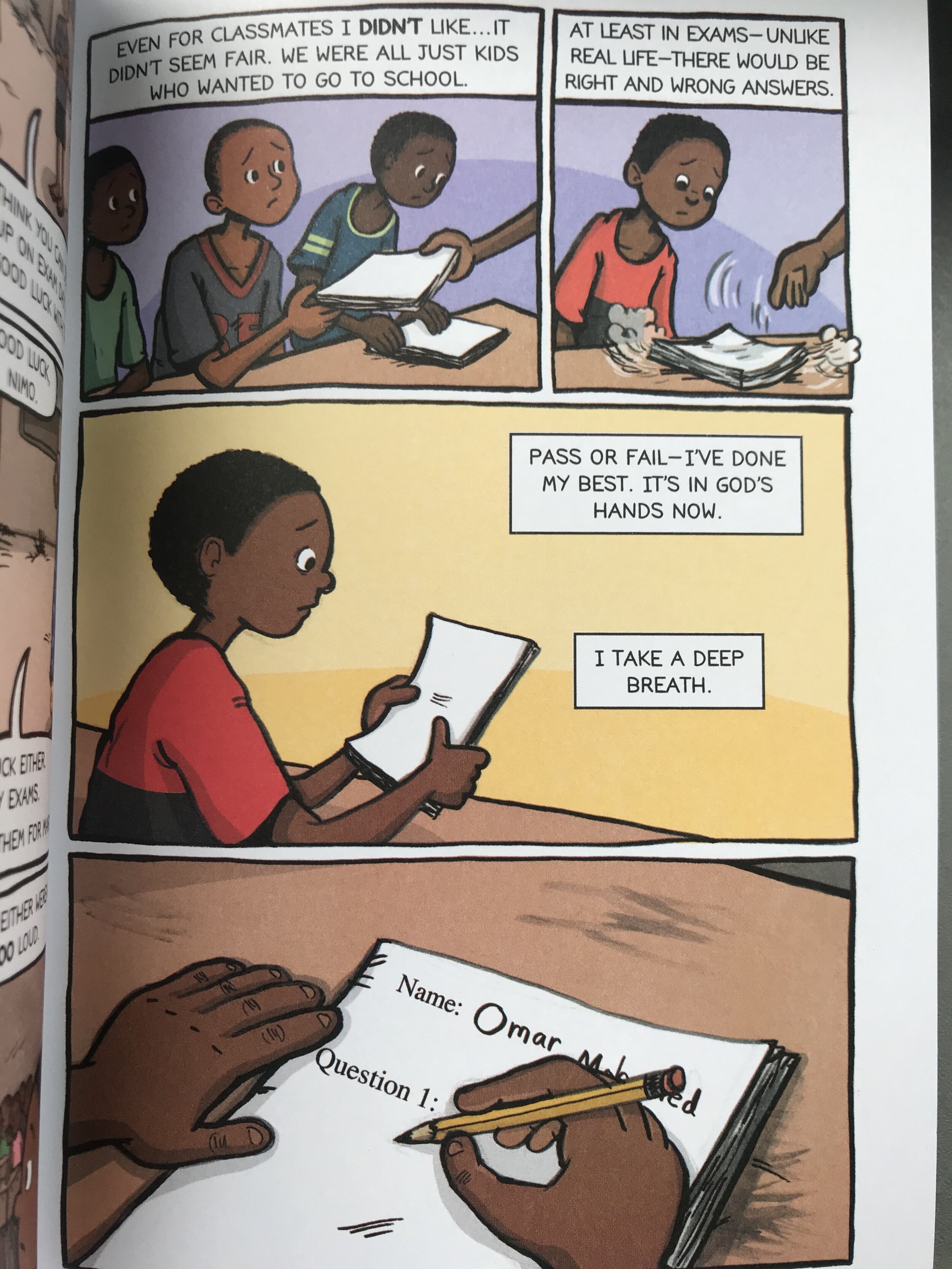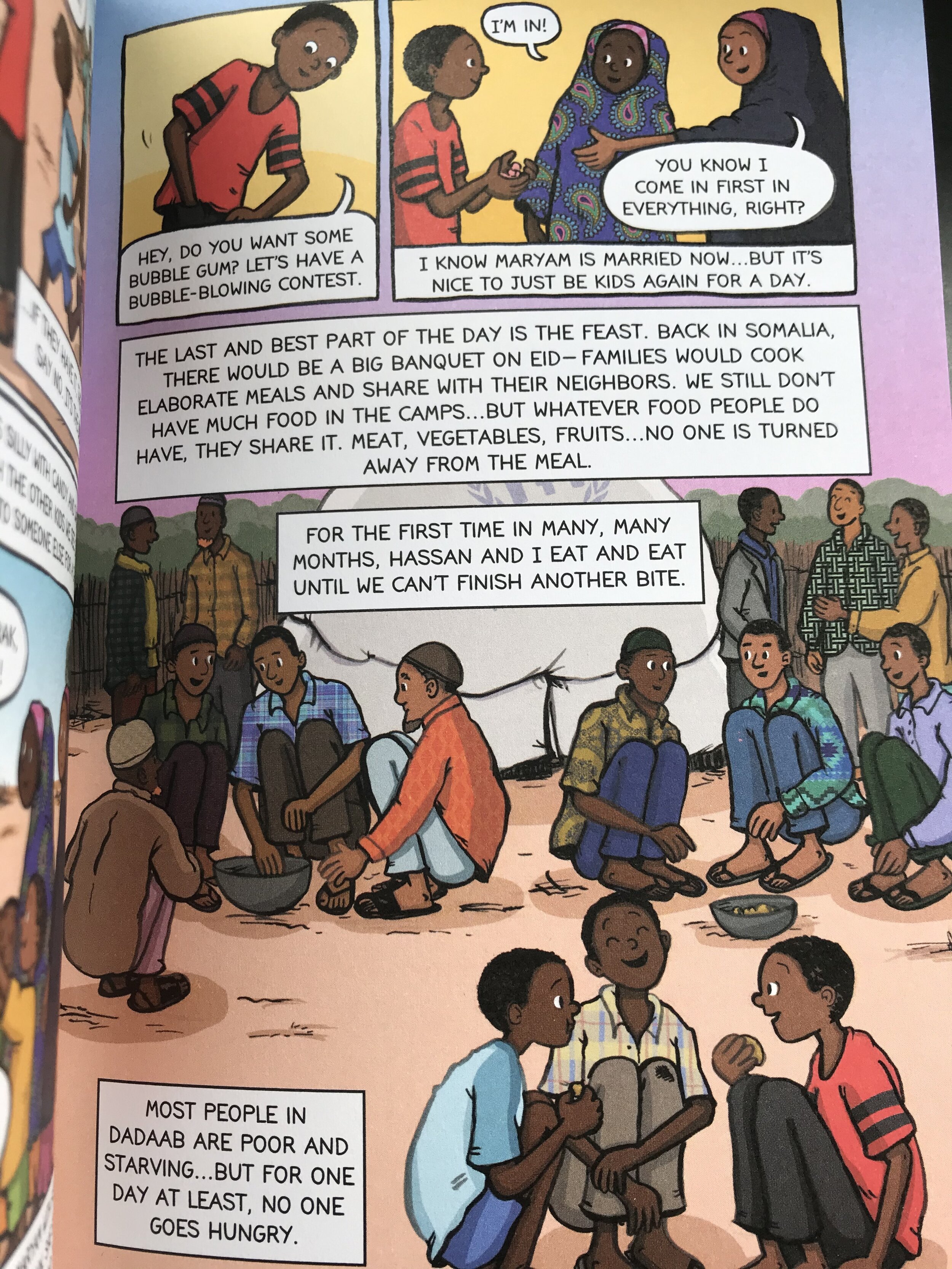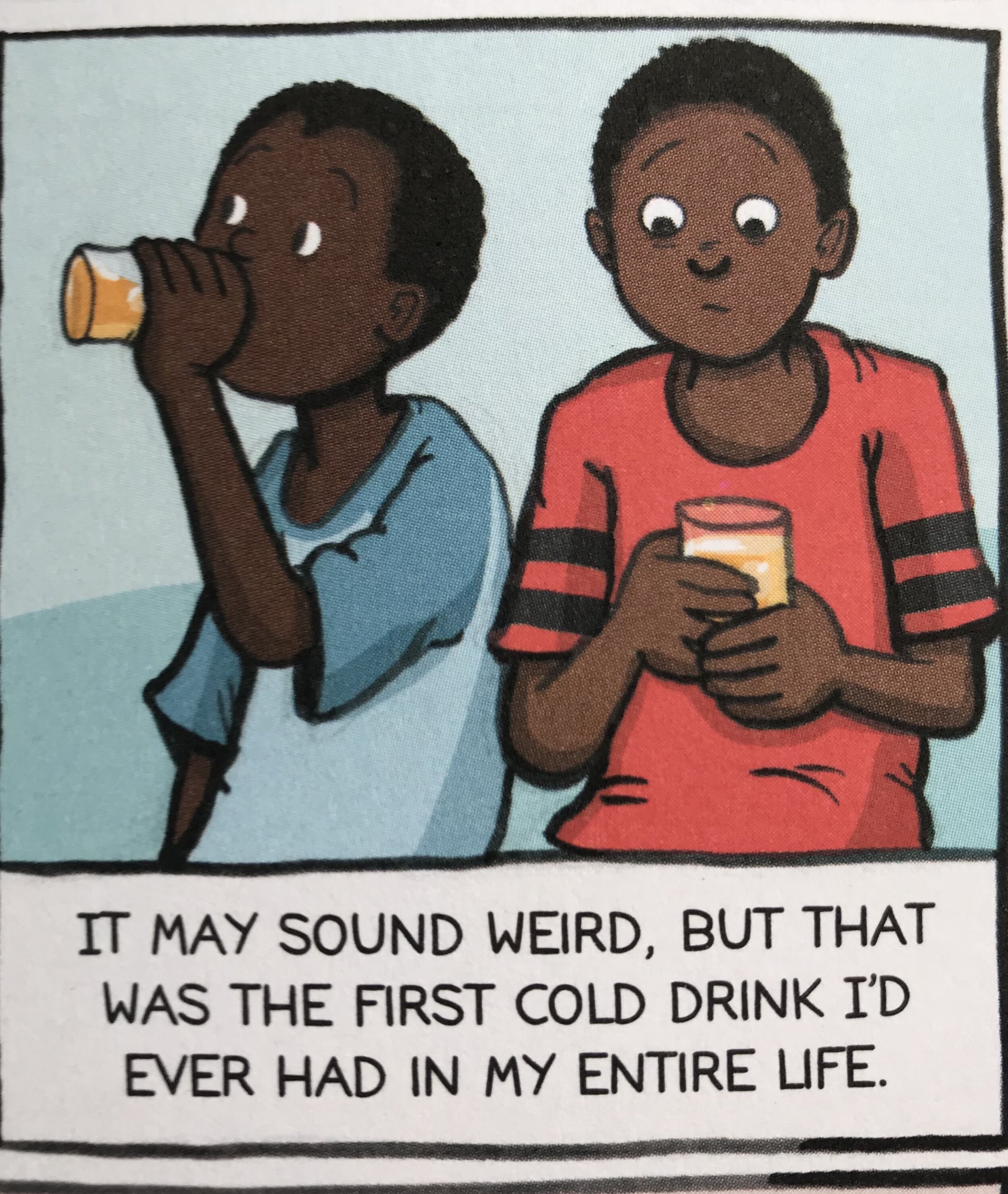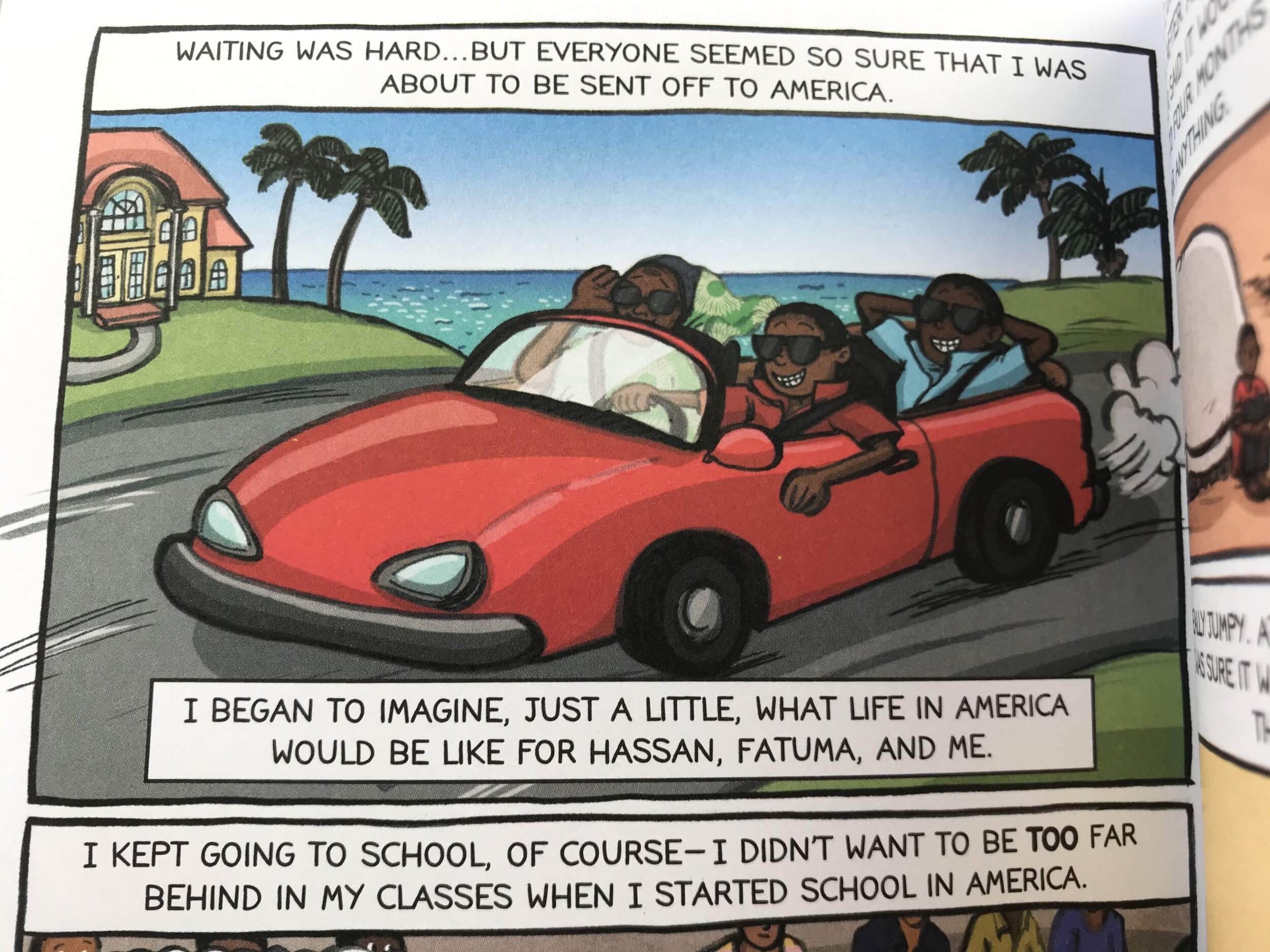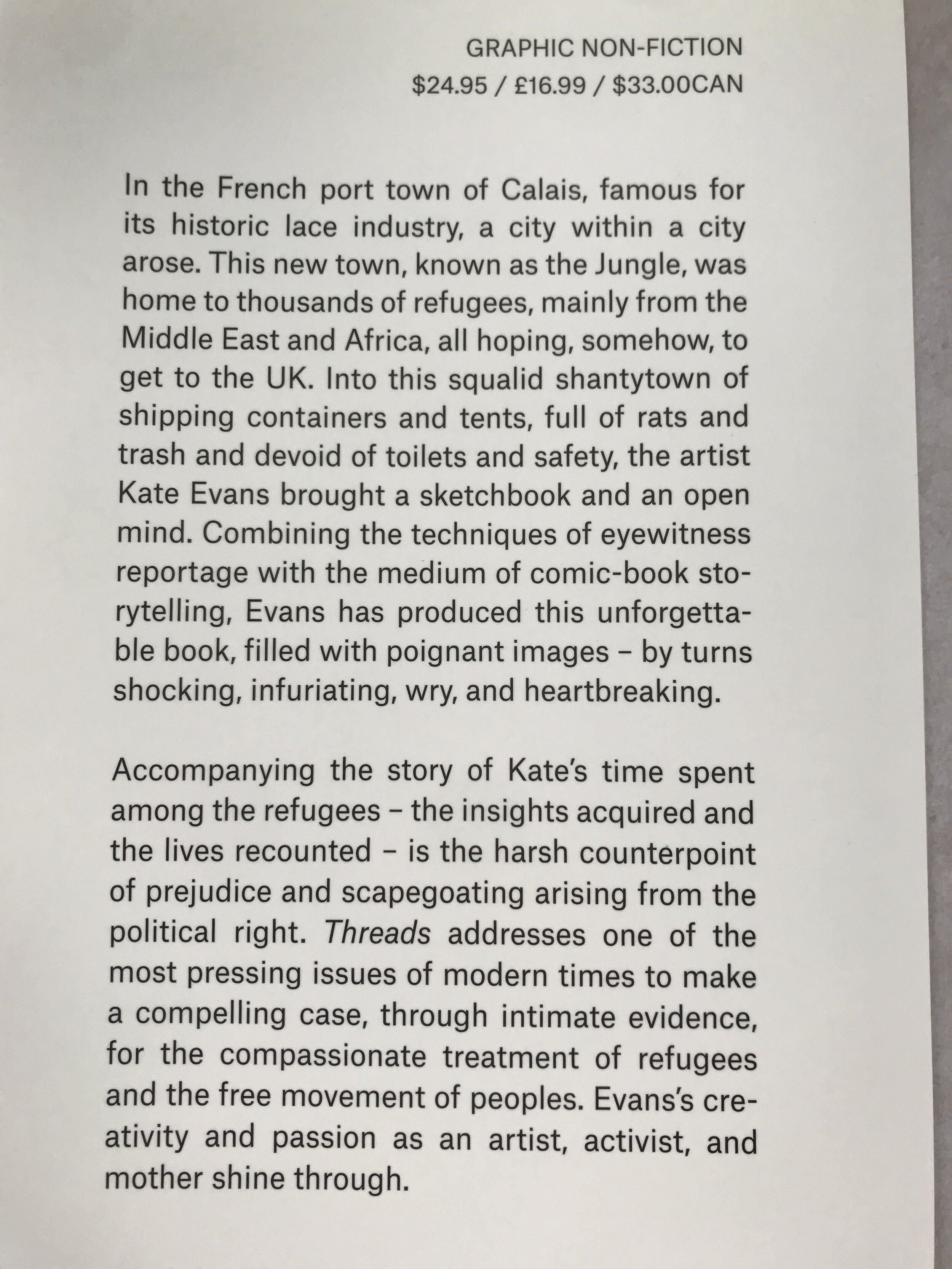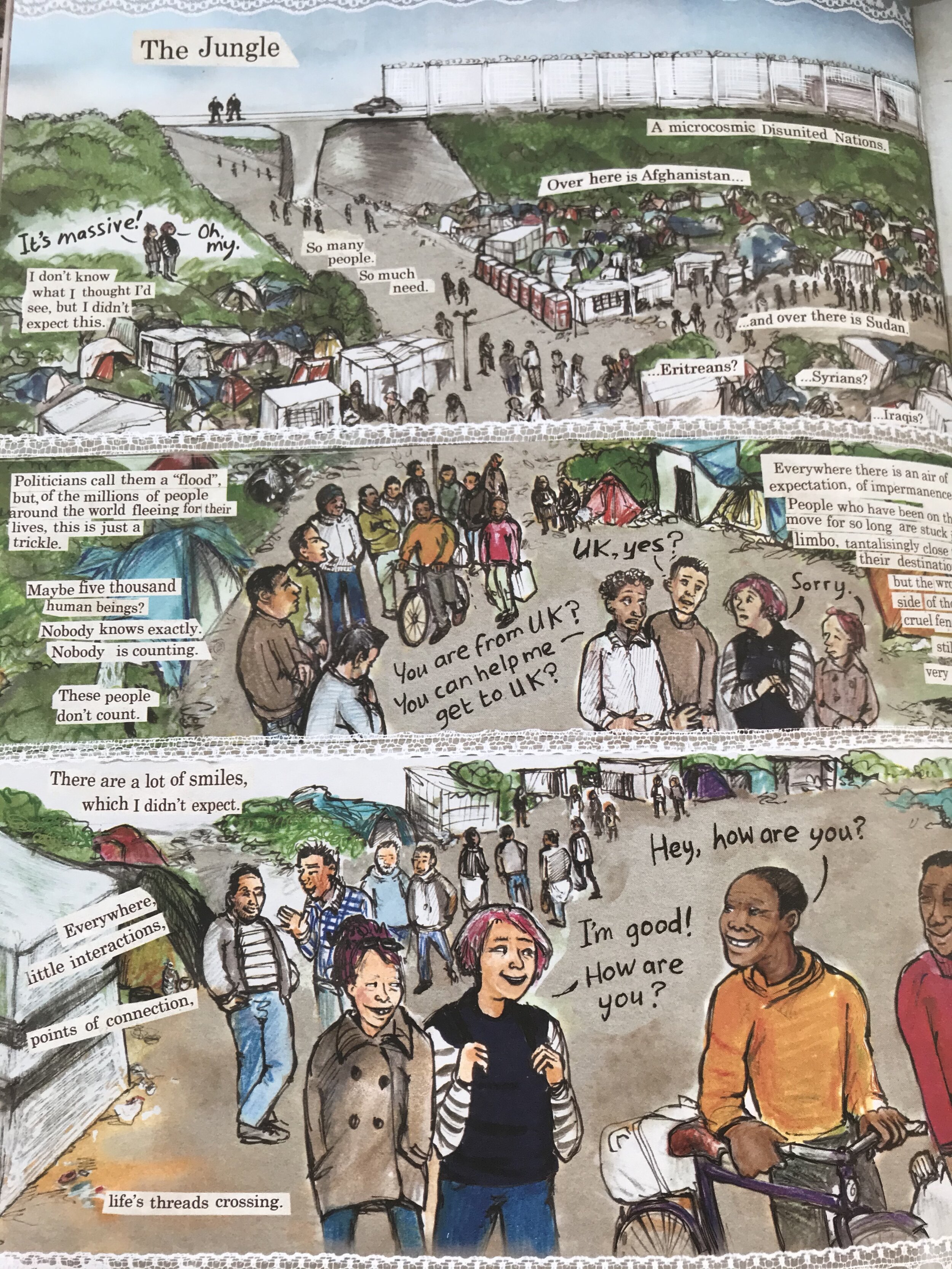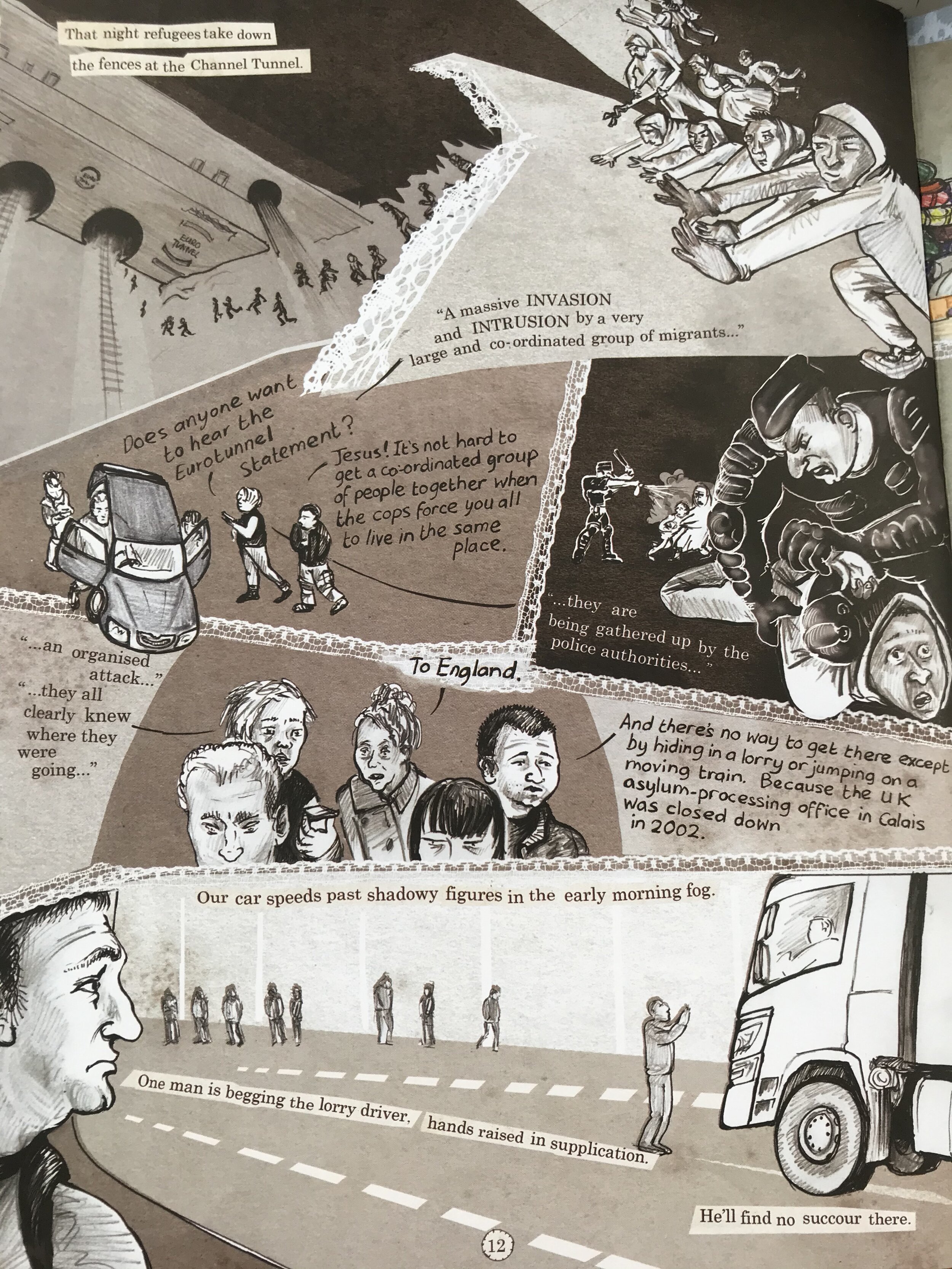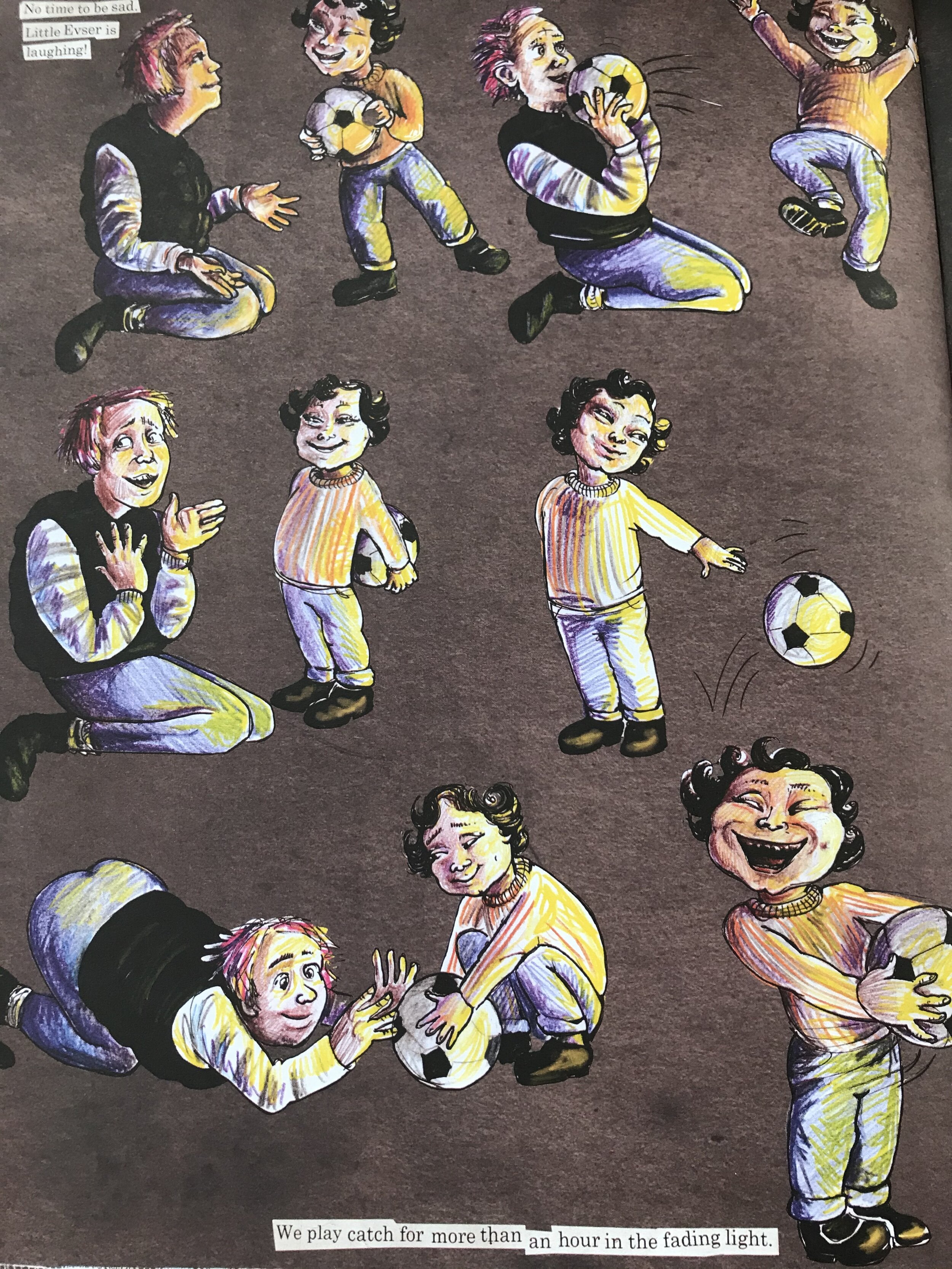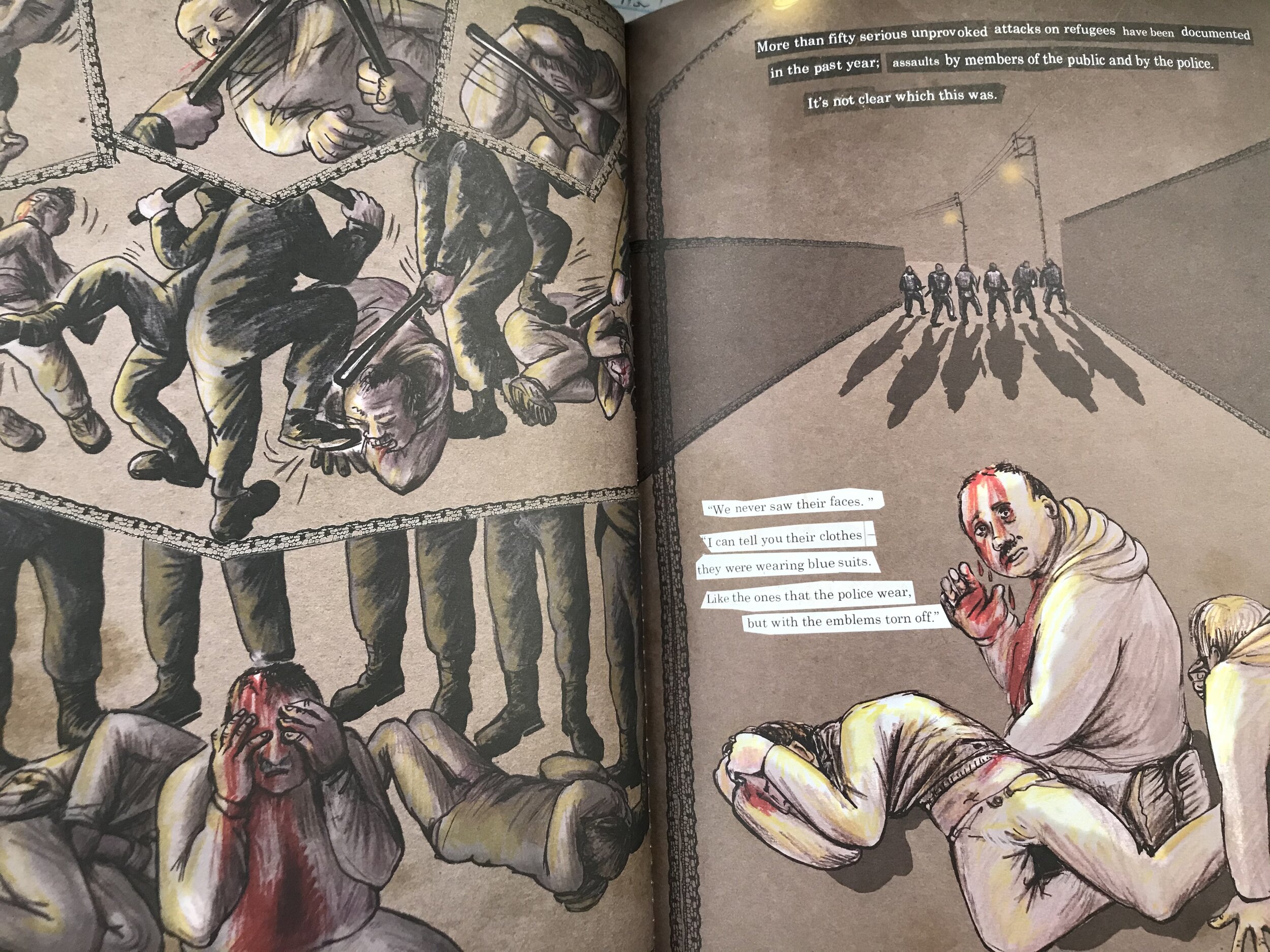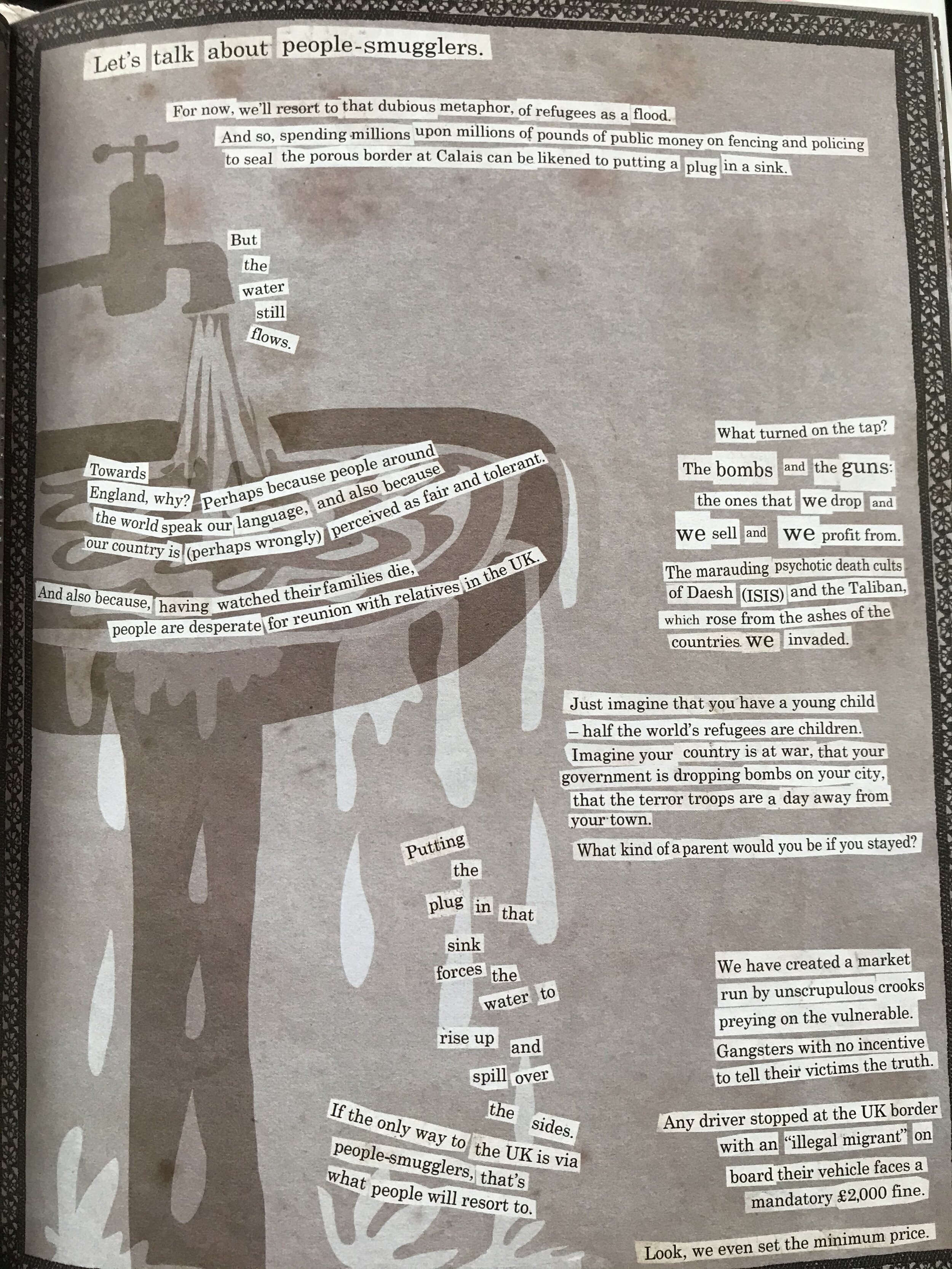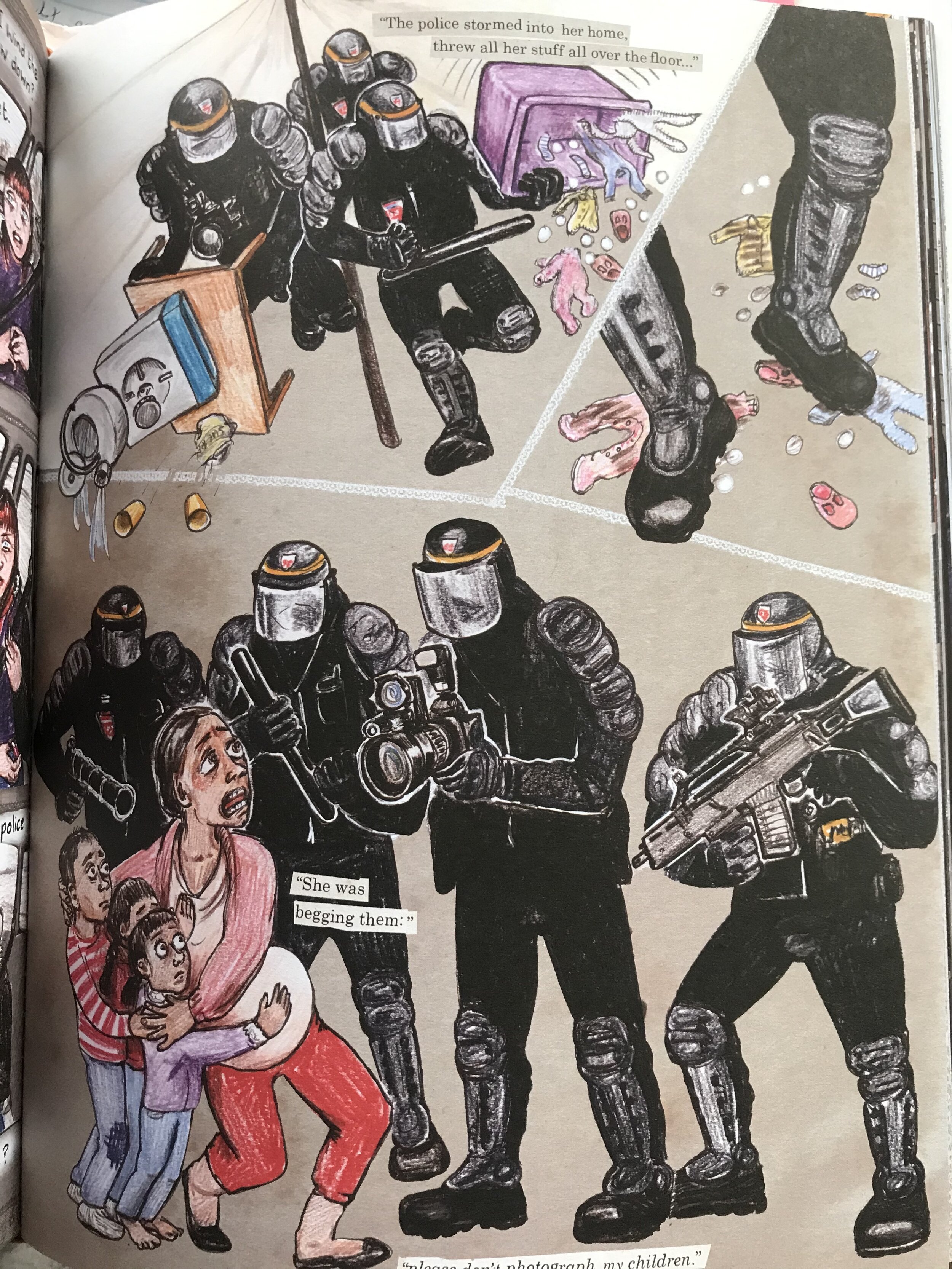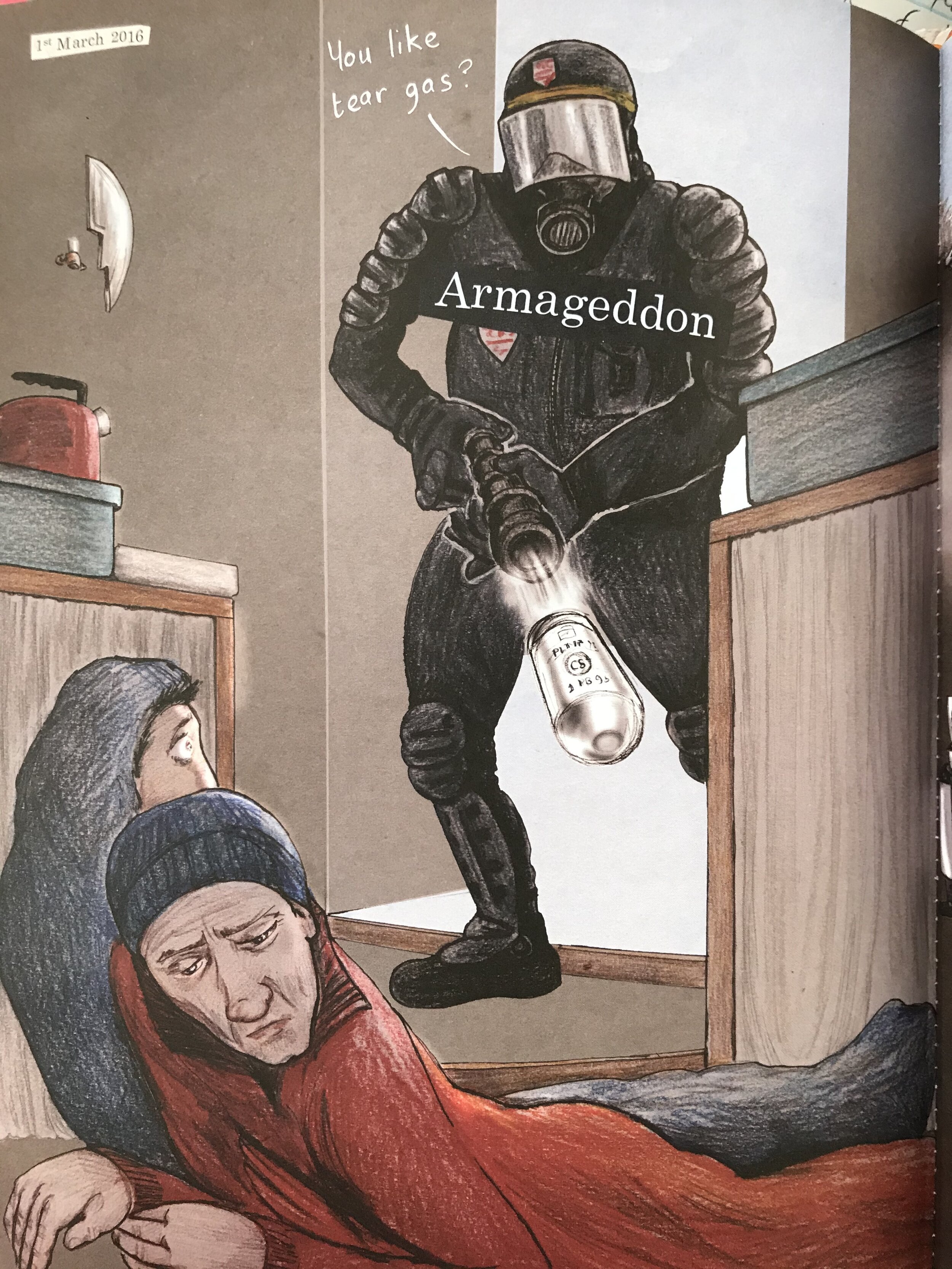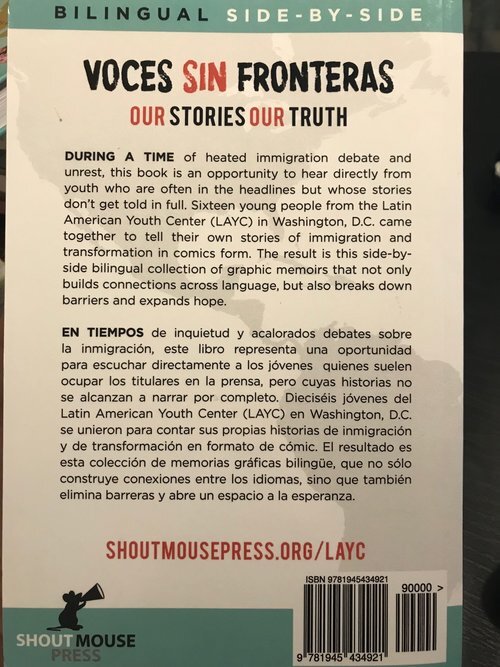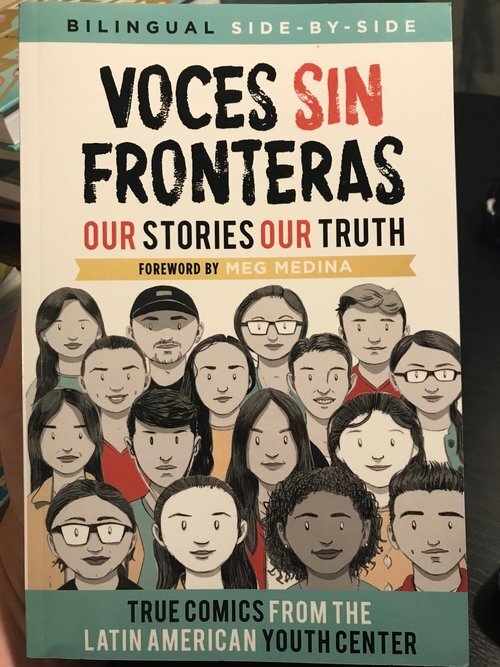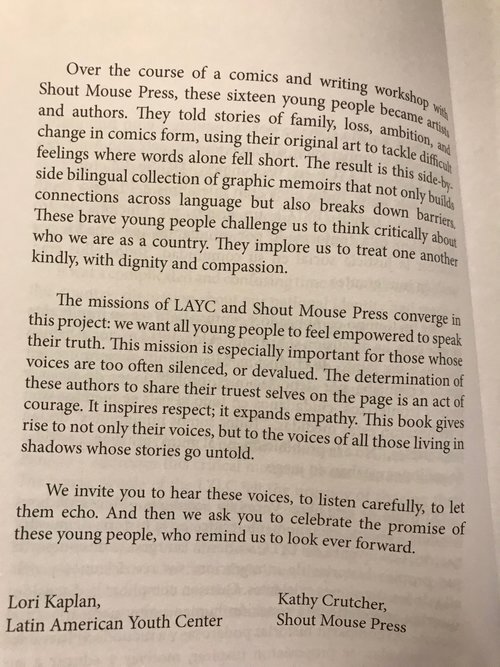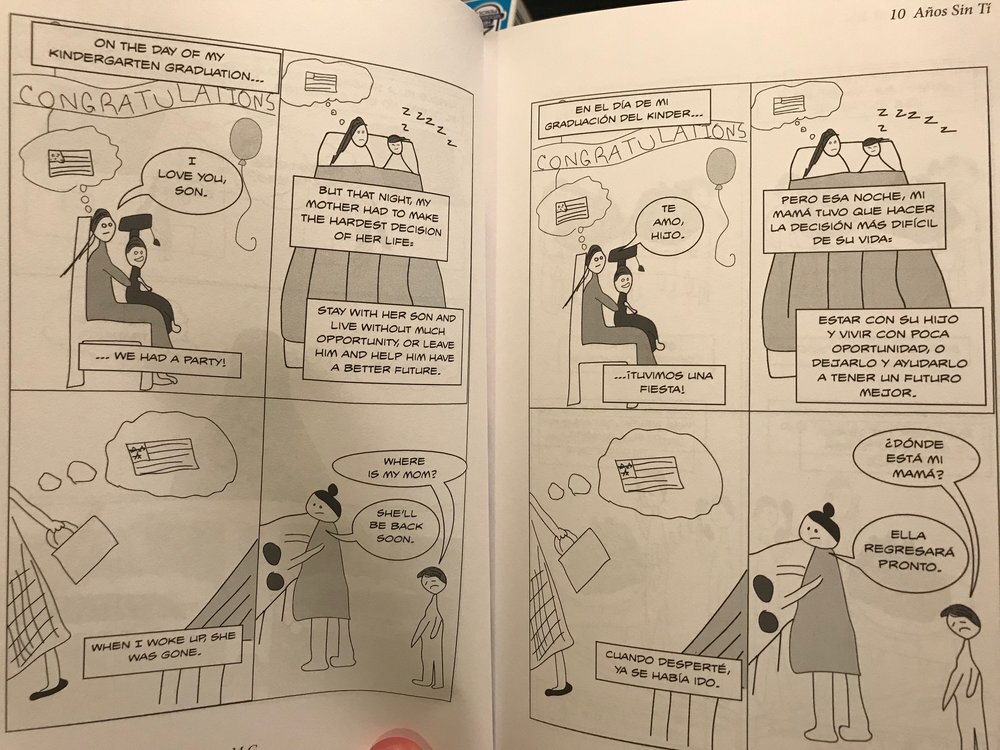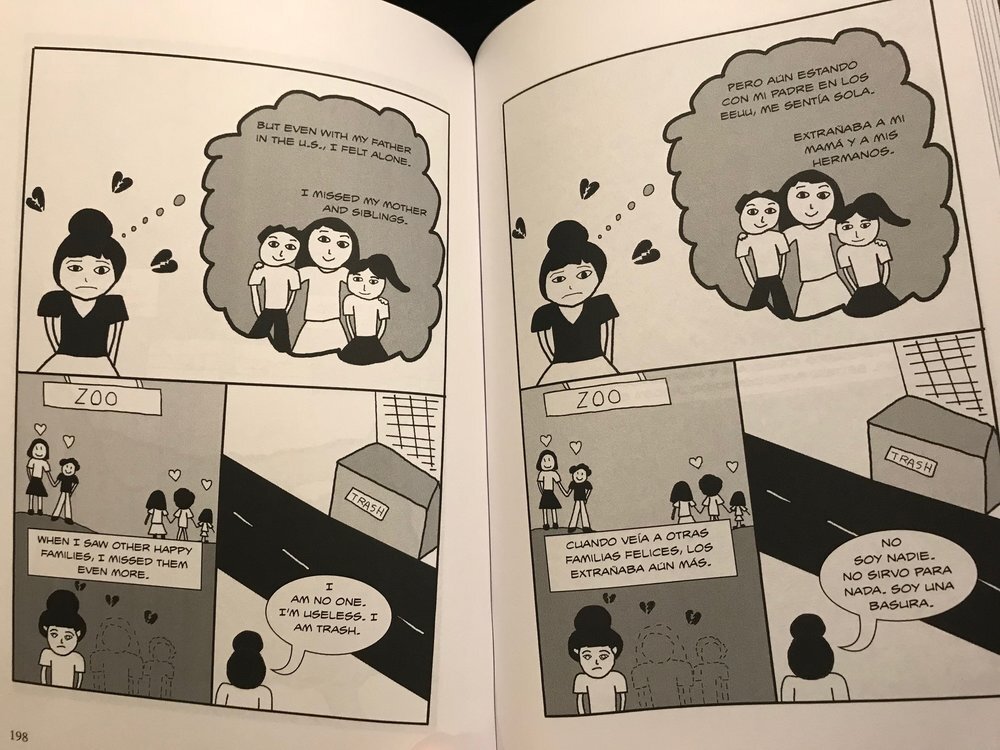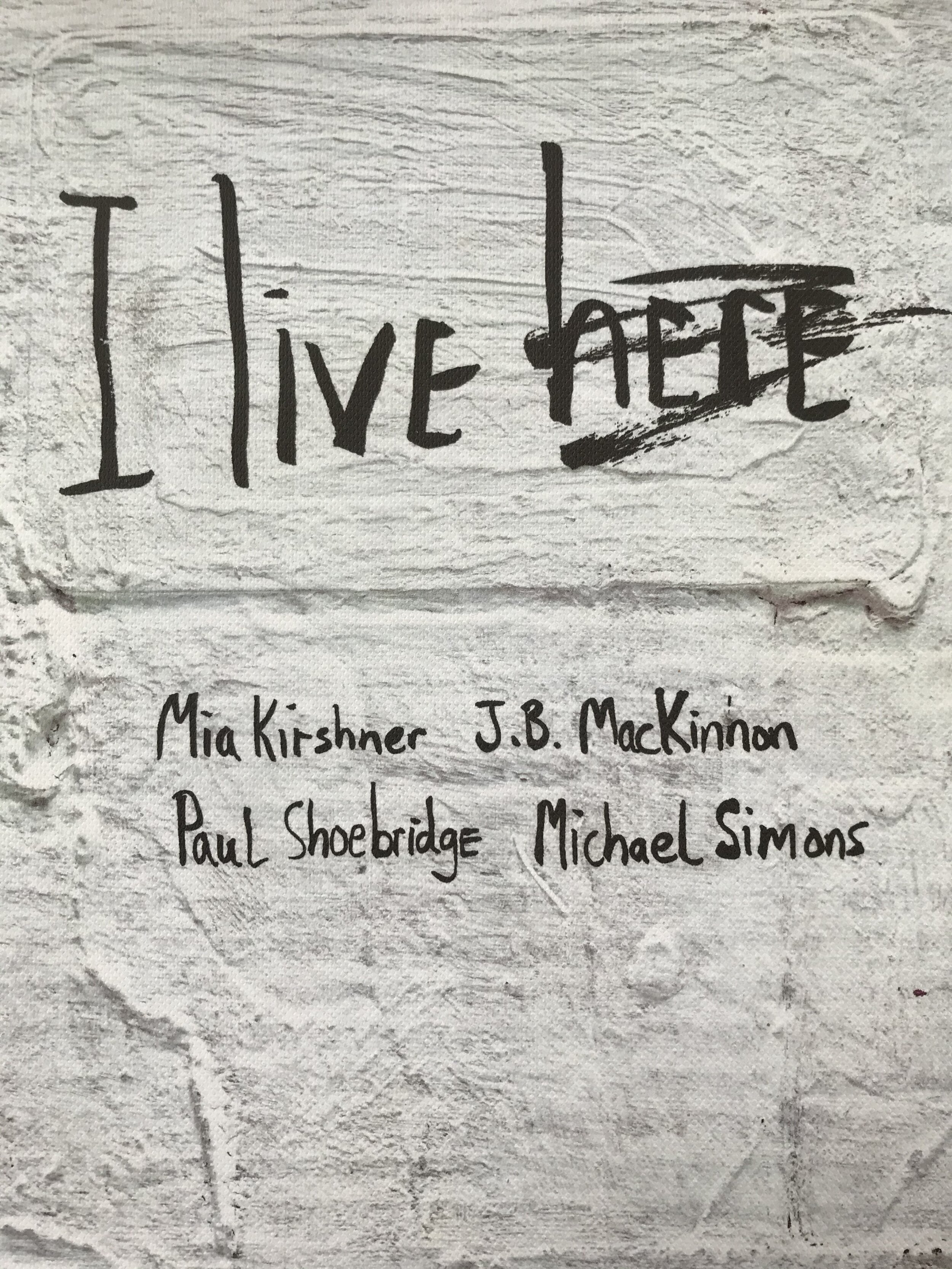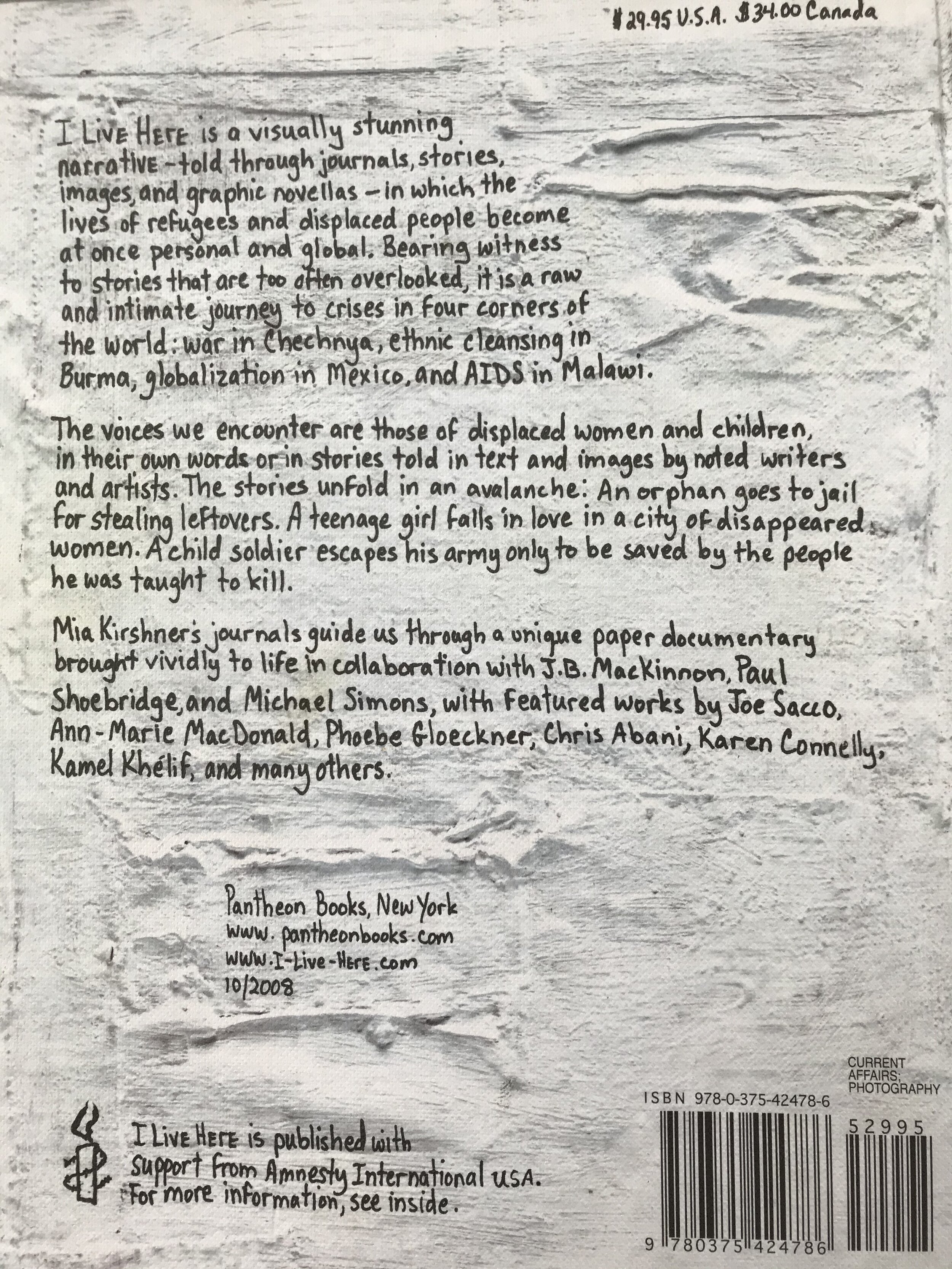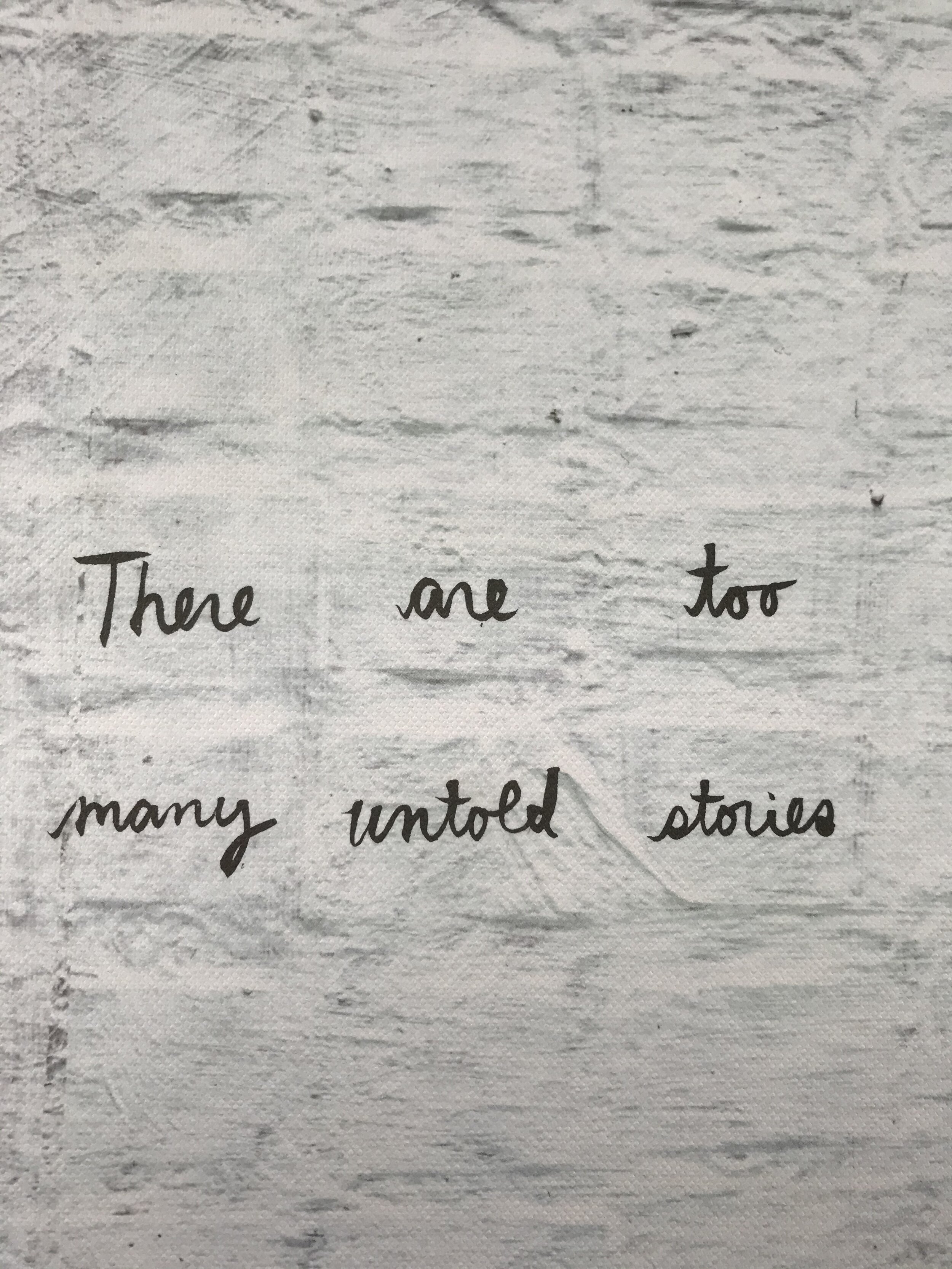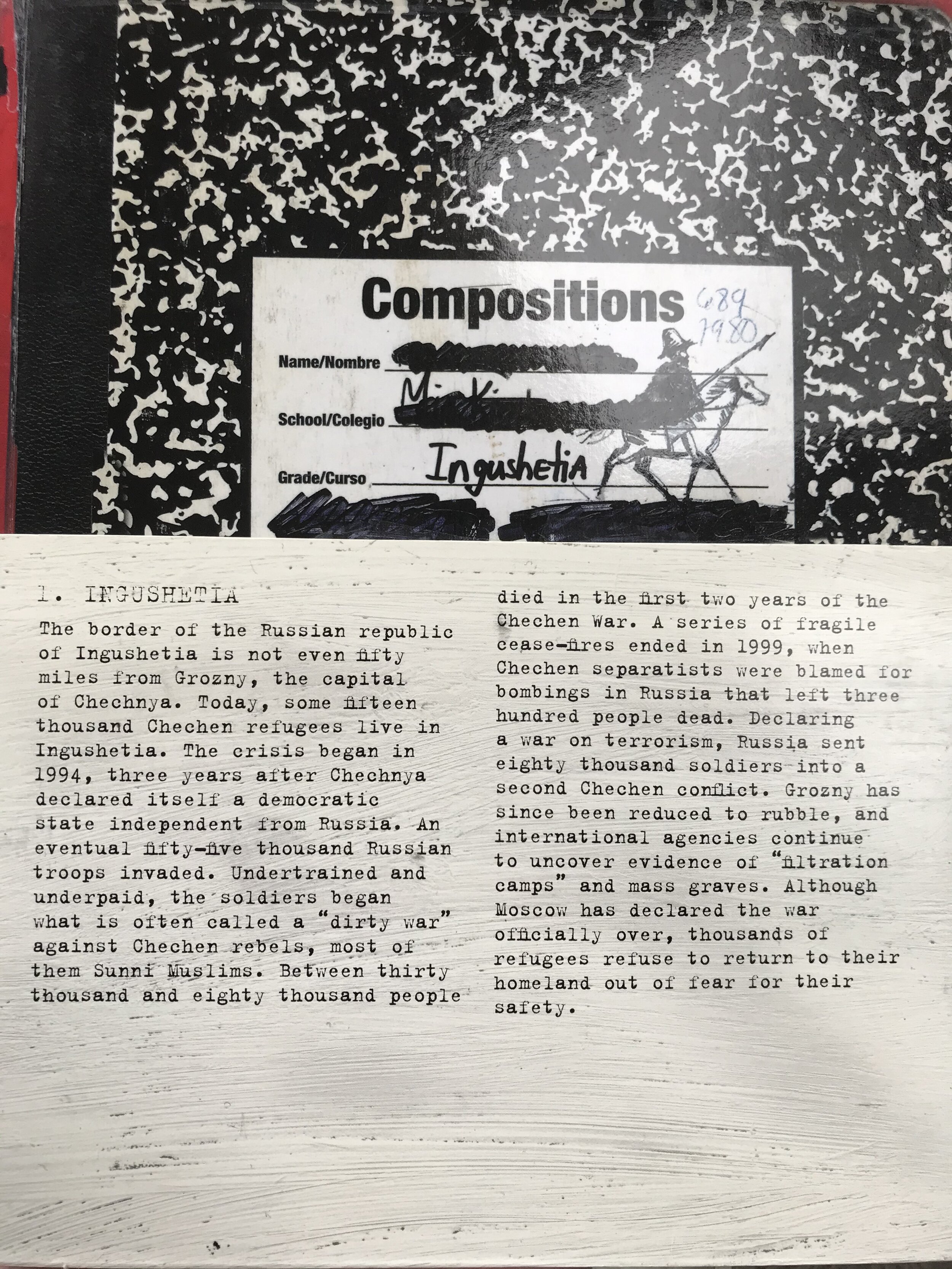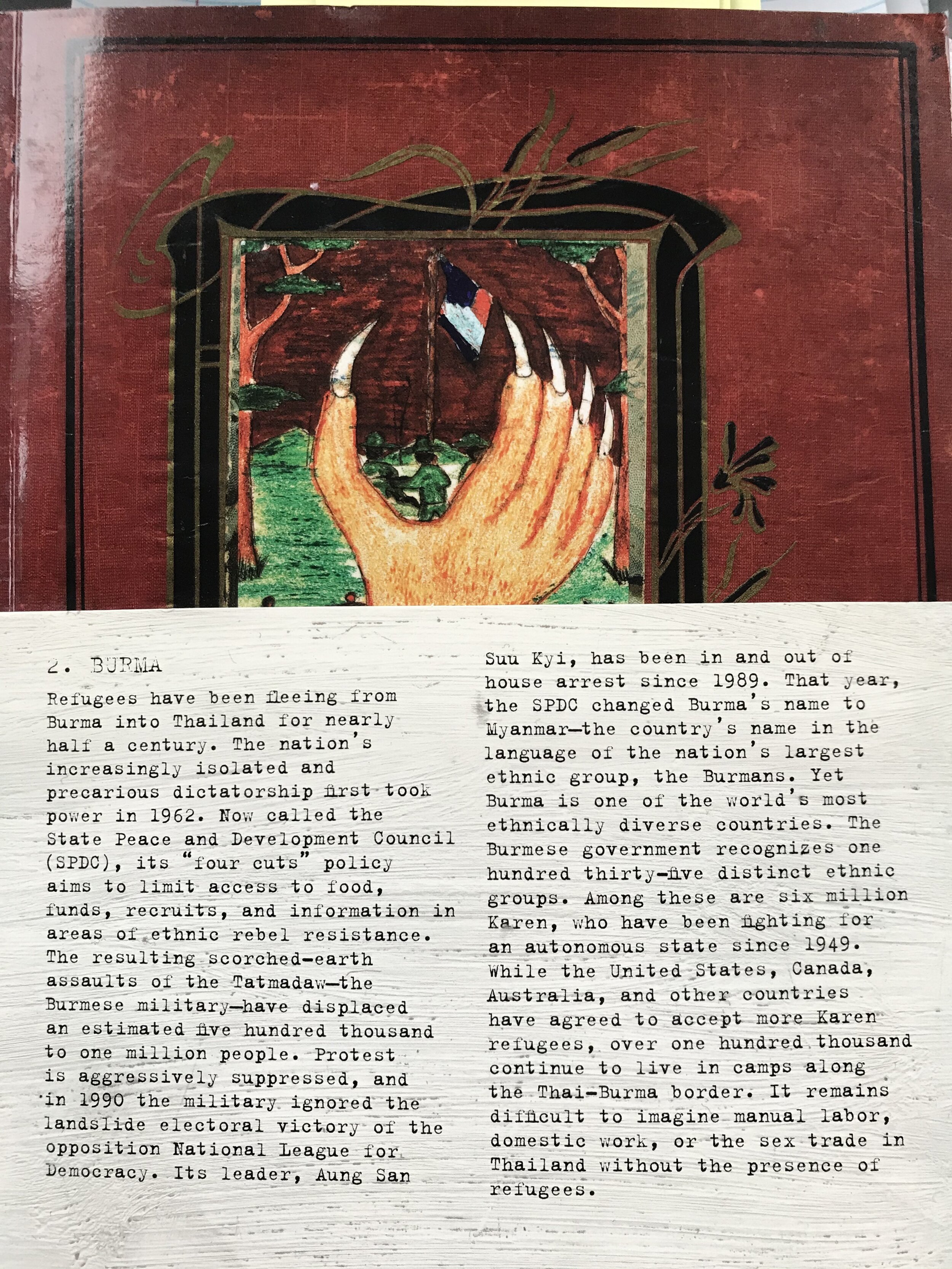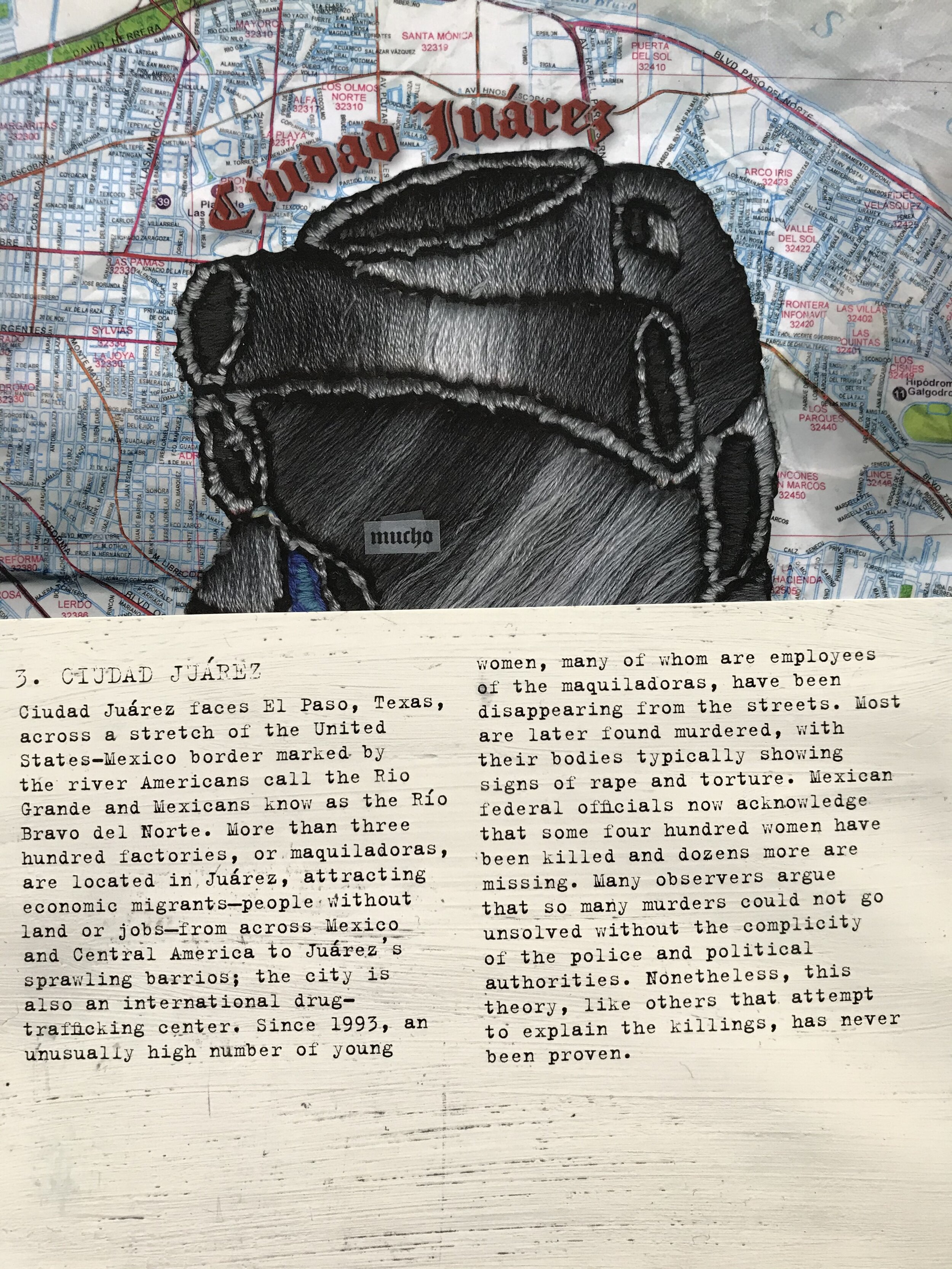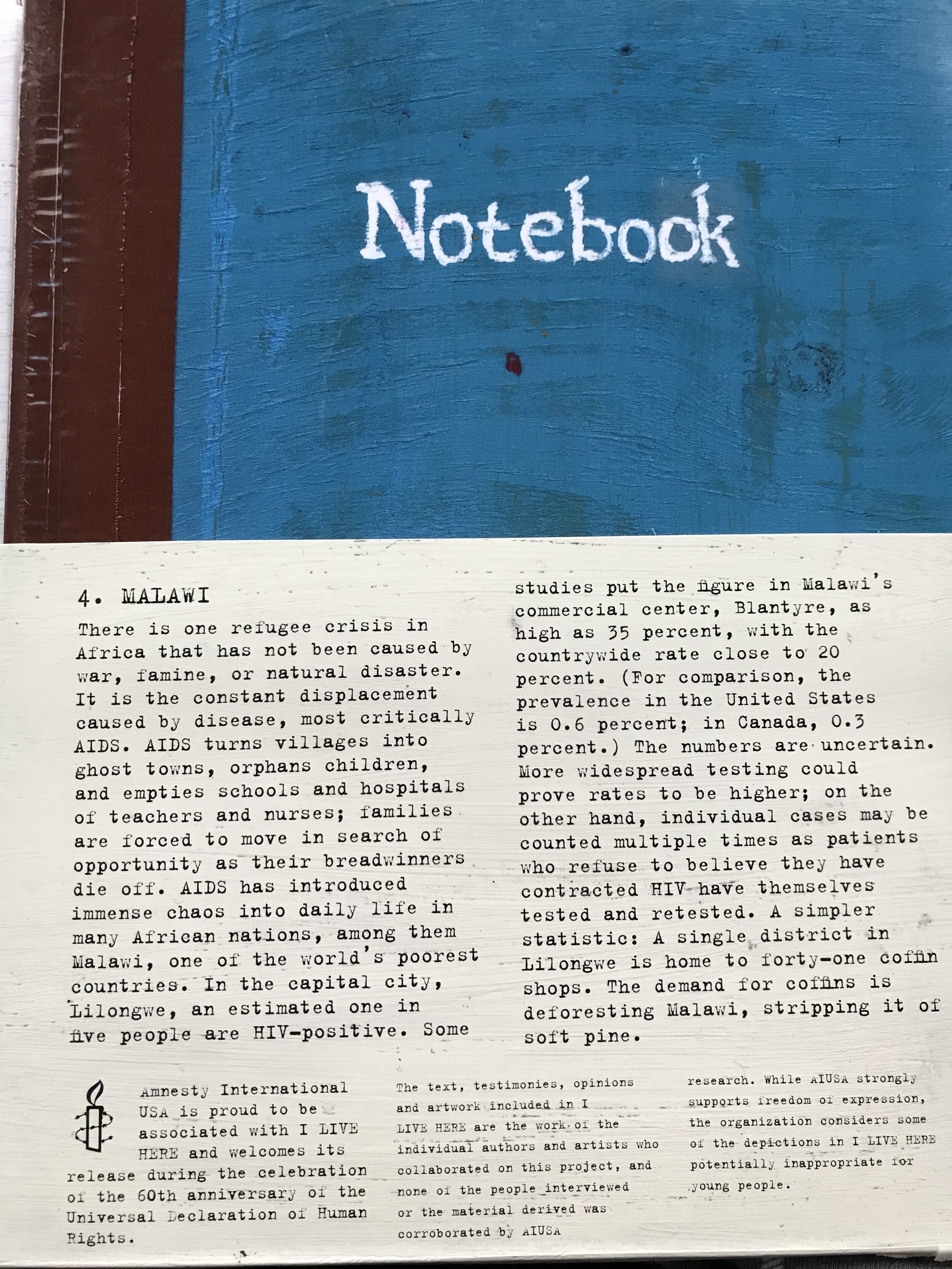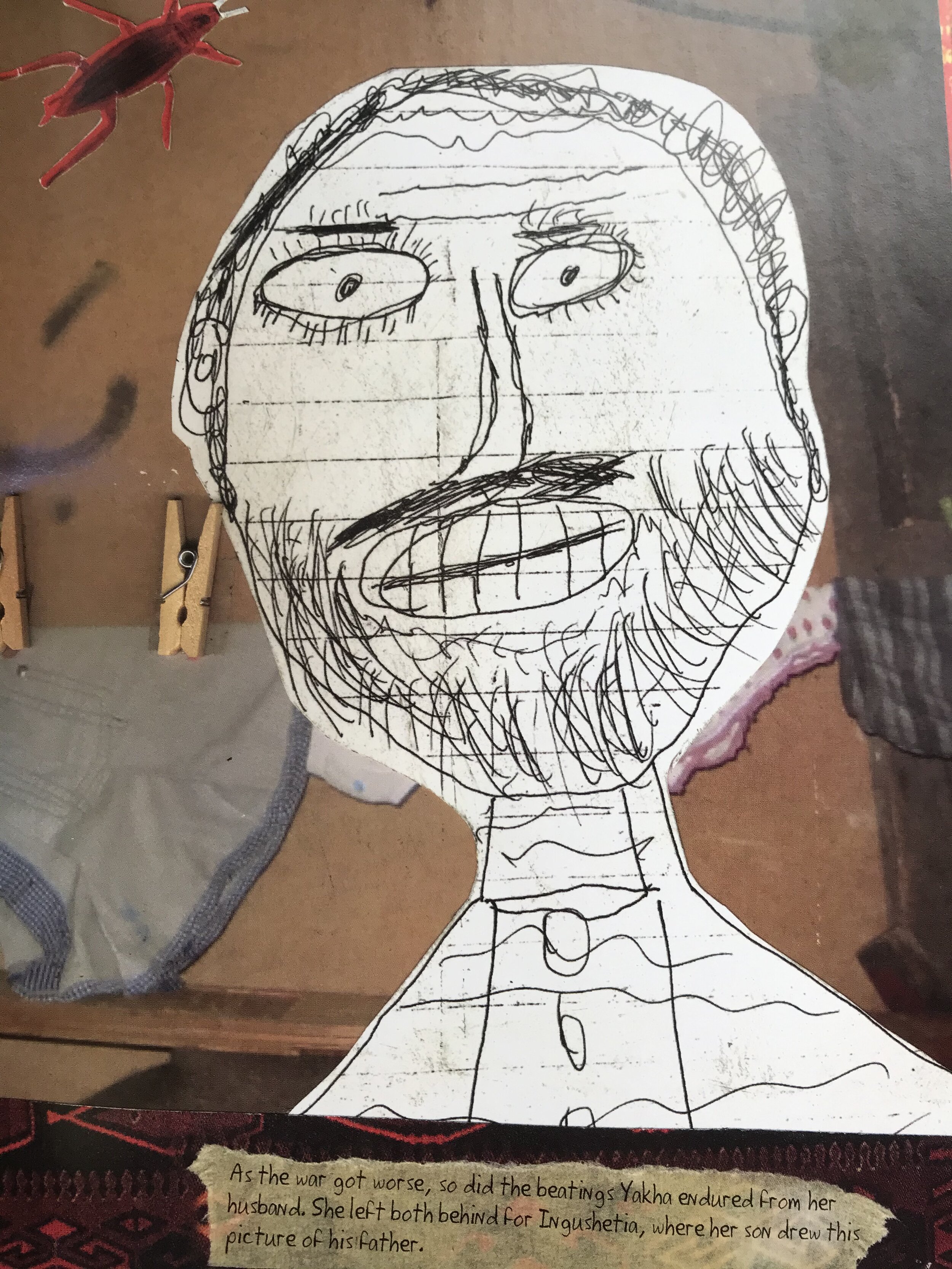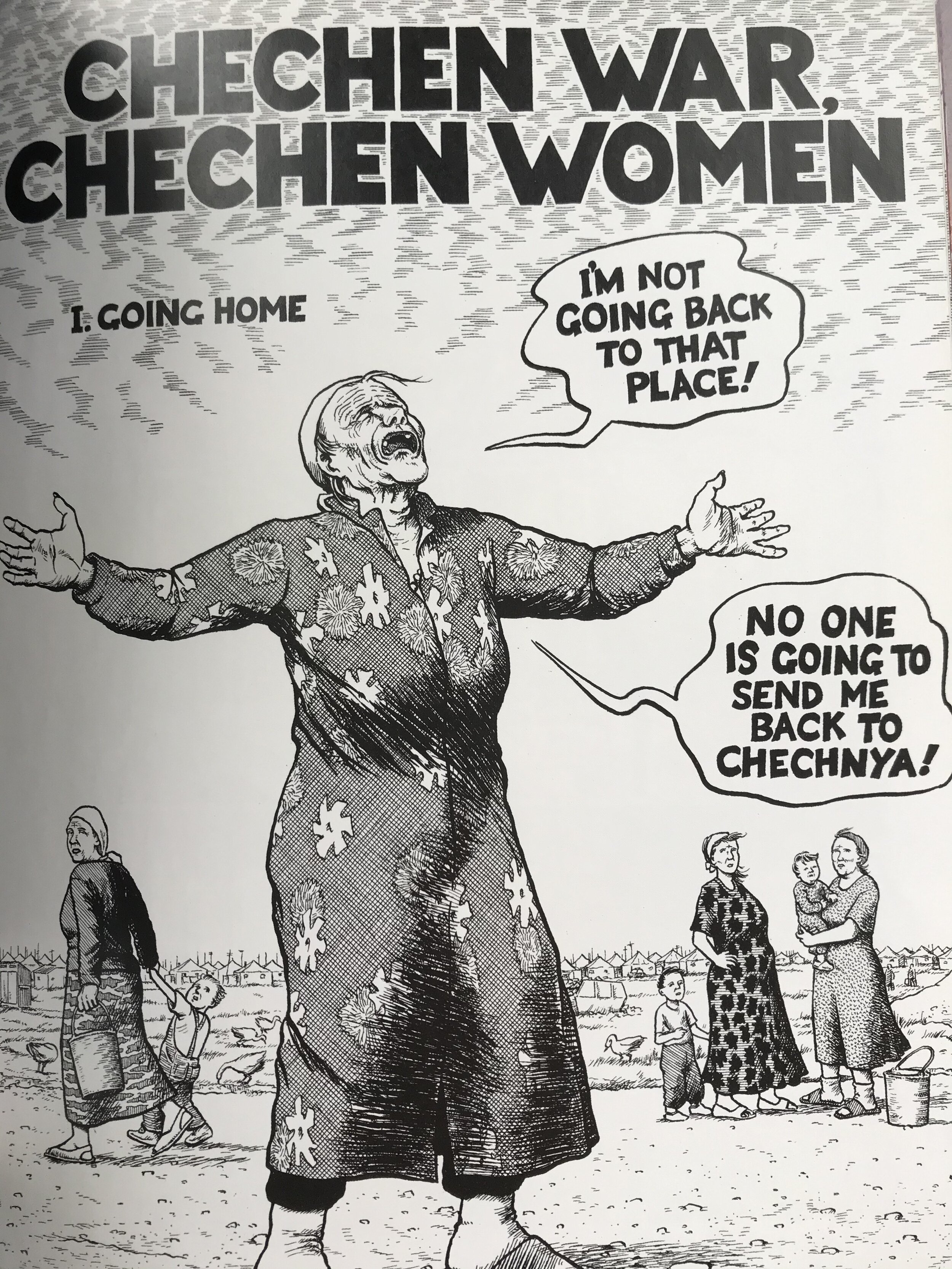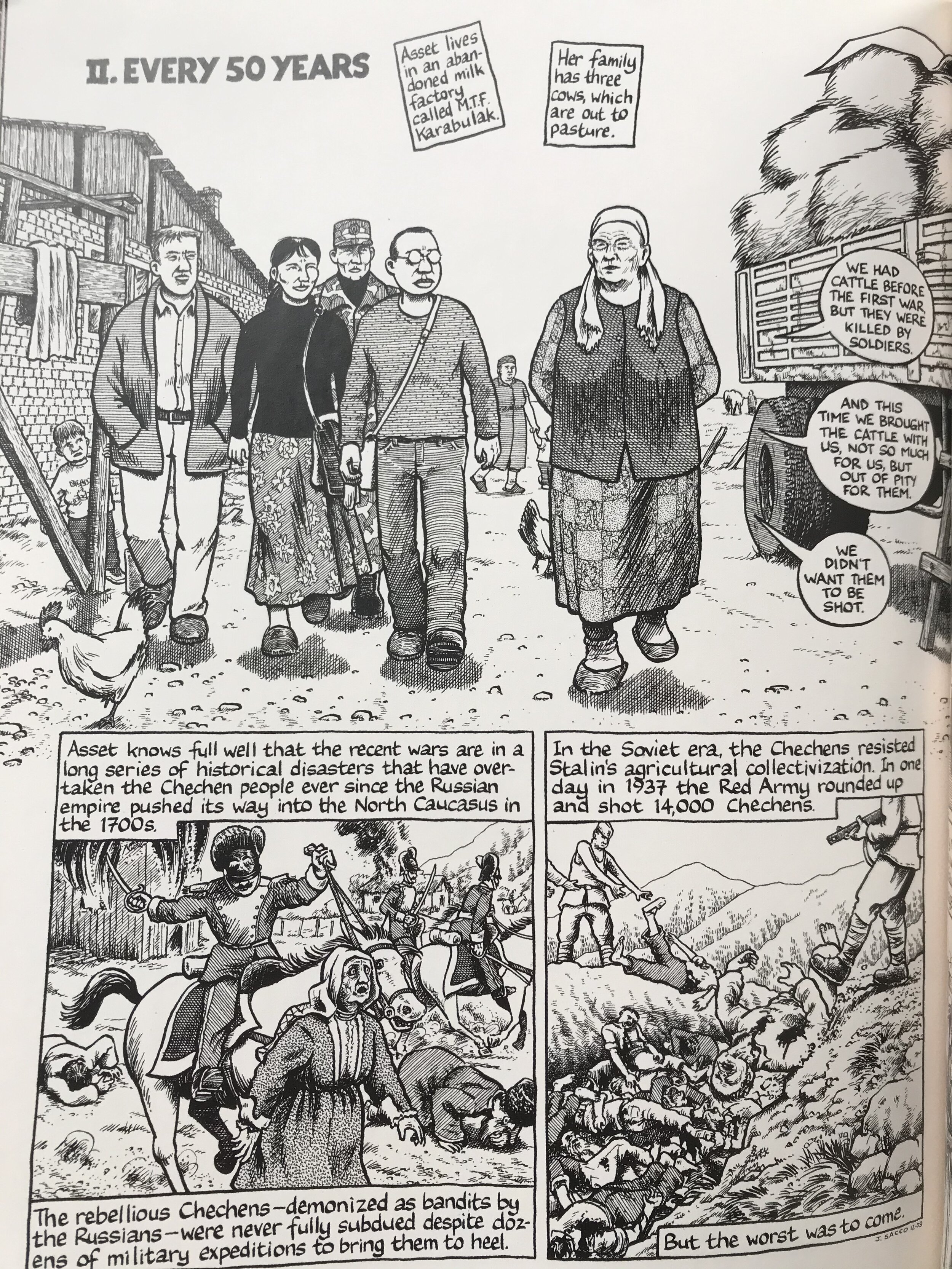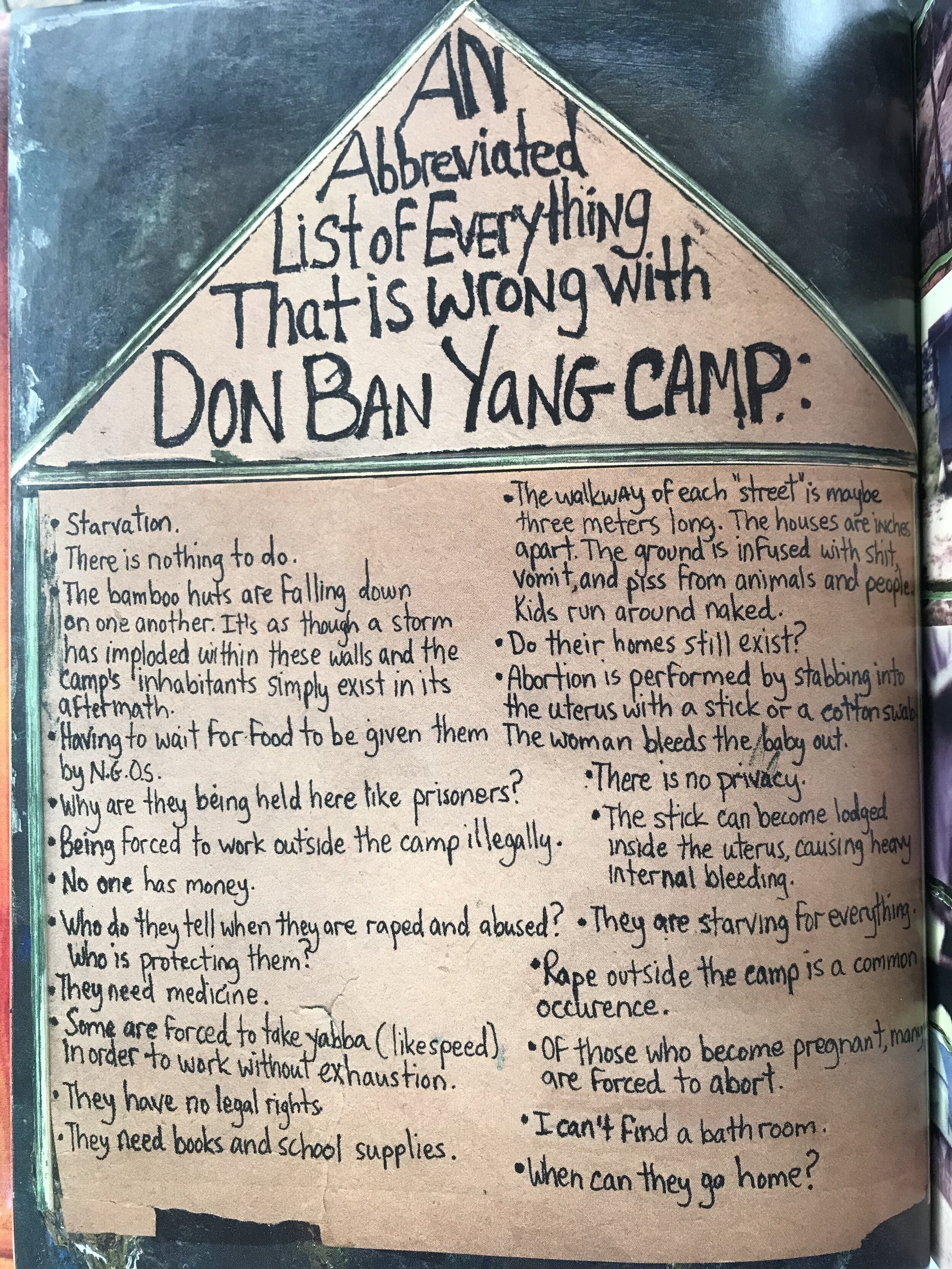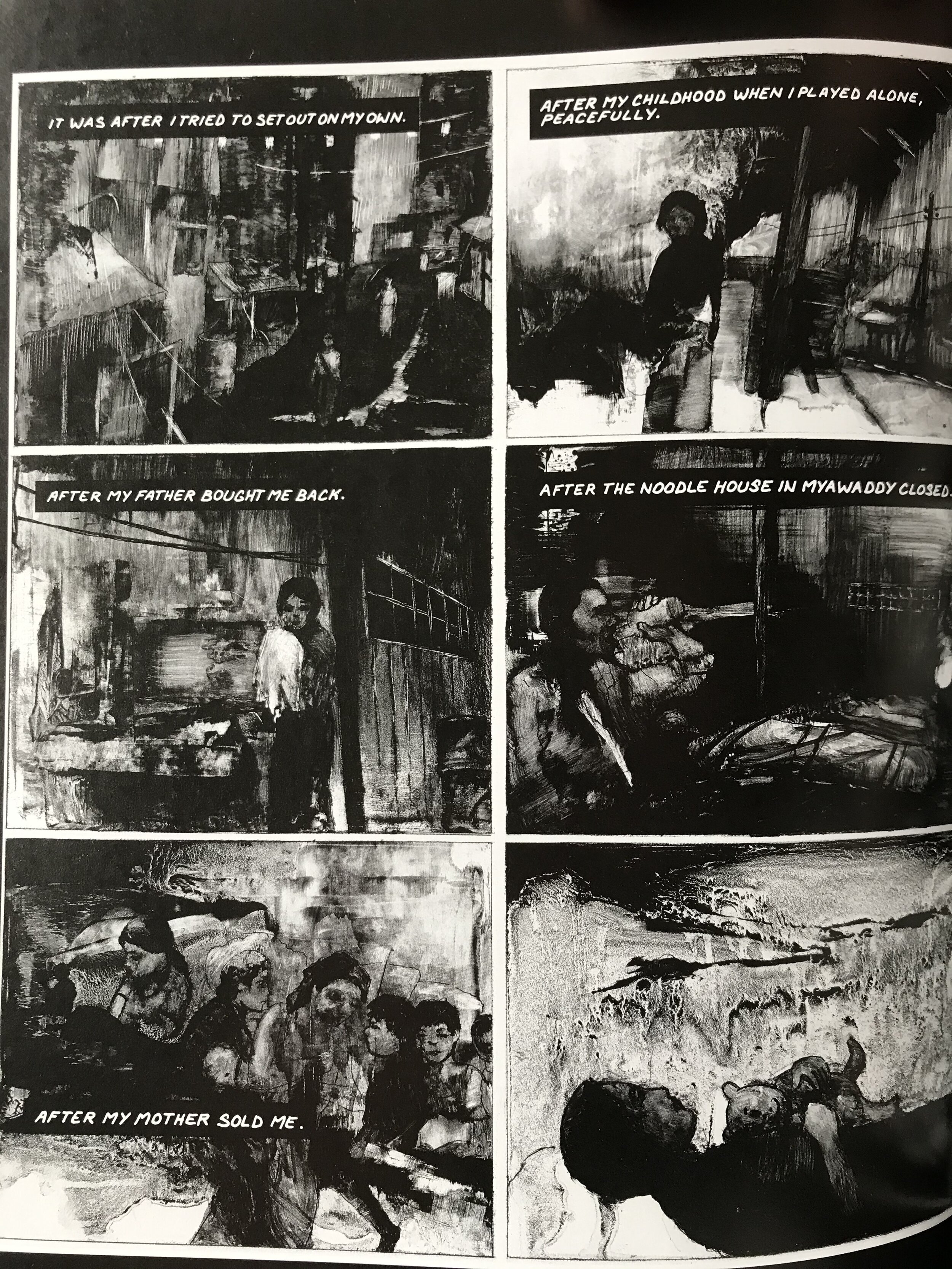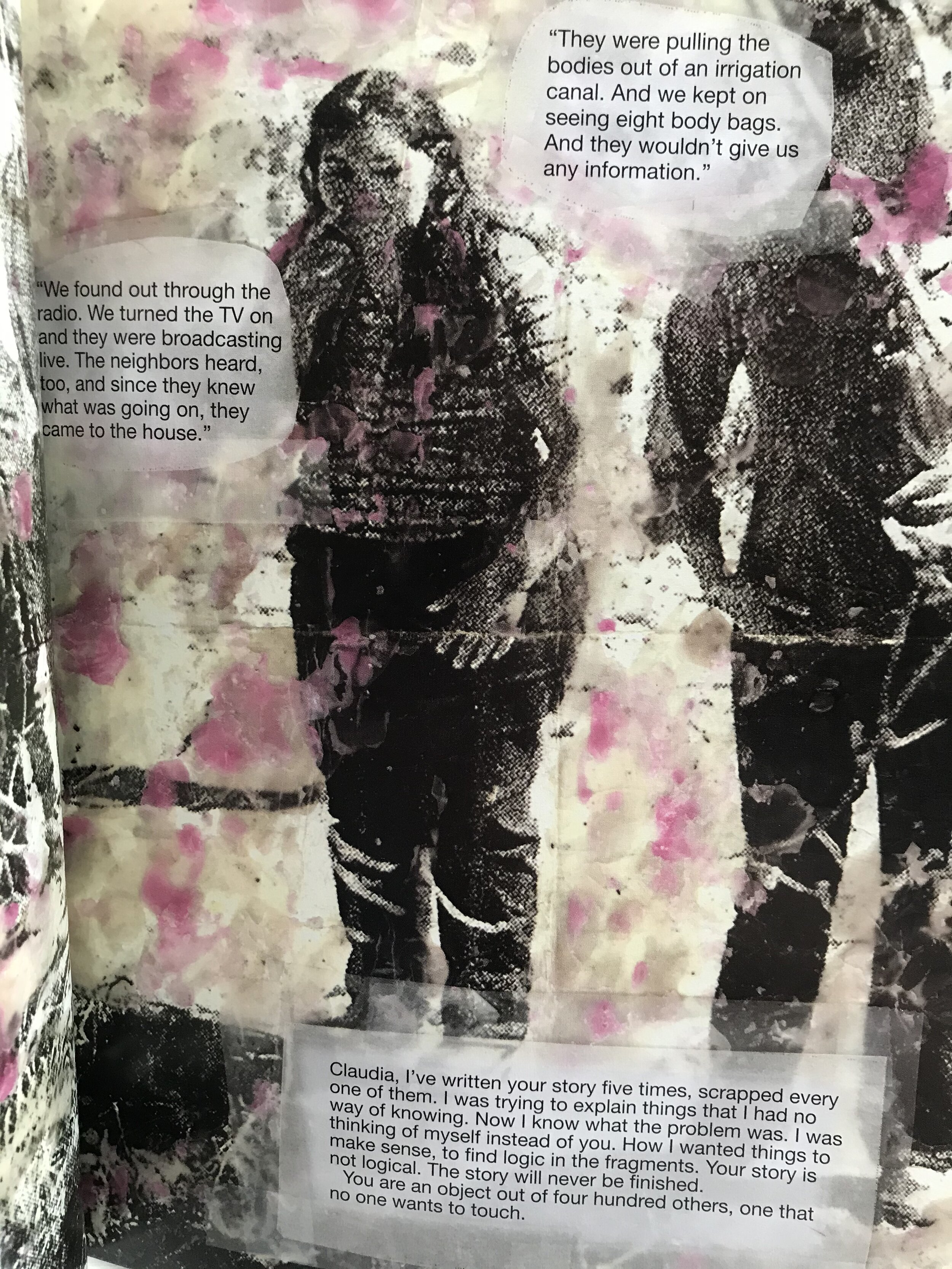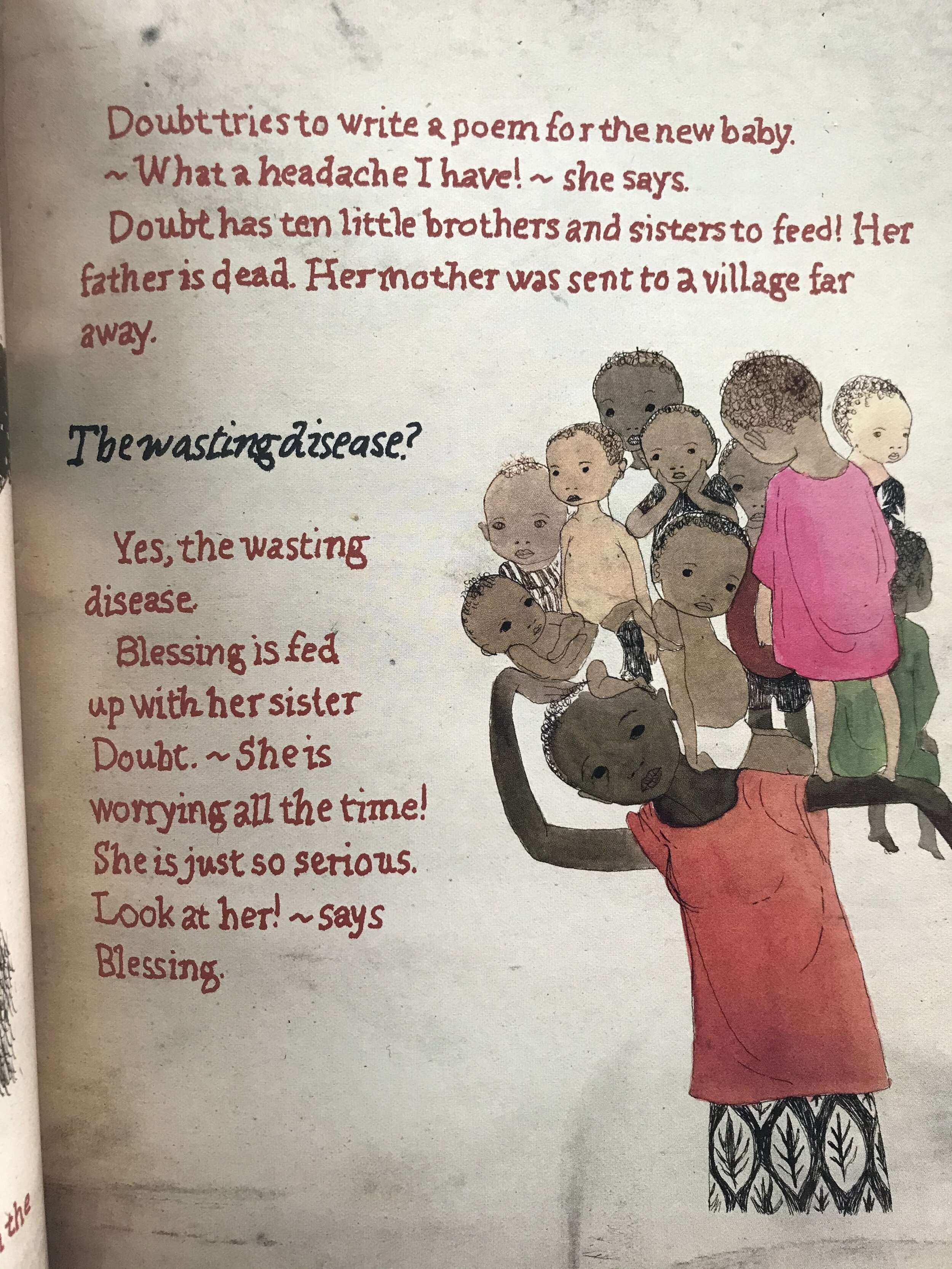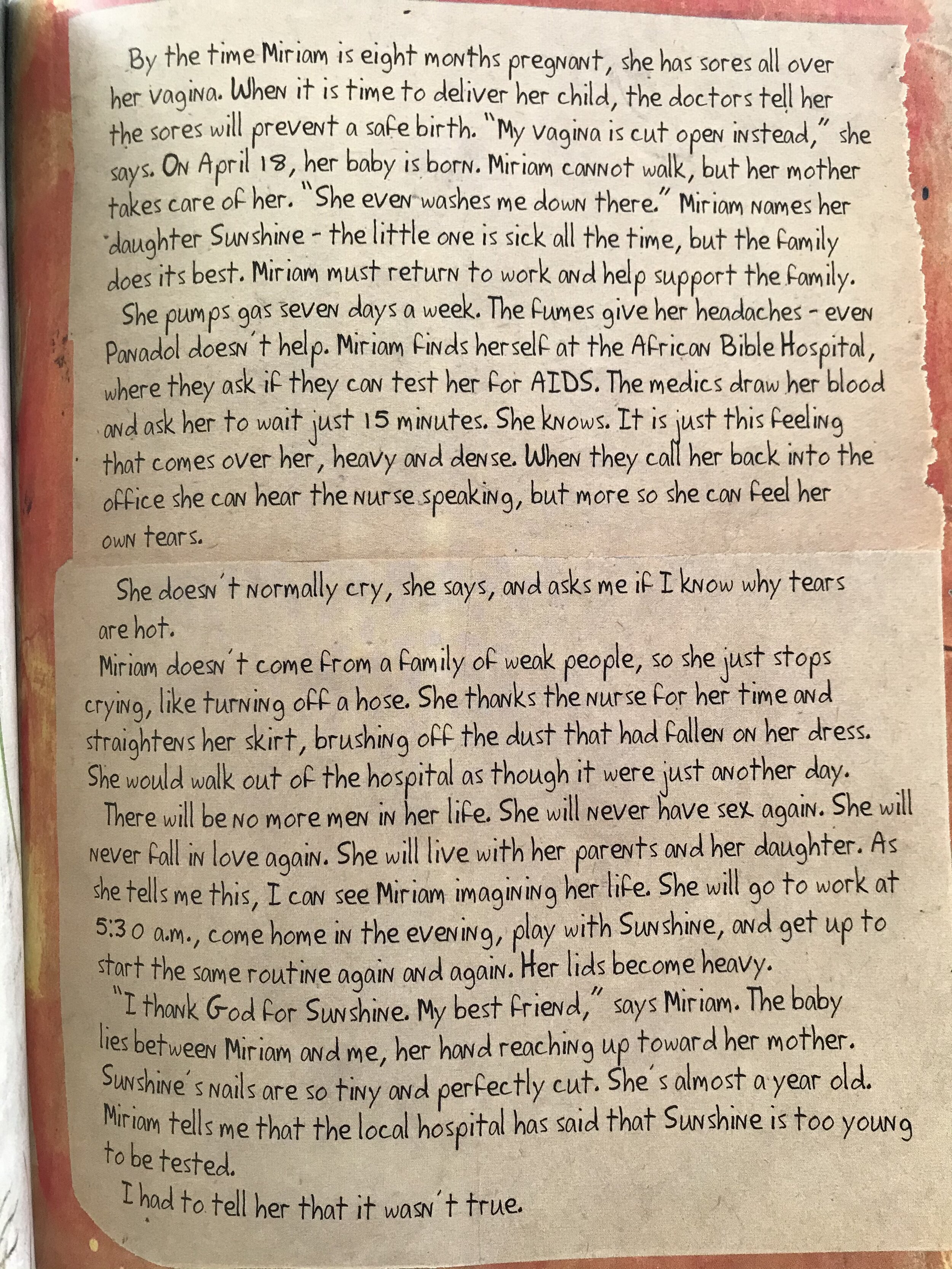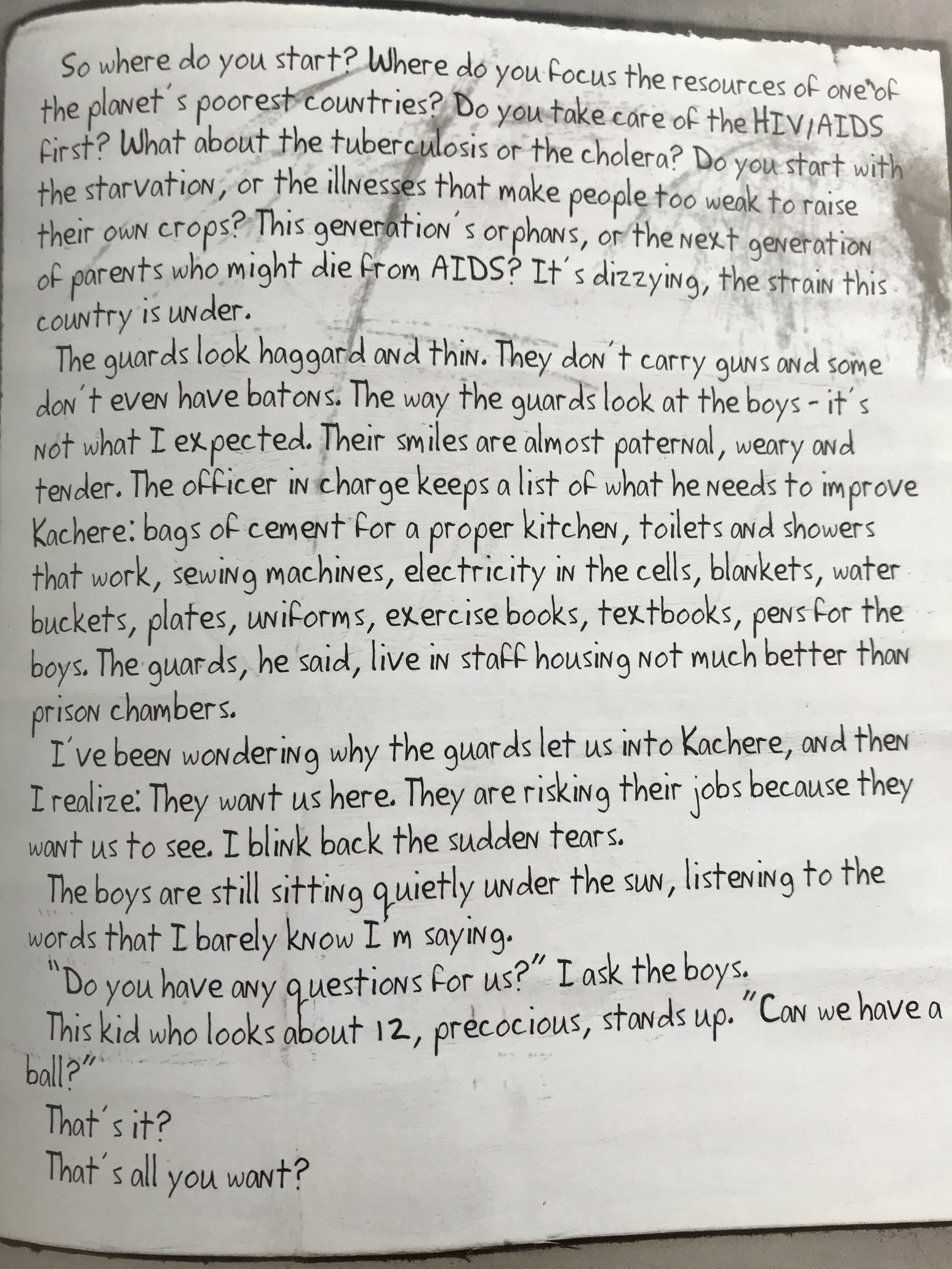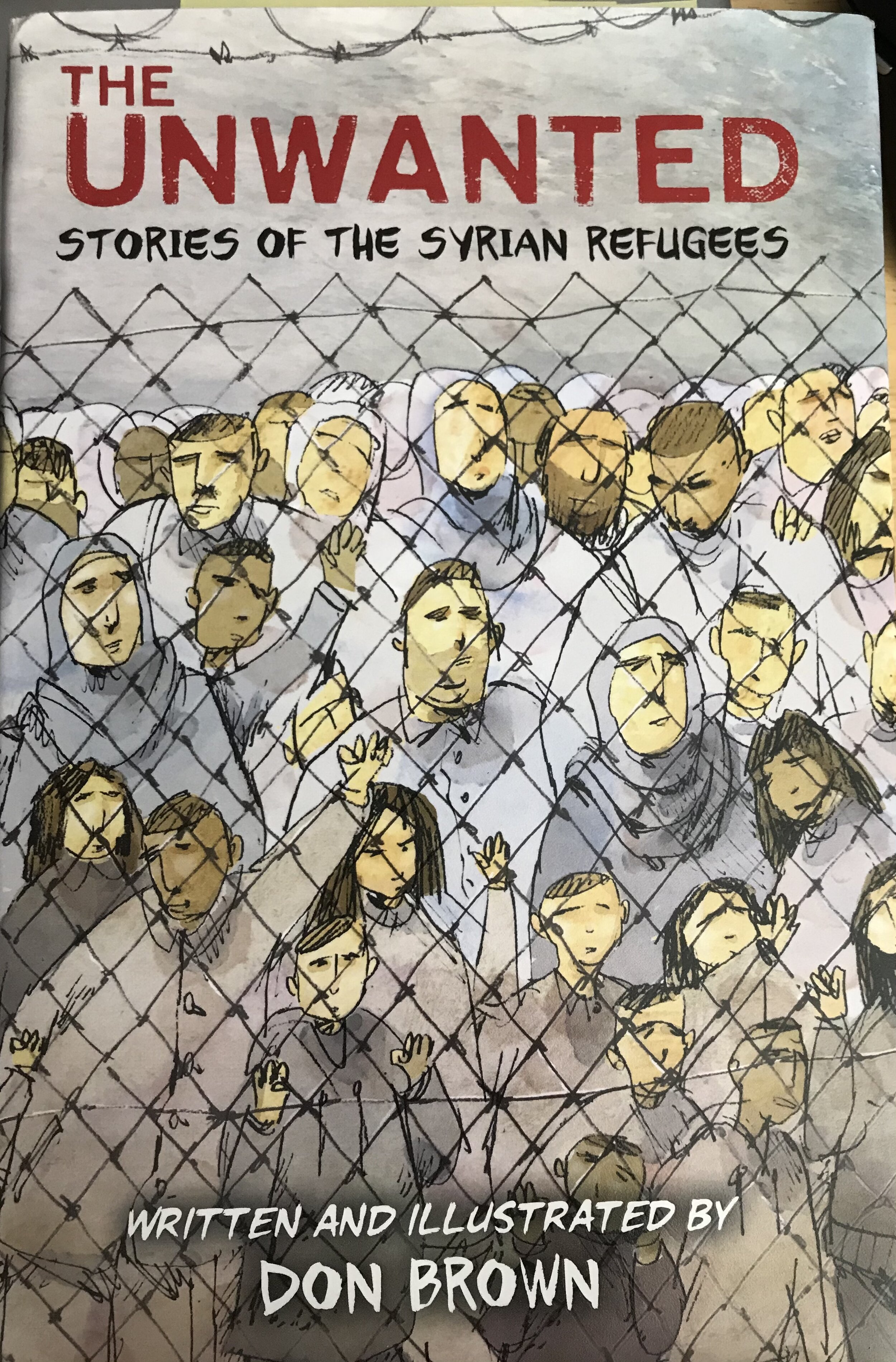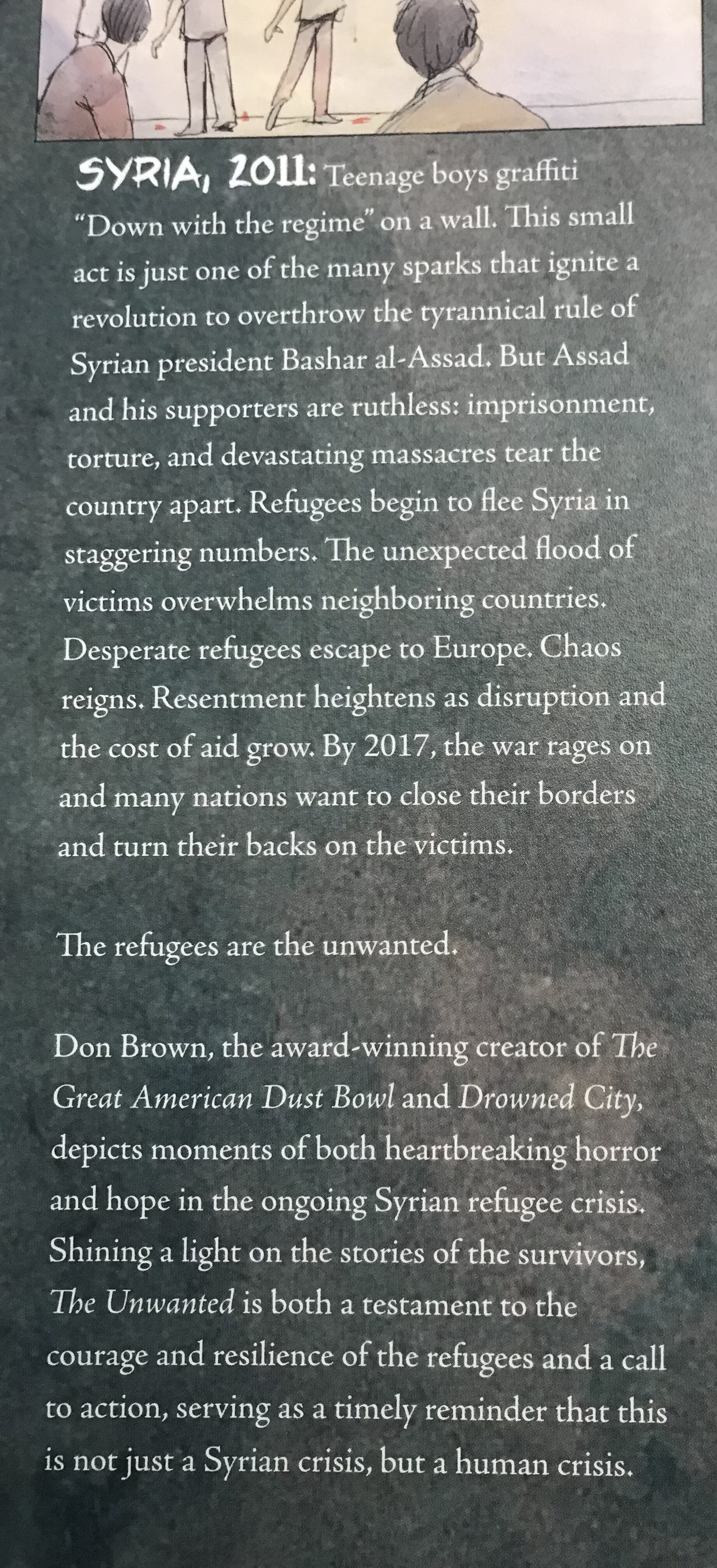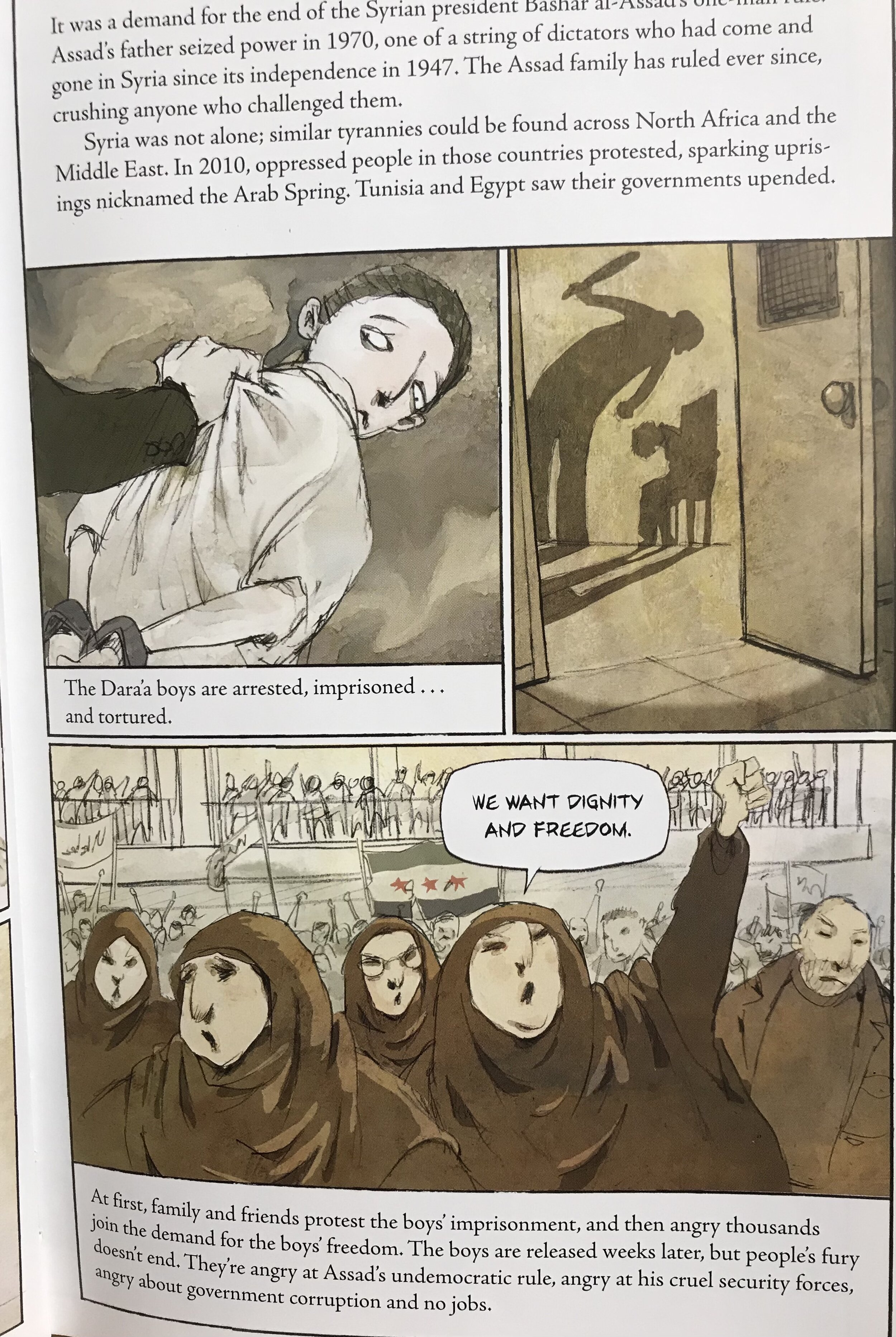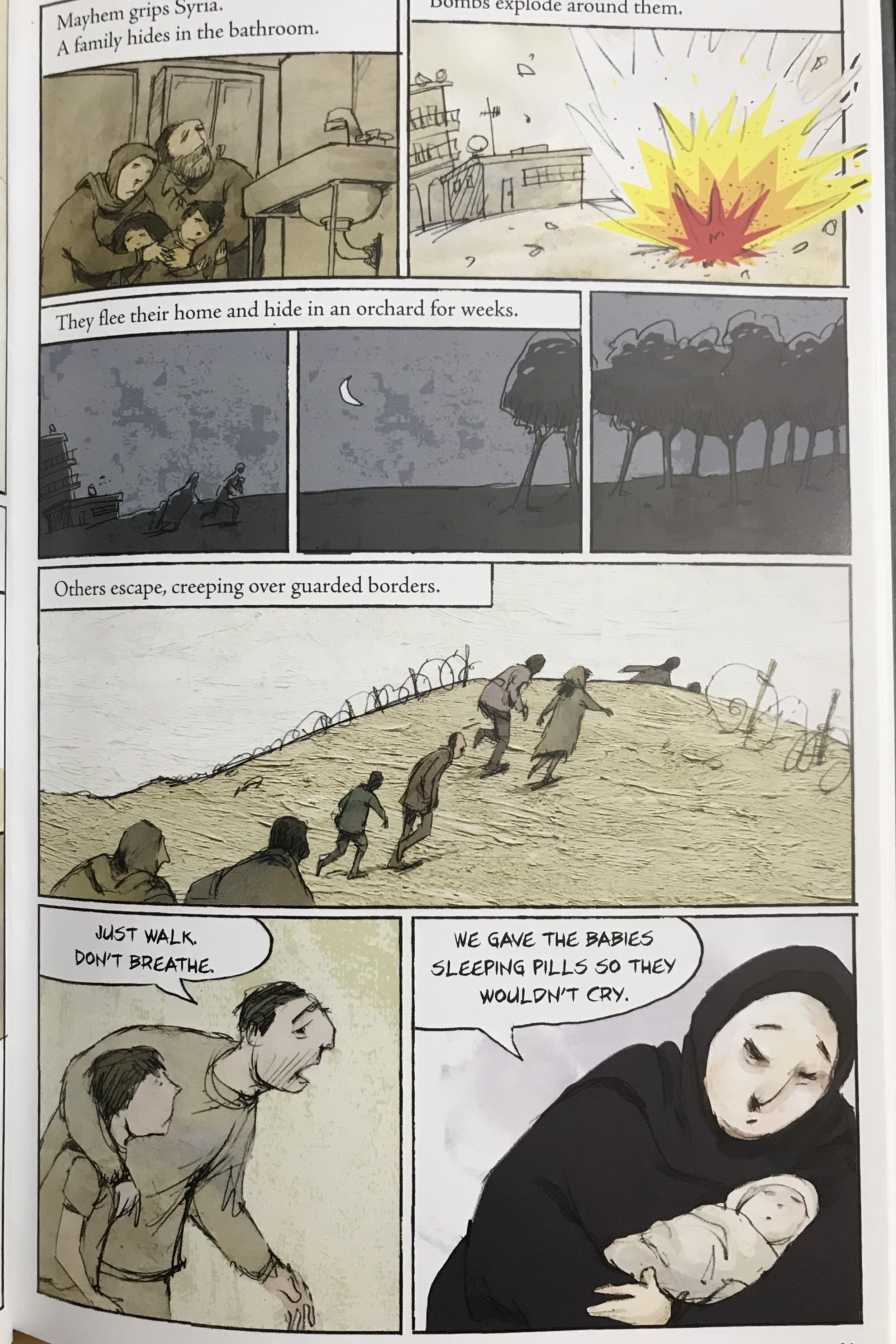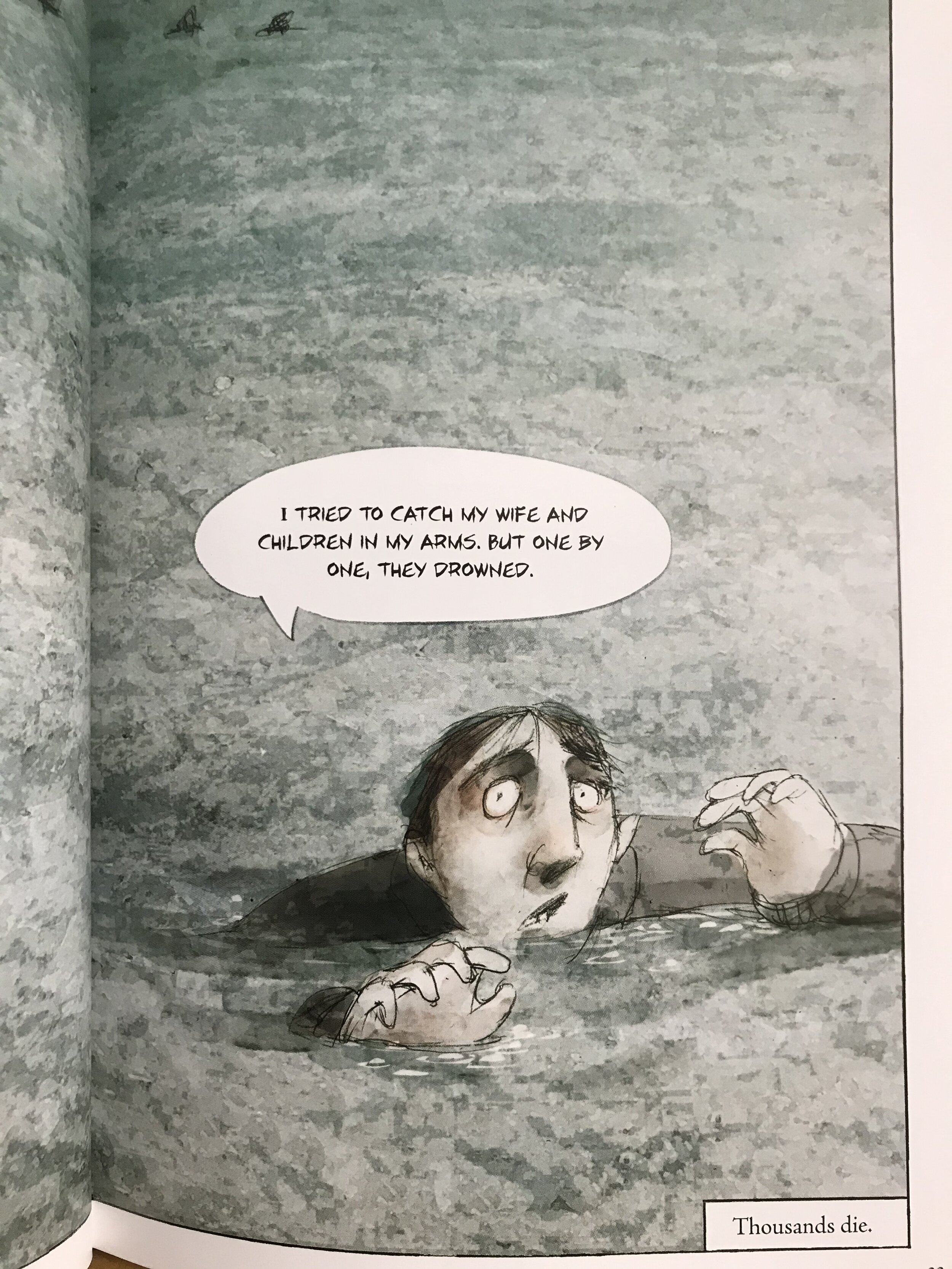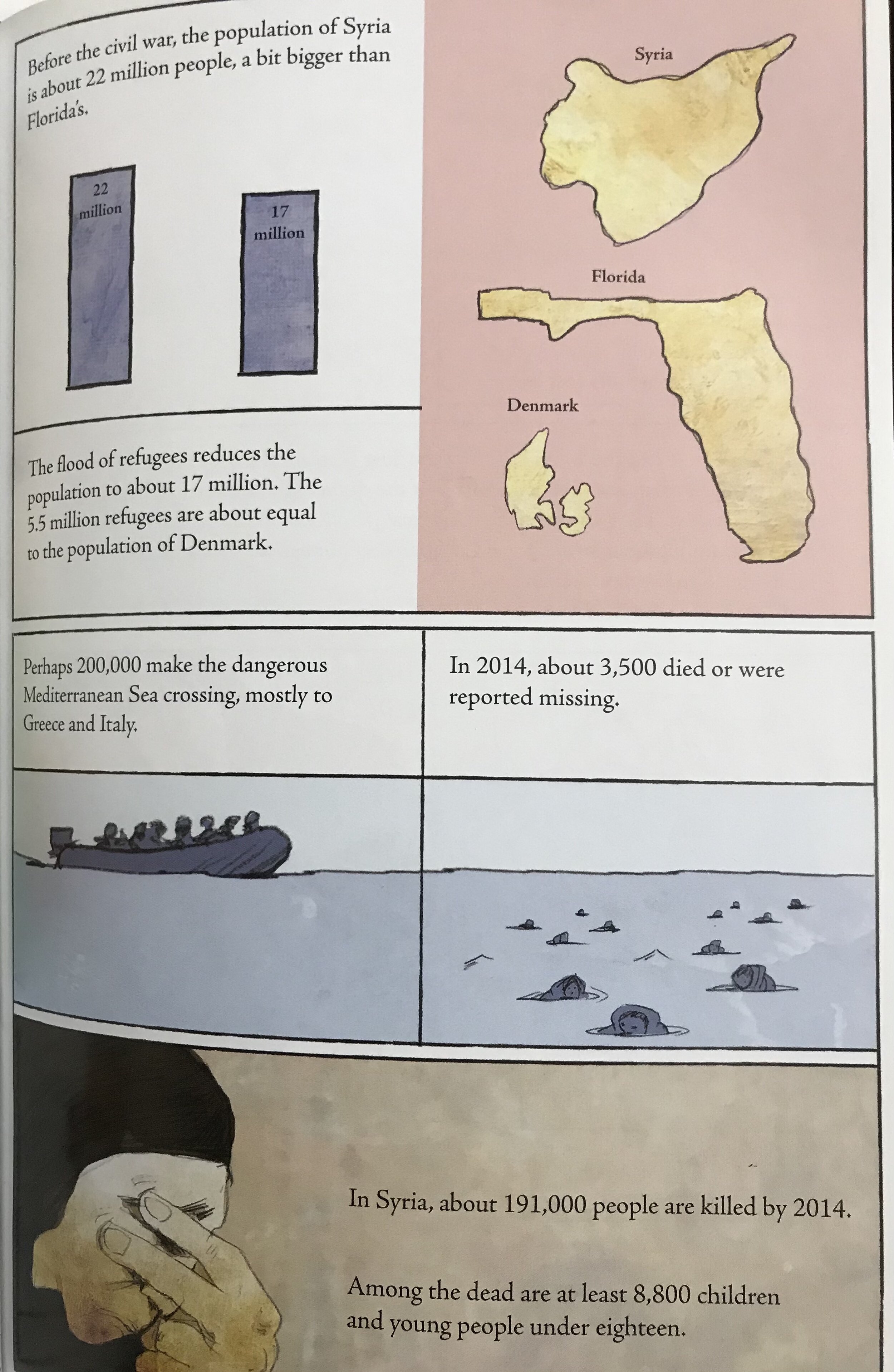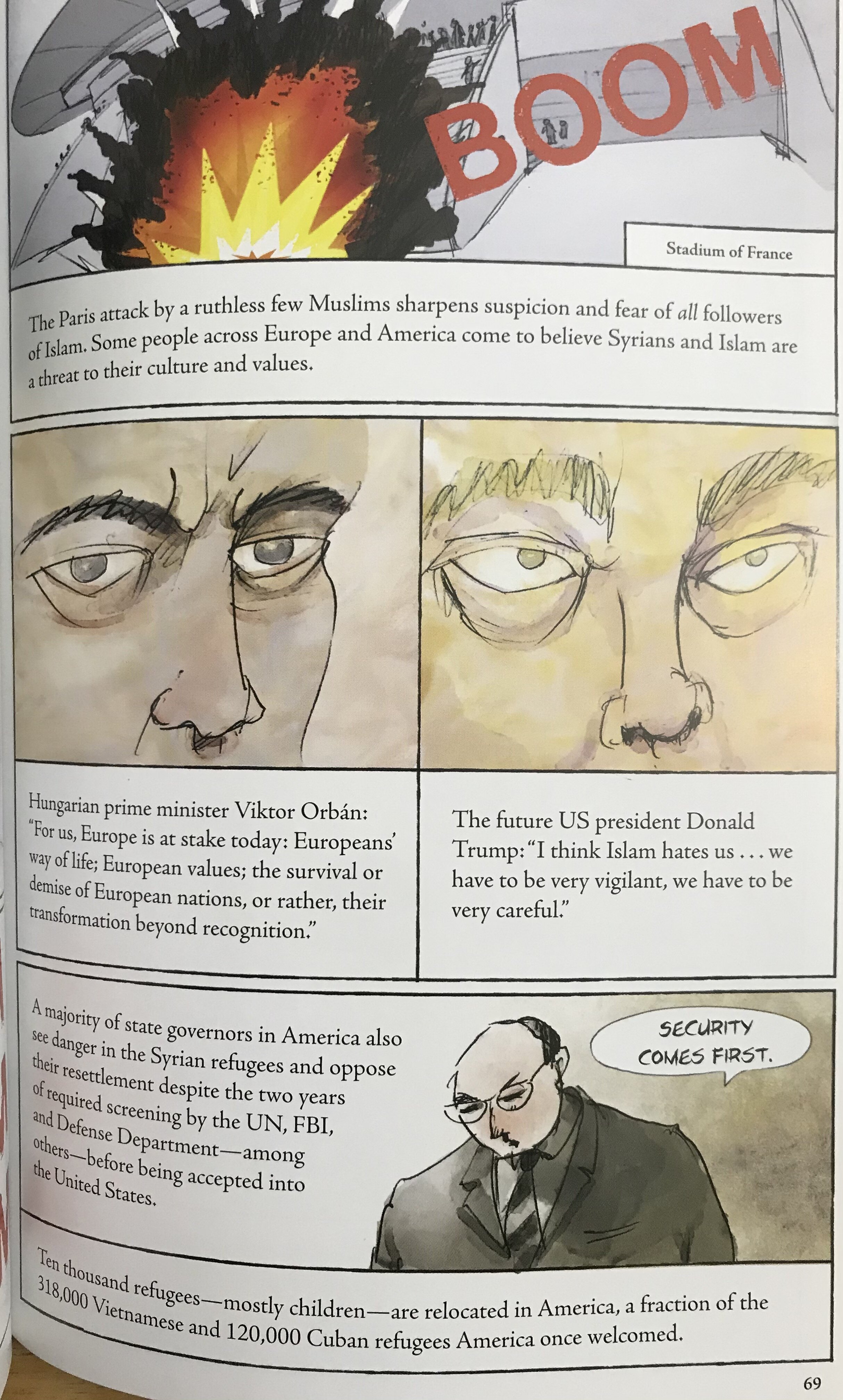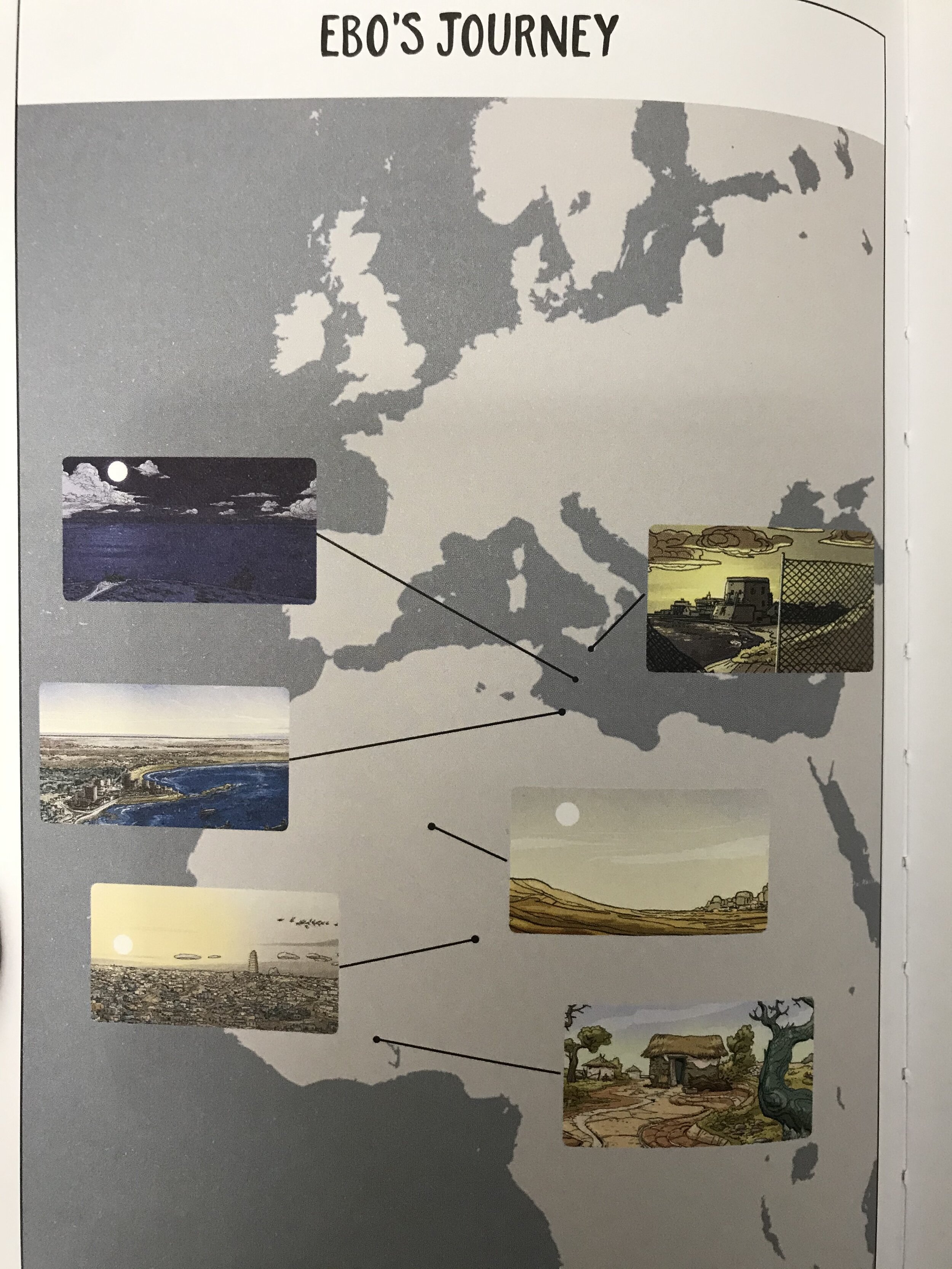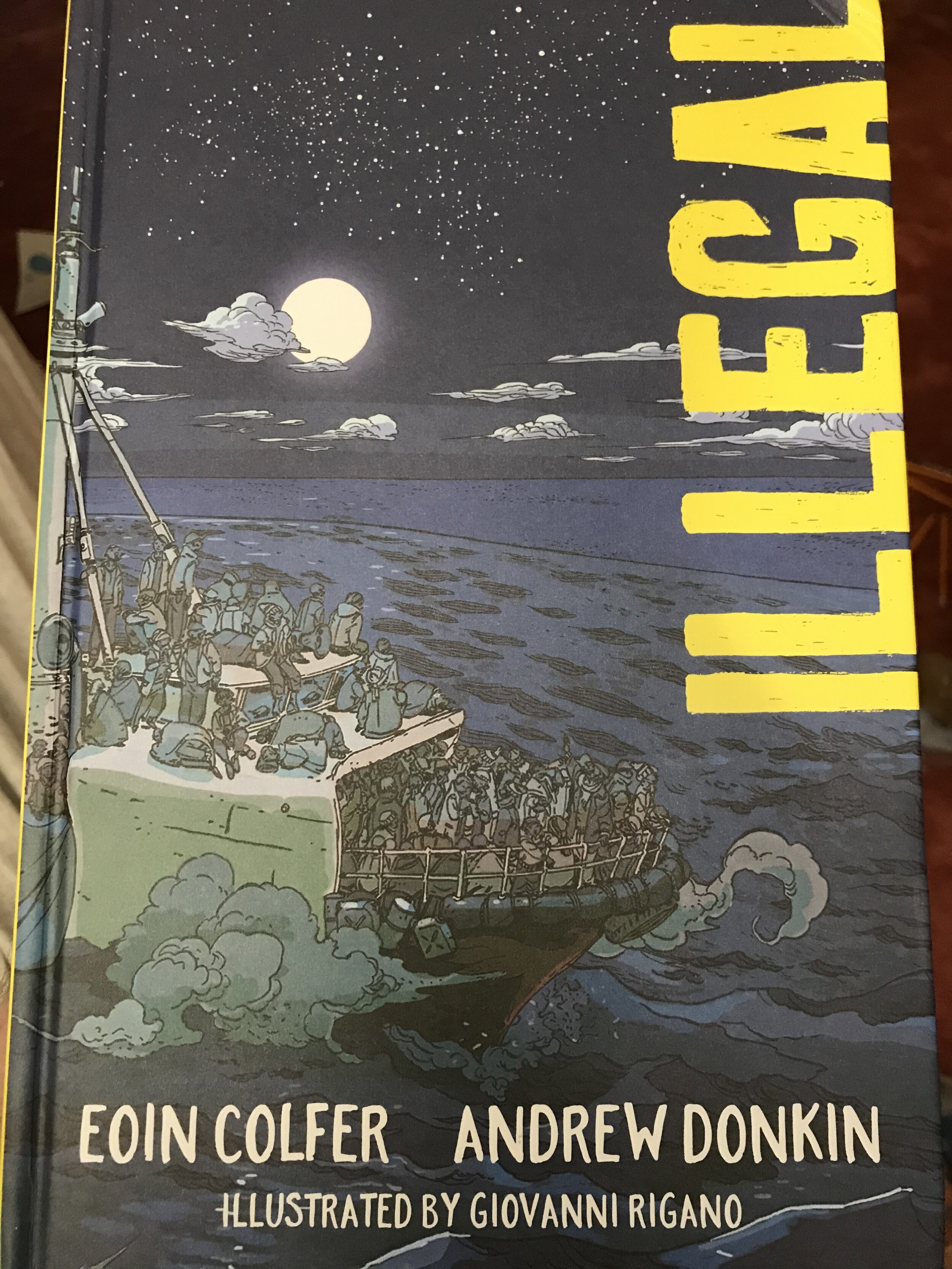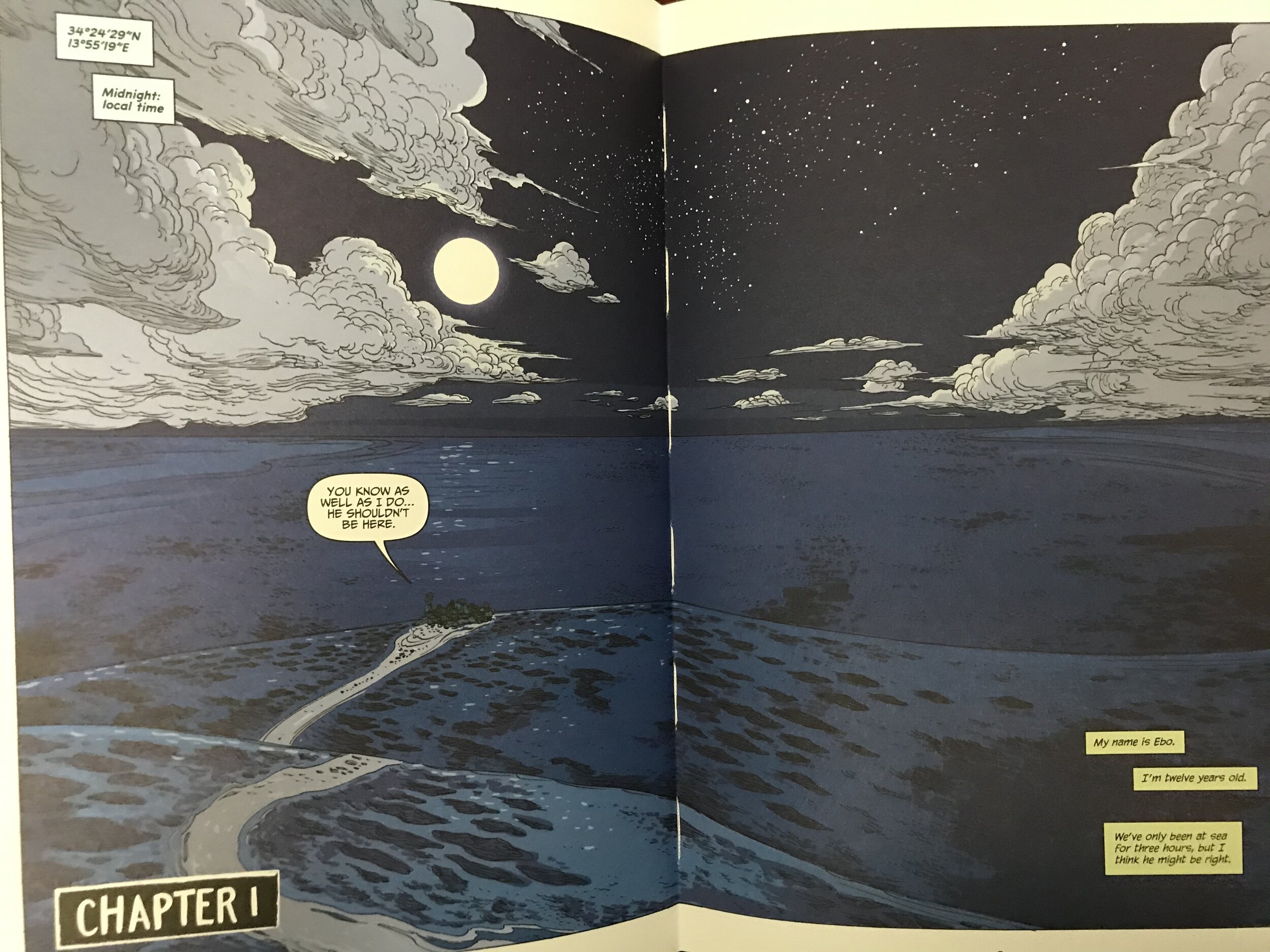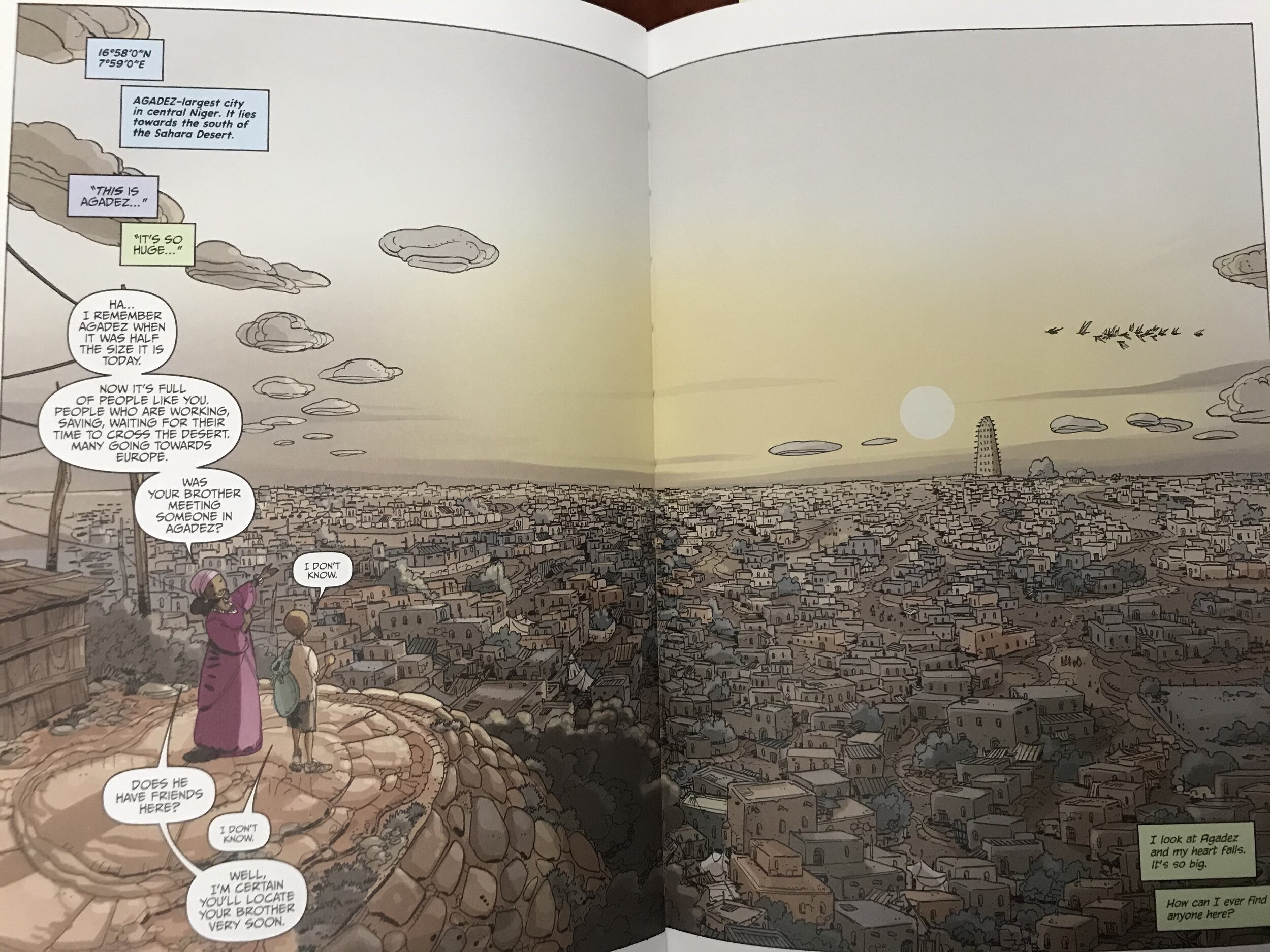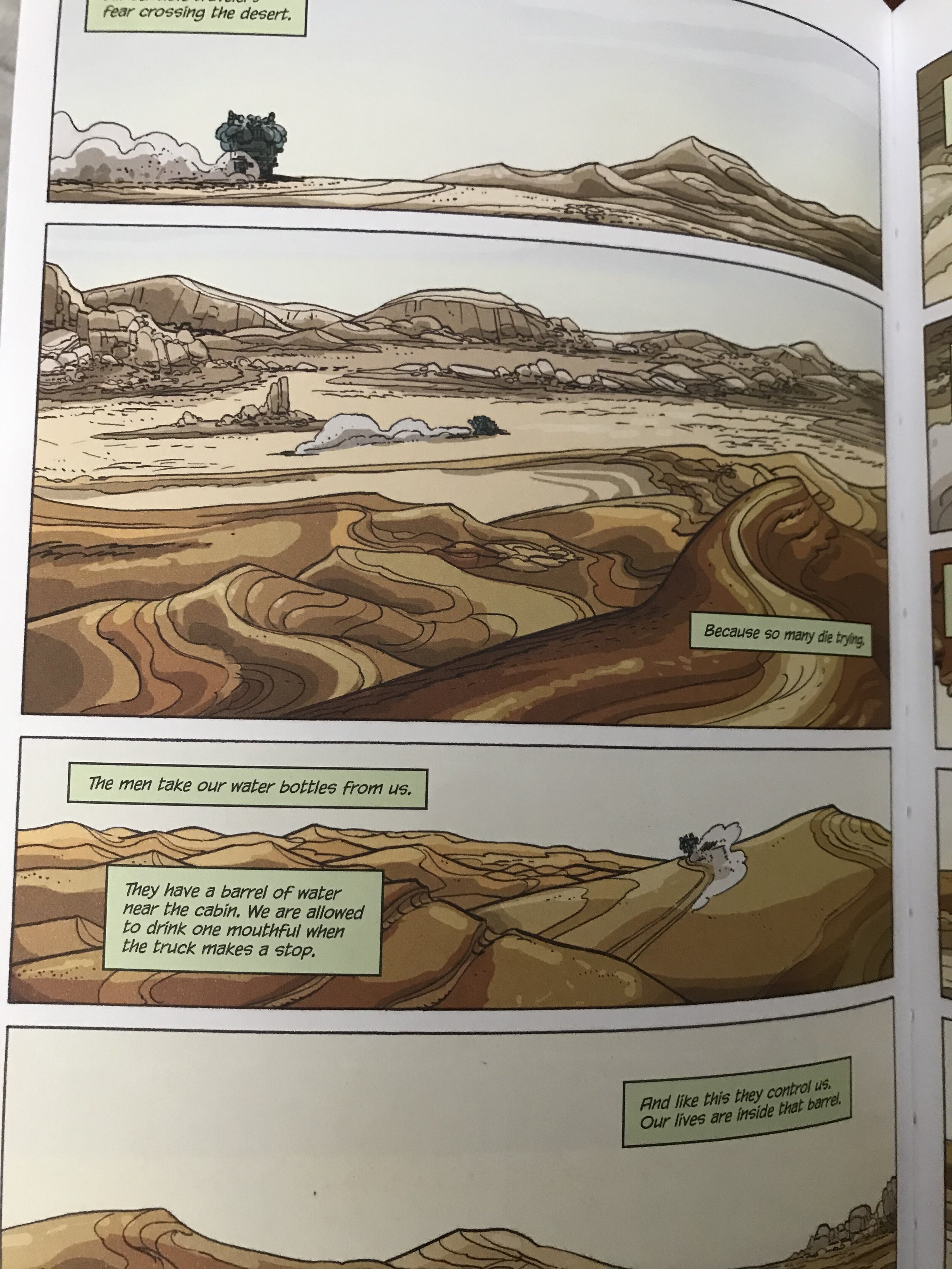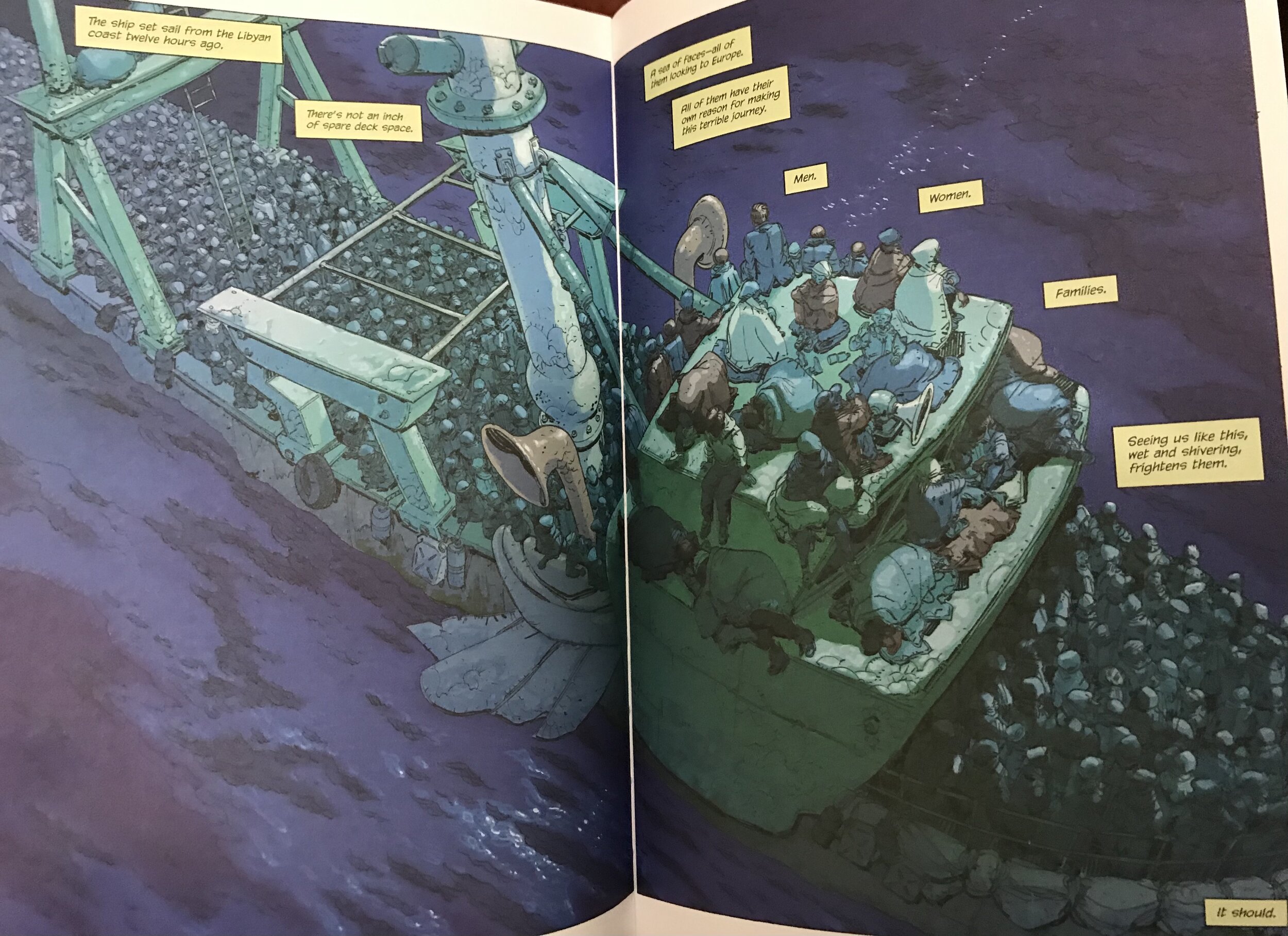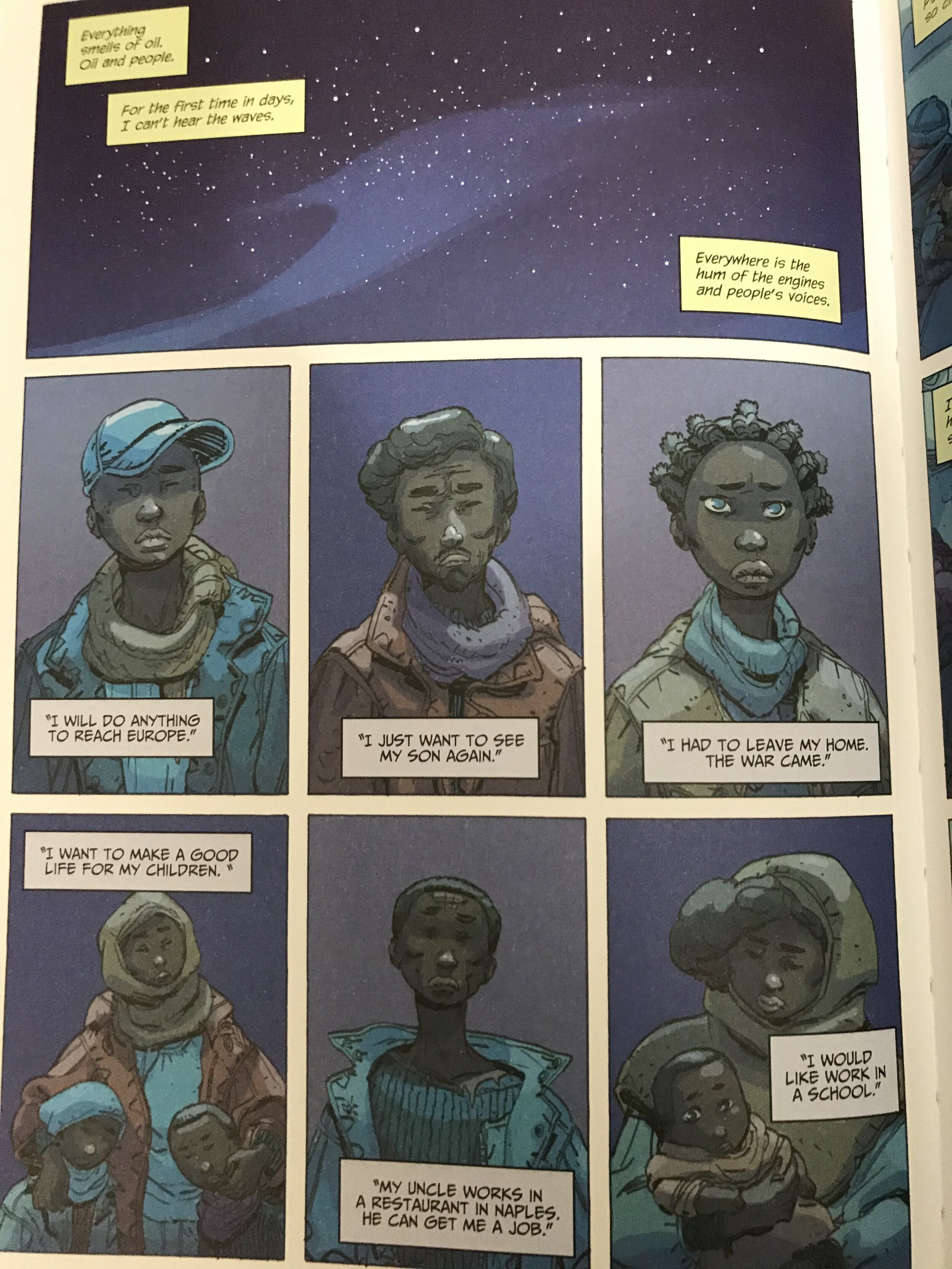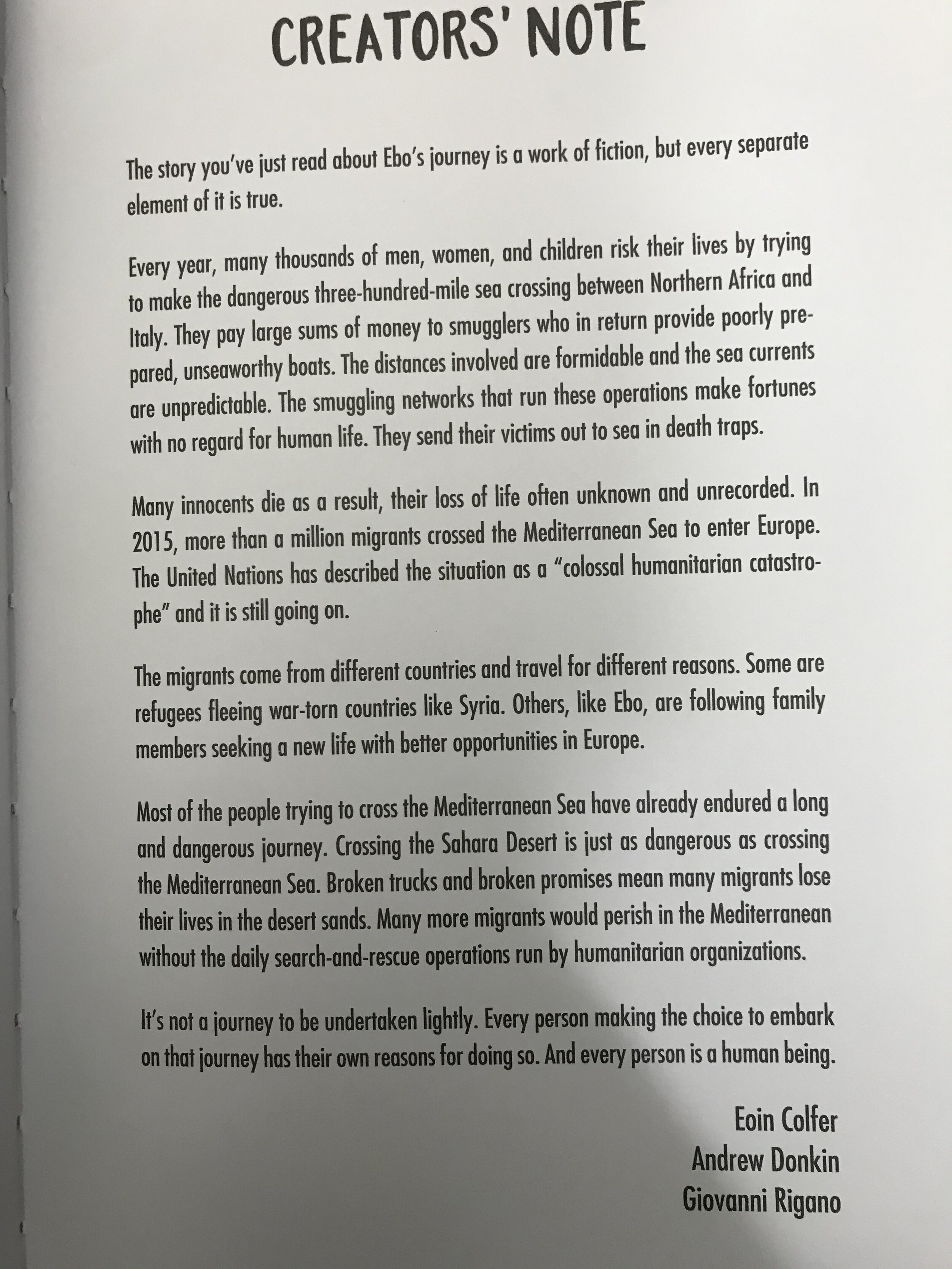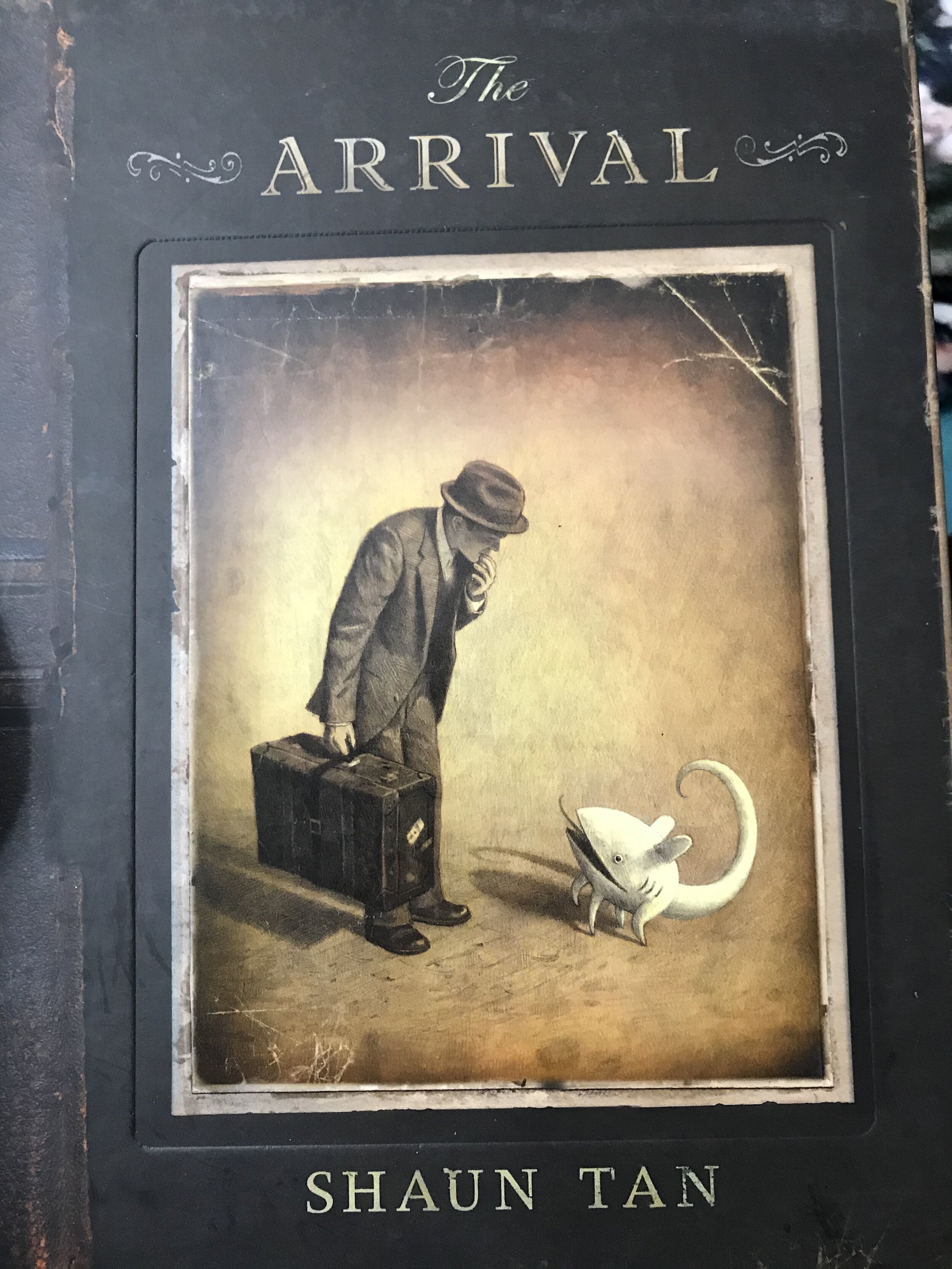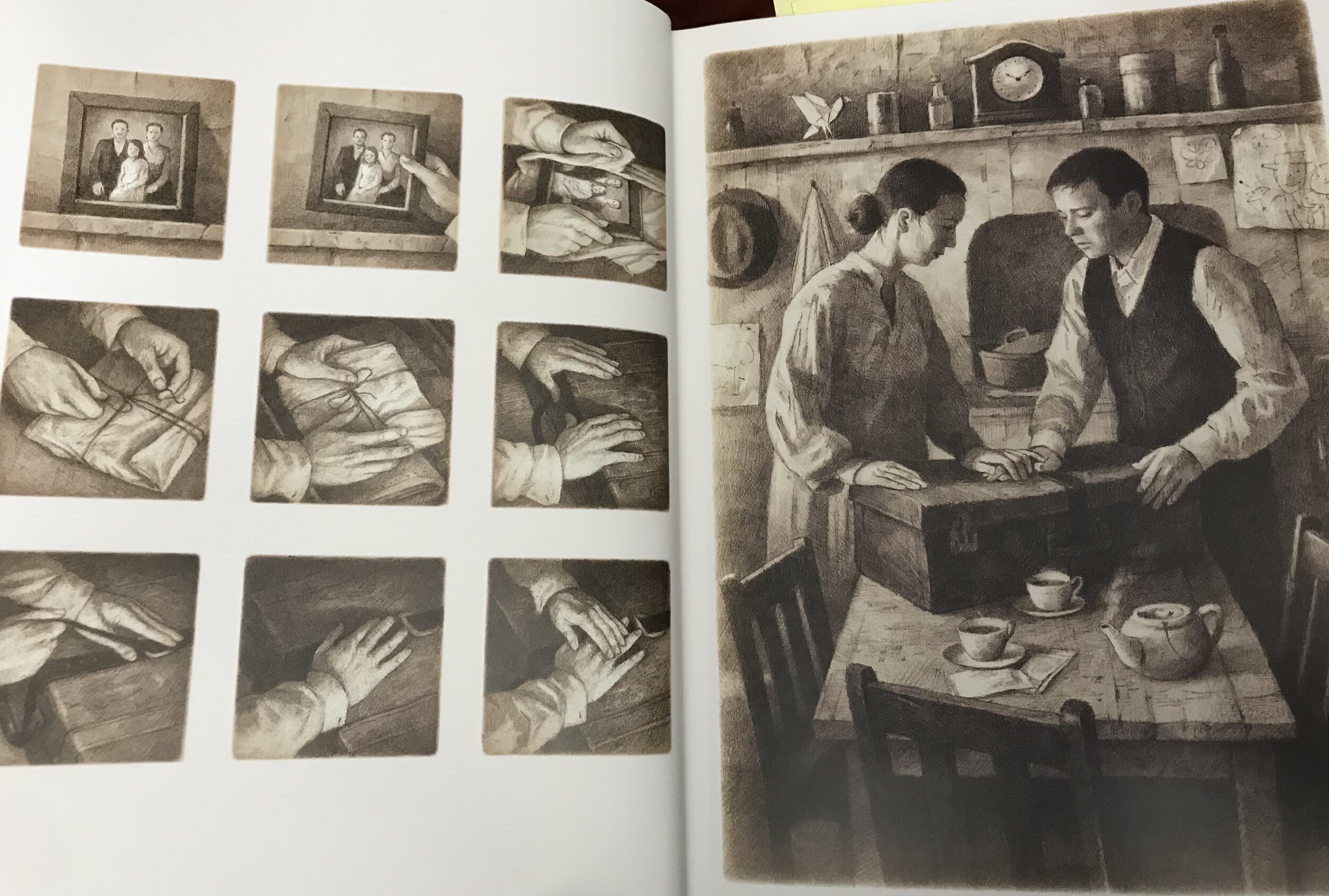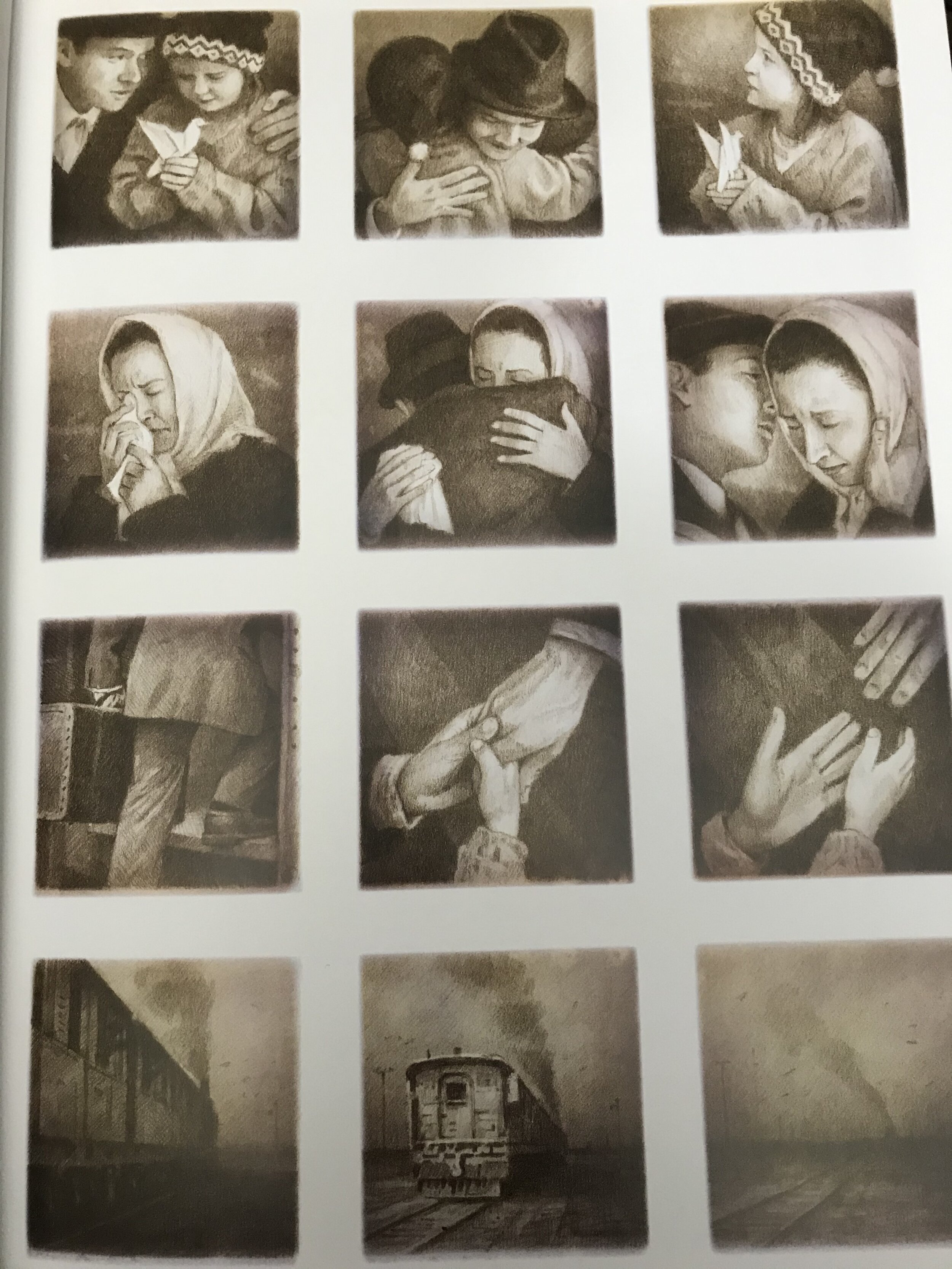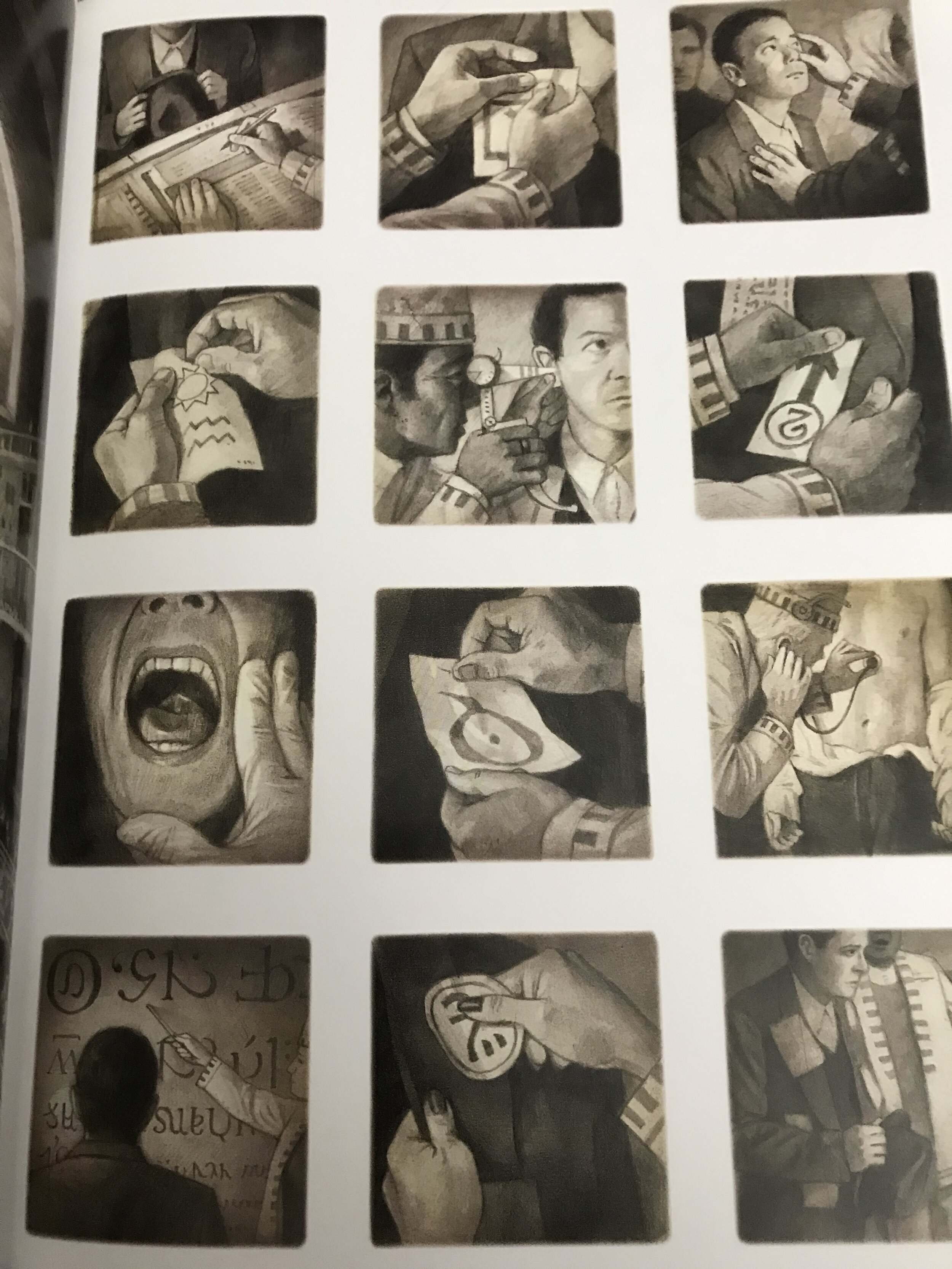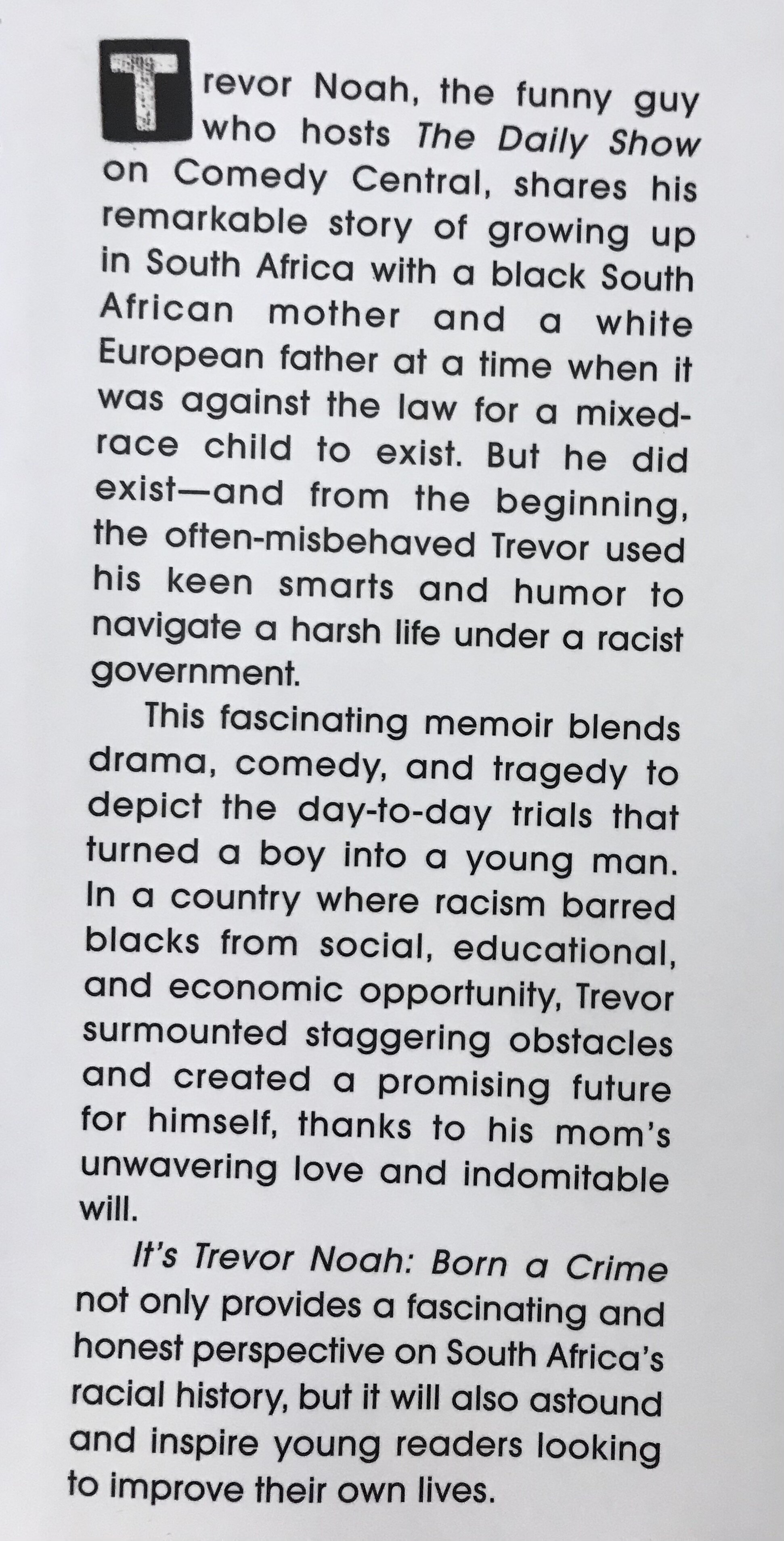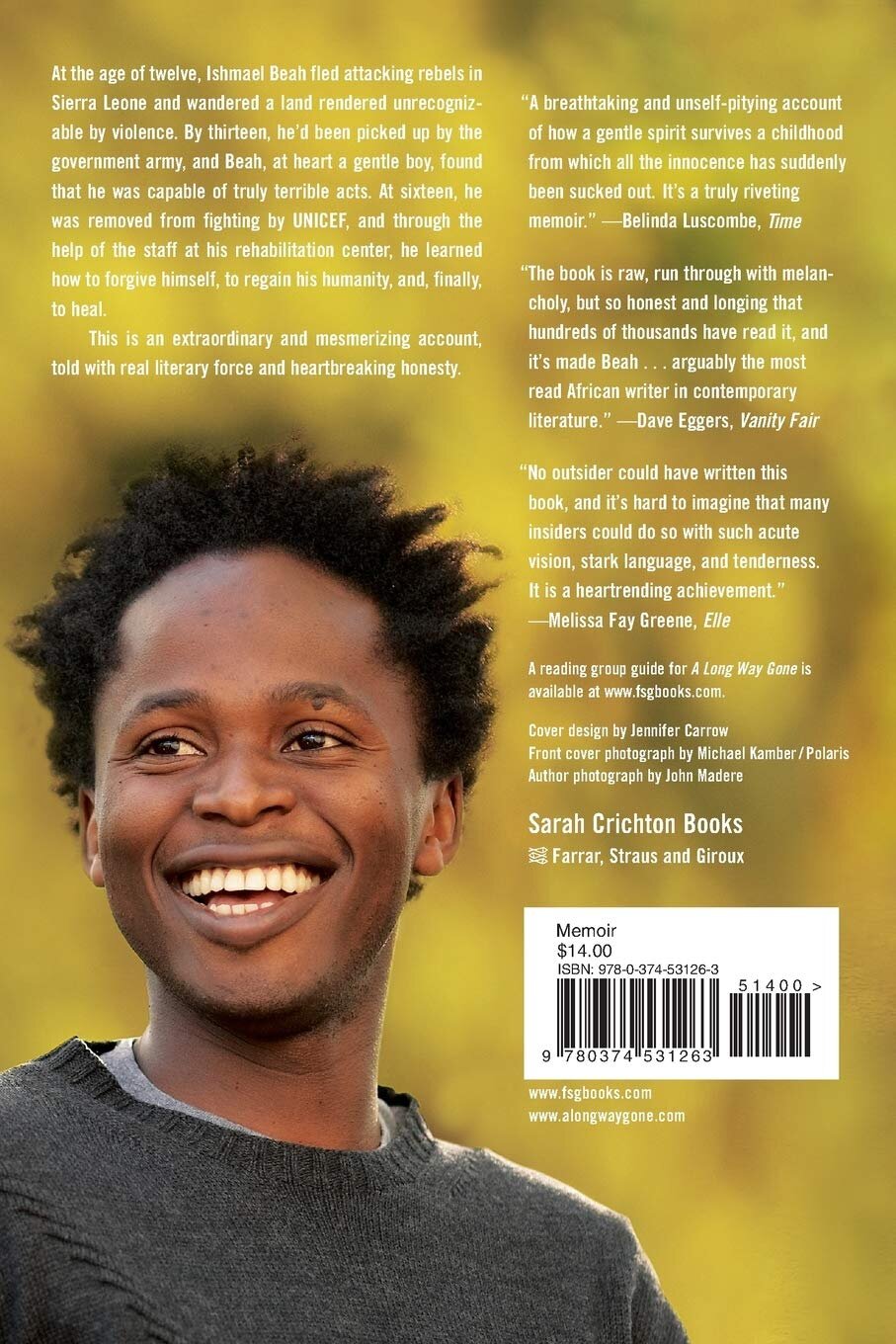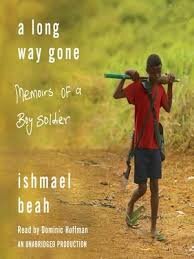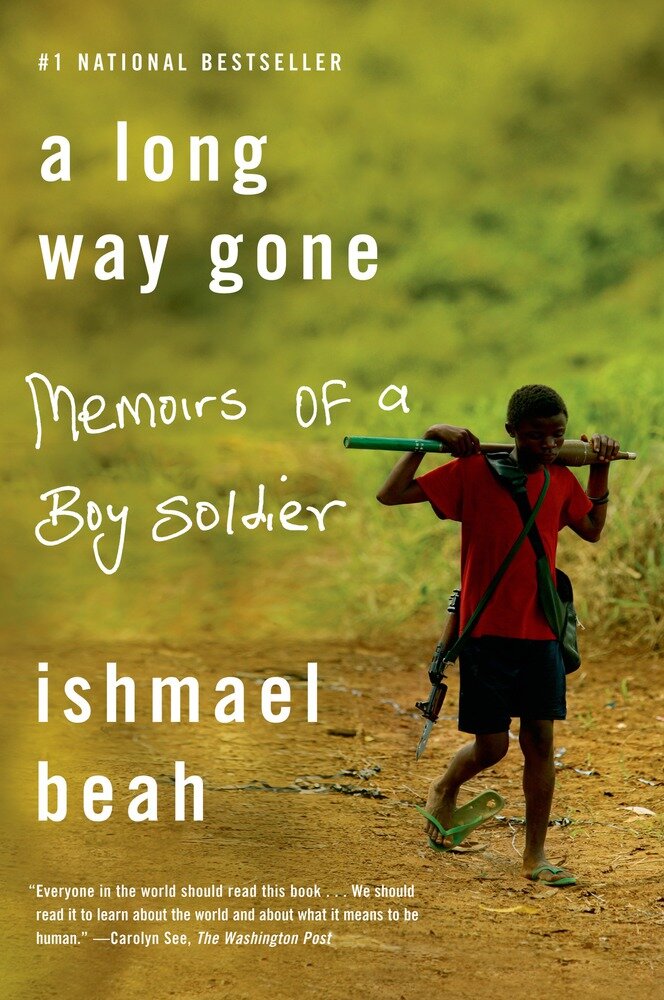I hate to even post this as I always post everything I do for free. I don’t want to put a paywall between this work and teachers who are already underpaid. Resources - like buying books, paying for my website, blog, etc. - gets expensive when funds are tight. If you use my resources and would like to send a little support, I’d appreciate it. If you can’t, I understand and I’ll keep on posting anyway! Thank you to everyone for all of your support over the years! By clicking on the below link, you can donate $1 or as much as you’d like. https://www.buymeacoffee.com/historycomics?fbclid=IwAR2mgvxYcov2xktDiR2c9supEScR9hWNwCtW157B7SgAzuvnrn8HcE8OdnY
“You, who are so-called illegal aliens, must know that no human being is illegal. That it is a contradiction in terms. Human beings can be beautiful or more beautiful, they can be fat or skinny, they can be right or wrong, but illegal? How can a human be illegal?” - Elie Wiesel
I begin our class research by focusing on the events in Syria, before discussing the rest of the global crisis. This is a FREE online comic which I have found to be very powerful. You can read it here - https://abcnews.go.com/International/deepdive/madaya-mom-mother-struggle-survival-syria-civil-war-42362213 . I also wrote alot about how I use it here - https://historycomics.edublogs.org/2017/04/09/a-human-humanities-course/
Wonder Woman, Tempest Tossed, 2020. What better person to write about Wonder Woman than Laurie Halse Anderson!?! This story is beautifully illustrated and colored and makes my own kids and students want to read - just from the cover alone. This is a coming of age story about Wonder Woman, updated for the crisis and struggles of our world. This is a human story that makes this hero approachable and relatable and that makes her view of us all that more powerful. There are so many vital topics in this powerful story - poverty, female empowerment, political prisoners, resistance to oppression, the importance of protest and taking a stand, sex trafficking, child hunger, domestic violence and the global refugee crisis. Laure writes with her impressive intertwining of emotion and intelligence, of power and vulnerability. The events in this story can be seen in the all too frequent news stories in our current global crisis. BUT - the story is also one of empowerment and how a single person can make meaningful change and this is EXACTLY what our students need to be reading.
When Stars Are Scattered - 2020 - graphic memoir. This book can be read on many age levels even though the content obviously involves trauma. The story is accessible to younger readers as the images are not explicit and can help these readers understand an intimidating topic on a personal and even relatable way through the illustrations. As a high school teacher, I can see this powerful book as a gateway to larger discussions in a more intimate way than the usual news story or video. As this is also a primary source, we can compare to other refugee stories throughout history and current events. This truly is a human story and one that will connect with student and showcases the power of comics, to make the reader feel emotionally involved and even responsible for the main characters. This is not a dispassionate look at events in some far away land, but rather one that students will see themselves in. When teaching global history, we begin with mental images of places around the world, and, too often, American students have stereotypical images of Africans as someone holding a spear and wearing a grass skirt, for example. When we interact with students their own age through social media and the internet, students realize just how much they have in common with those their own age around the world. They realize their own biases and the world becomes just a bit smaller and more relatable. This comic does this in a powerful way as we see Omar trying to navigate not only a refugee camp and personal loss, but taking care of his younger brother, finding family, trying to belong, dealing with bullies, school stresses, scarcity, fear, and, most importantly, hope. This story begs the reader to research the history leading to these events and to wonder what happens after the book is complete. I dare say that this book also forces Americans to take a look within our own society and those who need our help.
Some lesson ideas -
Begin by asking students to visualize a refugee camp - have them draw one as a pre-assessment. What is in a camp? What is not in a camp? Compare these drawings to those in the book, to photos of camps.
How do others view the US? What are the stereotypes others have of Americans? Compare them to the images in the book.
Why are refugee camps needed? What is the impact of war, such as in Syria?
What is the UNHCR? What is their role in the book? Complete some research and decide if more needs to be done. How can we help?
Geography - where do most of the world’s refugees come from? Why? What is the role of history, scarcity, etc.?
How is the United States handling the global refugee crisis? What should be done? Not done?
The most important ideas from this story are that these are our fellow human beings and INDIVIDUALS - we can’t get lost in the large numbers of refugees as this can turn students away from the idea of helping. We need to empower our students to think about ways that they can help, ways that they can be an agent of change in their world.
http://victoriajamieson.squarespace.com/educato/ - wonderful resources from Victoria and Omar
Visit - https://www.refugeestrong.org/ - the author’s website
Visit - https://www.unhcr.org/en-us/
Threads From The Refugee Crisis - 2017 - Kate Evans. High School and up due to violence and language. There is so much to unpack in this stunning graphic novel, the term “comics journalism” not being the least. We could begin the classroom conversation with this term and ask how students feel about using comics as journalism, both before and after reading this book. The subject of this book is factual, even if sometimes unbelievable. Kate Evans takes us into the struggles of refugees after they have reached the “safety” of Europe. She opens a stark an honest window into not only the lives of the people living in these camps, but also into the lives of people who dedicate their lives to help. The images are often confusing, hard to decide which part of the image to read or look at first, they often integrate different mediums of photos, illustrations, and types of lettering. It is a combination of cold dispassionate photos, endearing illustrations of humanity, and alliteration. The confusion on many of these pages adds so very much to the story itself - it immediately disarms the reader and does not allow us to put up our defenses, does not allow us to be neutral as we become emotionally involved in the very real events being depicted. This is the reality of the people living through these events - they can never feel truly safe or at ease, always dealing with a chaotic and unpredictable series of events. This is a story that showcases the power of comics as a medium in a way that a prose newspaper article could never hope to match. This is raw emotion, both horrifying and loving, as the prose continually collides and intertwines with the illustrations. I often found myself having to reread pages and to look up from the book, to confront my own larger questions. The books deals with issues of profiling, tribalism, nationalism, police states, people smugglers, but also of fellow humans seeing each other as individuals and not as masses of faceless hordes. The roles of government, military, polices, and NGOs. How art and images can help us to come together. How small moments, such as paying a game, can shut out the larger noise and chaos. The hopelessness and enormity of it all, yet the unyielding hope of every individual looking for a better life for themselves and their families.
This book is a welcome addition to my classroom library as students will often pick up a book like this simply from the allure of the cover and the powerful illustrations, then leading to more research and powerful discussions. One of the biggest questions is how is your country handling the global refugee crisis? What can YOU do to help? Are there camps in your country? What do people there need? Why is this crisis happening in the first place? What is the importance of journalism in helping to direct the eyes of the world?
Voces Sin Fronteras: Our Stories Our Truth. True Comics from the Latin American Youth Center. Shout Mouse Press. These heart braking and inspiring stories are primary sources that make current events human - something that is often something difficult to do in the classroom. This really personalizes what is going on and helps to make us all feel emotionally connected and responsible. This book would be great in a social studies, language arts, ELL/ESL, or Spanish language classroom. Students could be encouraged to create their own graphic memoir and to tell their own stories. The art in this book in from young people of all skill levels - it’s more about the power of the story.
I just finished reading these four books and I am in tears. As a History teacher, and one who does not shy away from difficult topics, as one who has students research and present on modern genocides, I have read many harrowing and devastating accounts, watched many videos, and have attended in-person discussions and presentations with survivors. That being said, I have NEVER experienced the visceral and emotional reaction I had when reading these four small books. These books cannot be used in a K-12 setting as a whole, there are graphic images of violence, but I truly believe every history teacher needs to read them. Certainly, excerpts could be used in a powerful way in the classroom. We cannot forget the individual human beings caught up in these terrifying events and this is what will move us, and our students, to make meaningful change. I Am not sure how to categorize these books - part journalism, poetry, comic, art, photo mosaic, spoken word prose…. It is the intertwining of these mediums that makes these human stories so powerful. My mind was never able to settle into a comfortable rhythm, and as a result, my emotional connection stayed fresh throughout every page turn. These issues are all around us and span the globe and, in the age of media, we can become overwhelmed and simply shut down, Comics and visual literacy allow us to internalize these images and meanings at our own pace and they stay with us. When there was prose, it was always lyrical and poetic - not just words on a page. I have copious notes on each story, but I think my review here should suffice. These stories will inspire further research and for students to connect to history and current events on a personal and meaningful level. These stories showcase the power of cross-curricular lessons - global events become that much more powerful through multiple lenses - art, music, Language Arts, Social Studies, journalism/school newspaper, and more. I want to personally thank Mia Kirshner, J. B. MacKinnon, Paul Shoebridge, Michael Simons, and Amnesty International for putting this work into the world. I also want to thank Joe Sacco for his contributions to not only this book, but in many powerful comics journalism books he has created.
The Unwanted by Dan Brown, 2018 - is an excellent text from a social teacher point of view as it gives the reader a wide-view of the Syrian conflict and the resulting refugee crisis. This really could be the “textbook” central text for discussing this ongoing issue and how it impacts the world. As a teacher, I appreciated the way large ideas were made small and approachable - maps and charts to make the daunting information digestible. This book speaks well to the power of visual literacy to make meaning in a historical sense, but also to make these it personal and human. I use the conflict in Syria to explain broader issues, ones that are ongoing around the world - refugees, police states, totalitarianism, protest, the role of NGOs and governments, etc. - students need to fully understand one area before understanding the global and historical impact. As a reader, I was also able to immediately make connections to the Jewish Holocaust, as were my students. This is also the power of comics as it allows our minds to immediately make connections and to ease the stress of learning a new topic. Dan Browns’ artistic style made these horrific events more approachable for a student - we see faceless police and enforcers who could be anyone. We see less detailed faces of refugees who could be anyone - yet there is still the impact of emotion felt on each of the faces. This book really gets across the idea of refugees being all or any of us. That these are just people trying to survive - not the faceless hordes as portrayed on TV. We feel the need to act, to become involved after reading a book like this and to understand the personal, and national, responsibility we all share.
Illegal, 2018. Wow - this book. All the emotions - hope, despair, loneliness, dense crowds, life, death, family, fear, childhood, forced maturity… This fictional story, absolutely rooted in truth and solid research, really impacted me. I would not have been affected in the same manner is this had been written in prose - the harrowing/haunting faces, the never-ending vistas, the color changes between time periods…. prose just could not have done this justice. Reading this book was like watching a movie and students will care deeply about the characters. It seems unbelievable that refugees really do go through these heroic journeys on the level of Odysseus. They are brave, but forced into this bravery through events beyond their control. Wow.
The Arrival, 2006. This book comes up at every single conference and comic book convention. So much discussion on what the book means, the art, the mind-blowing cross-curricular possibilities…. I LOVE wordless comics and the way they force us all to give a personal interpretation based on evidence - exactly the skills we want in our readers on all levels. This tells the story of family leaving somewhere and arriving somewhere… the images are both realistic and fantastical. They can be compared to images of Ellis Island and factory work, but then also not… We can see the family trying to find a place to live, to find work, to even join the military in some conflict to prove their loyalty…. I highly recommend this book for so many reasons, not the least that it forces students to think and to rely on their own interpretations.
We read this book in my Project Lit Book Club and I made a connection to the refugee crisis and the individuals who are involved. I like to put books of all types out in my classroom on each unit/idea we are discussing - picture books, comics, prose, etc. so that students can make broad range connections. The story of emigration is too often intertwined with stories of conflict and despair, but then can also end in hope and inspiration. This is a prose book.
I was lucky enough to hear Ishmael discuss his powerful book and story at Villanova University. I was able to come up to him afterwards with other teachers and meet him. I read excerpts from his book every year when we introduce Western Imperialism and its ongoing impact. This is a prose book.

